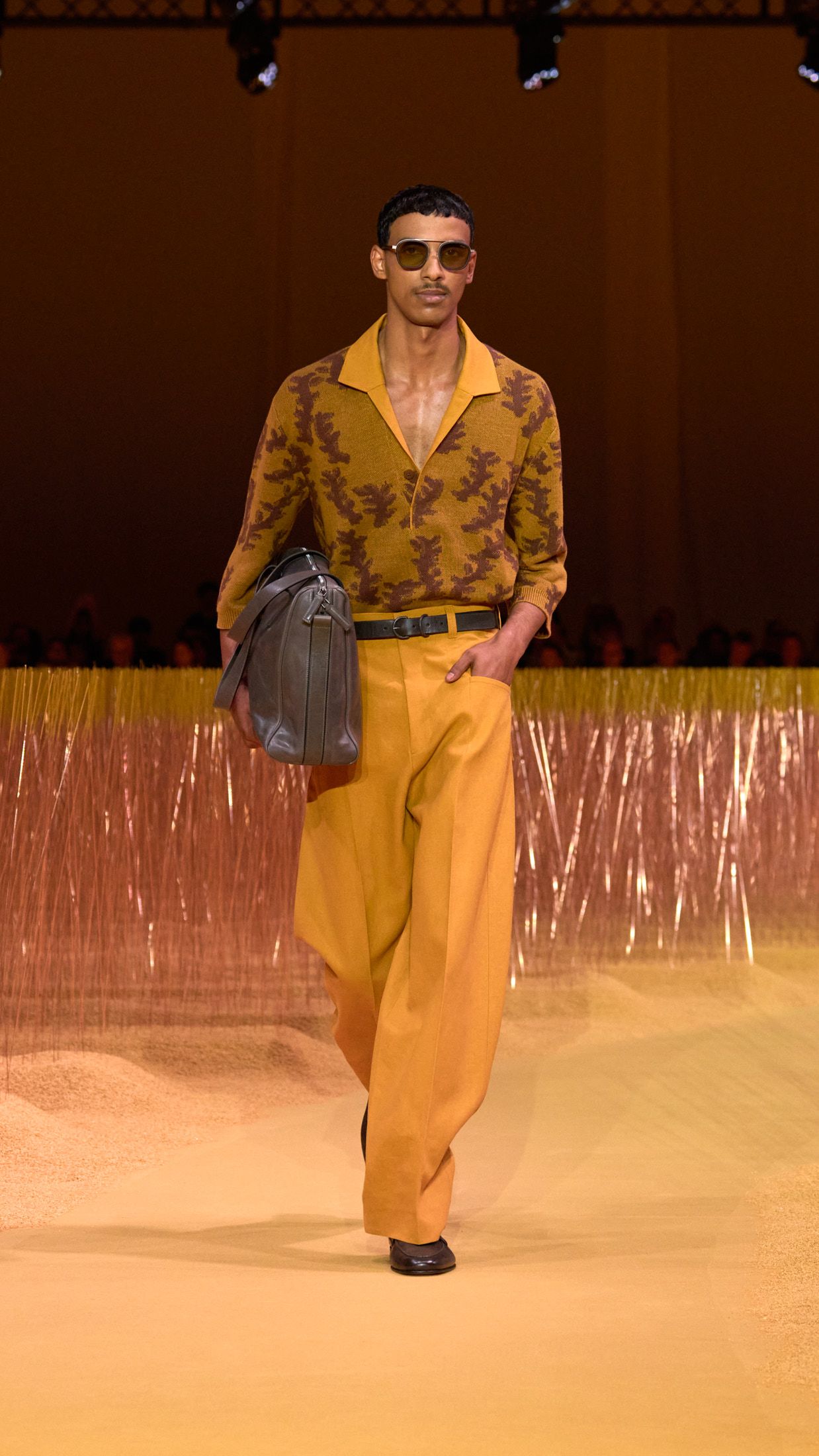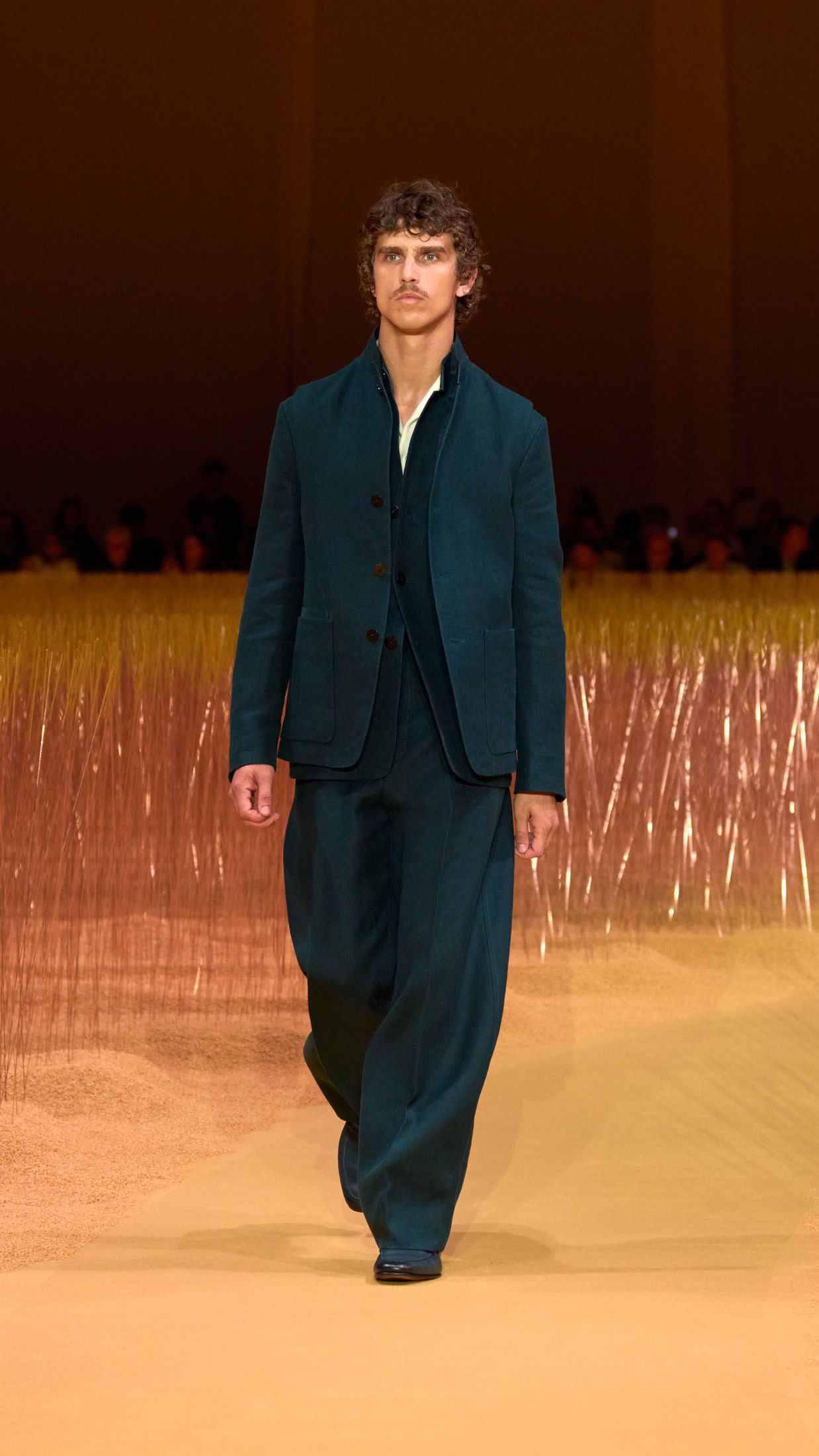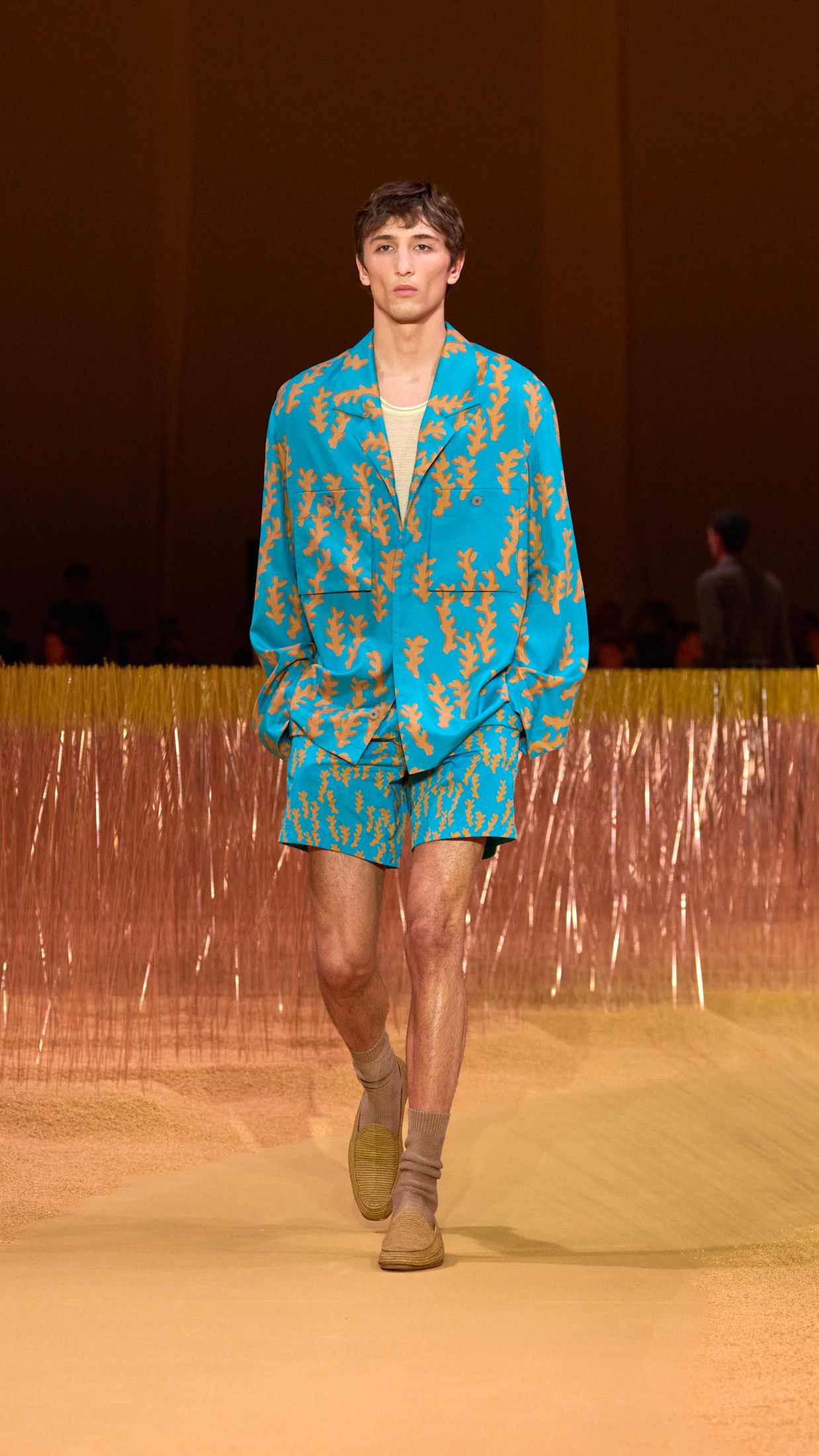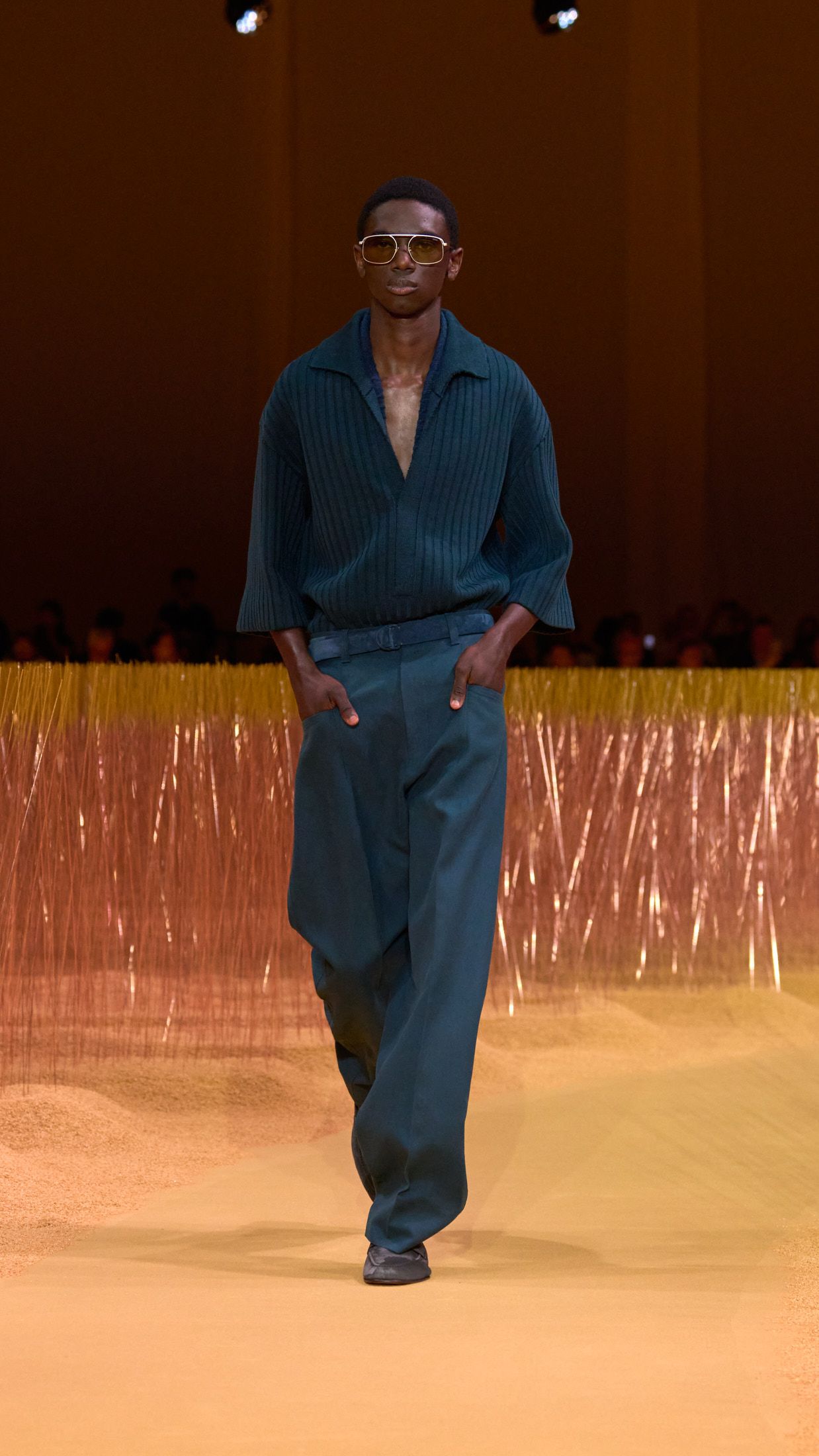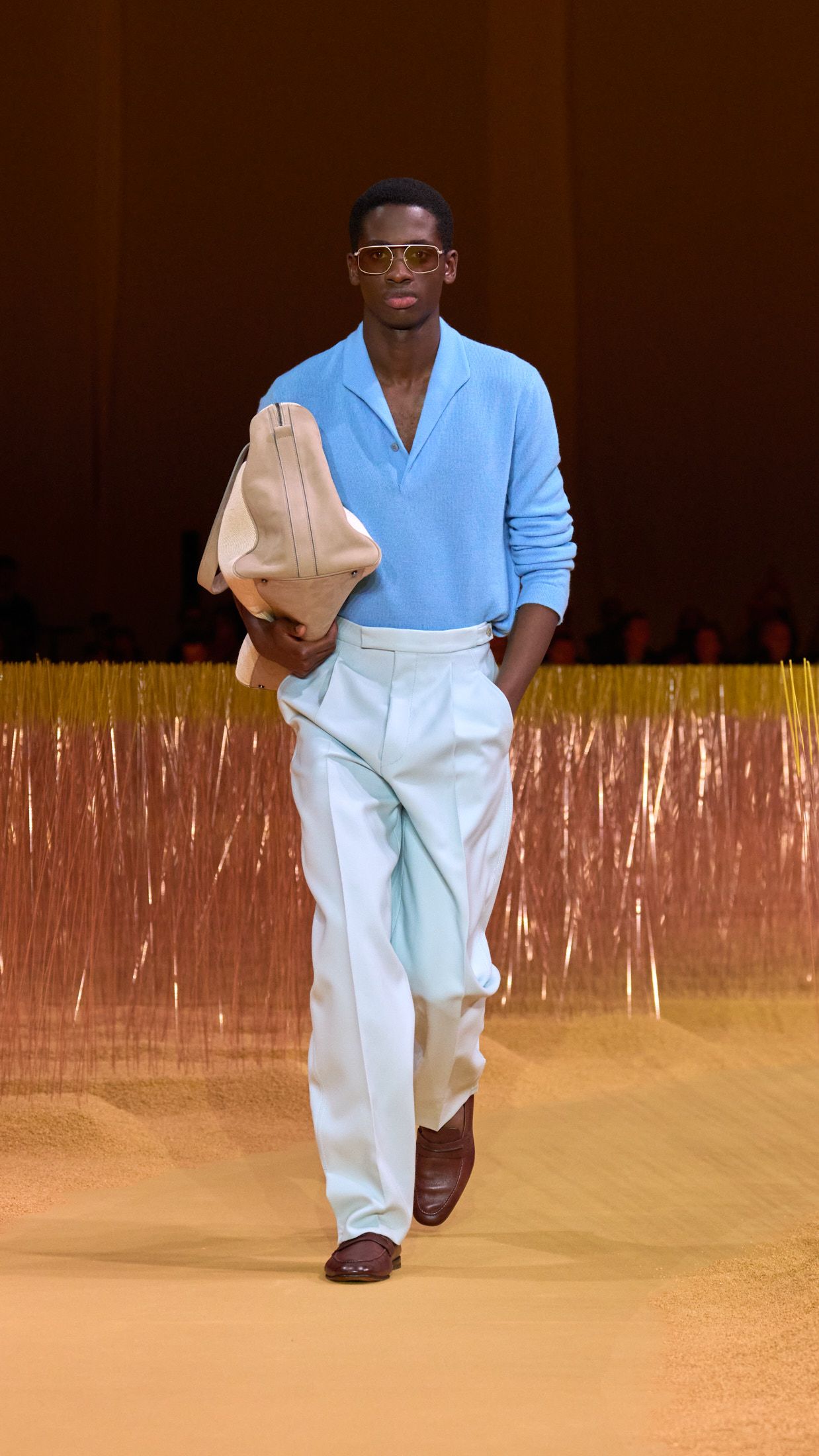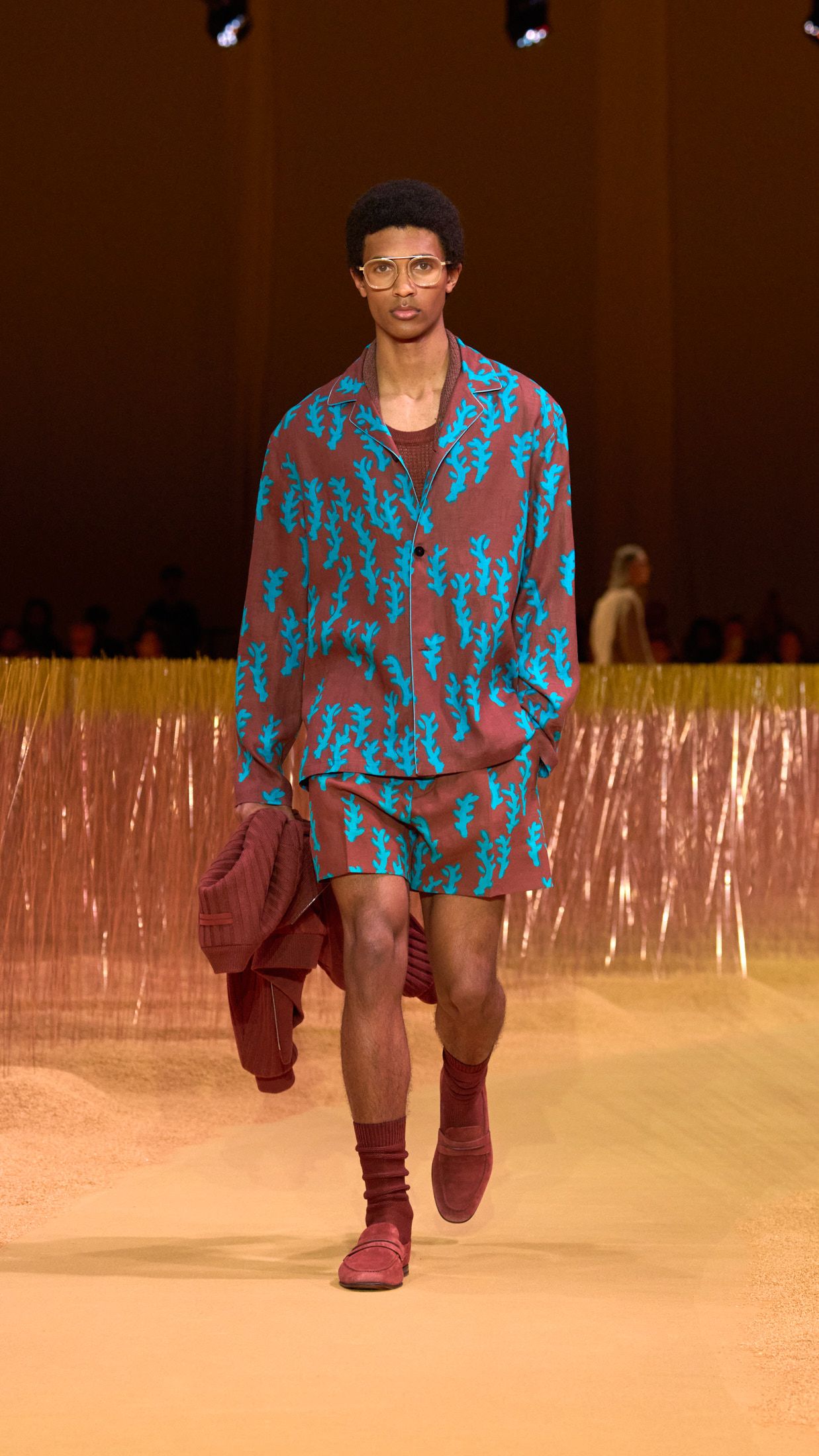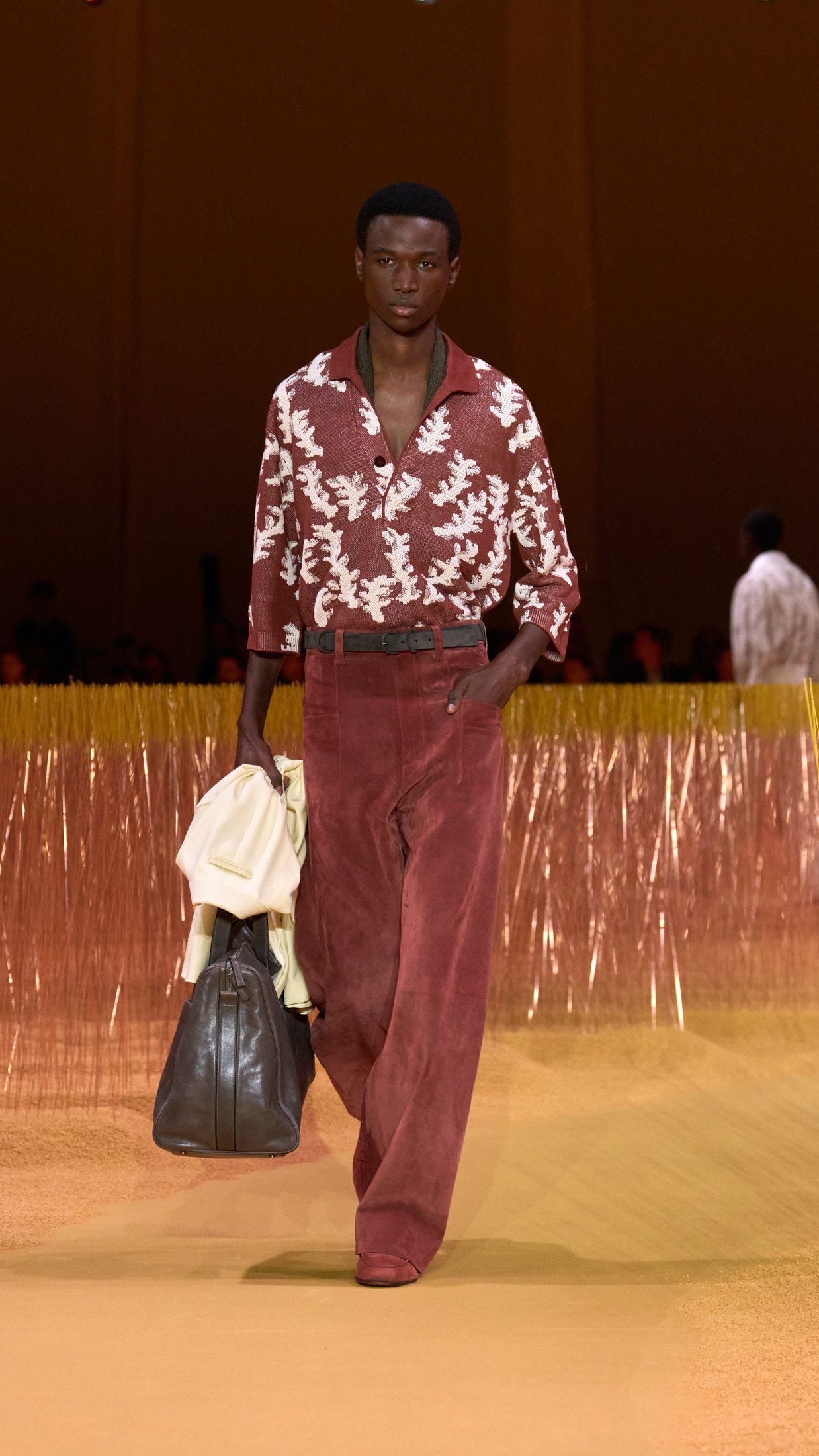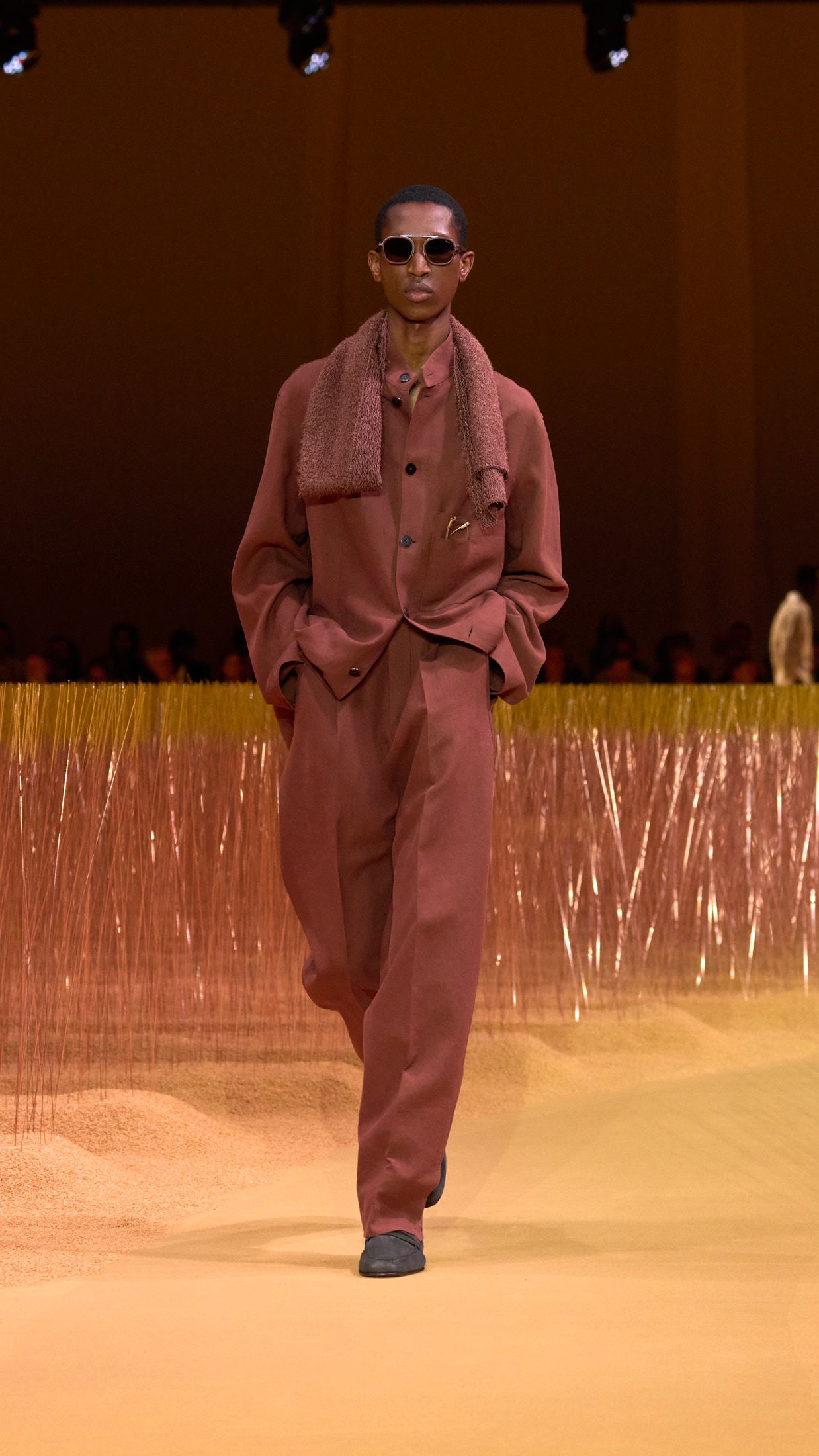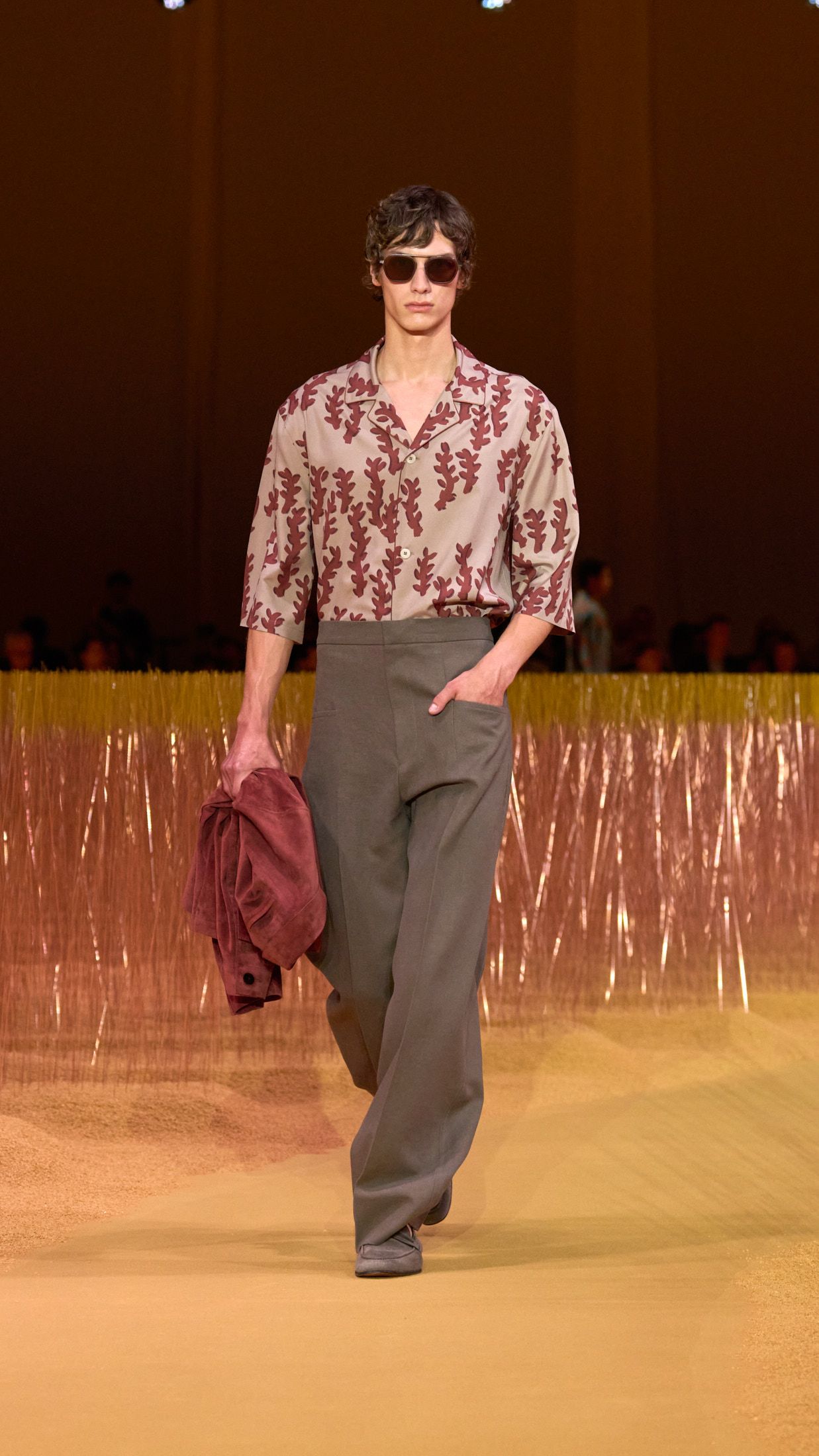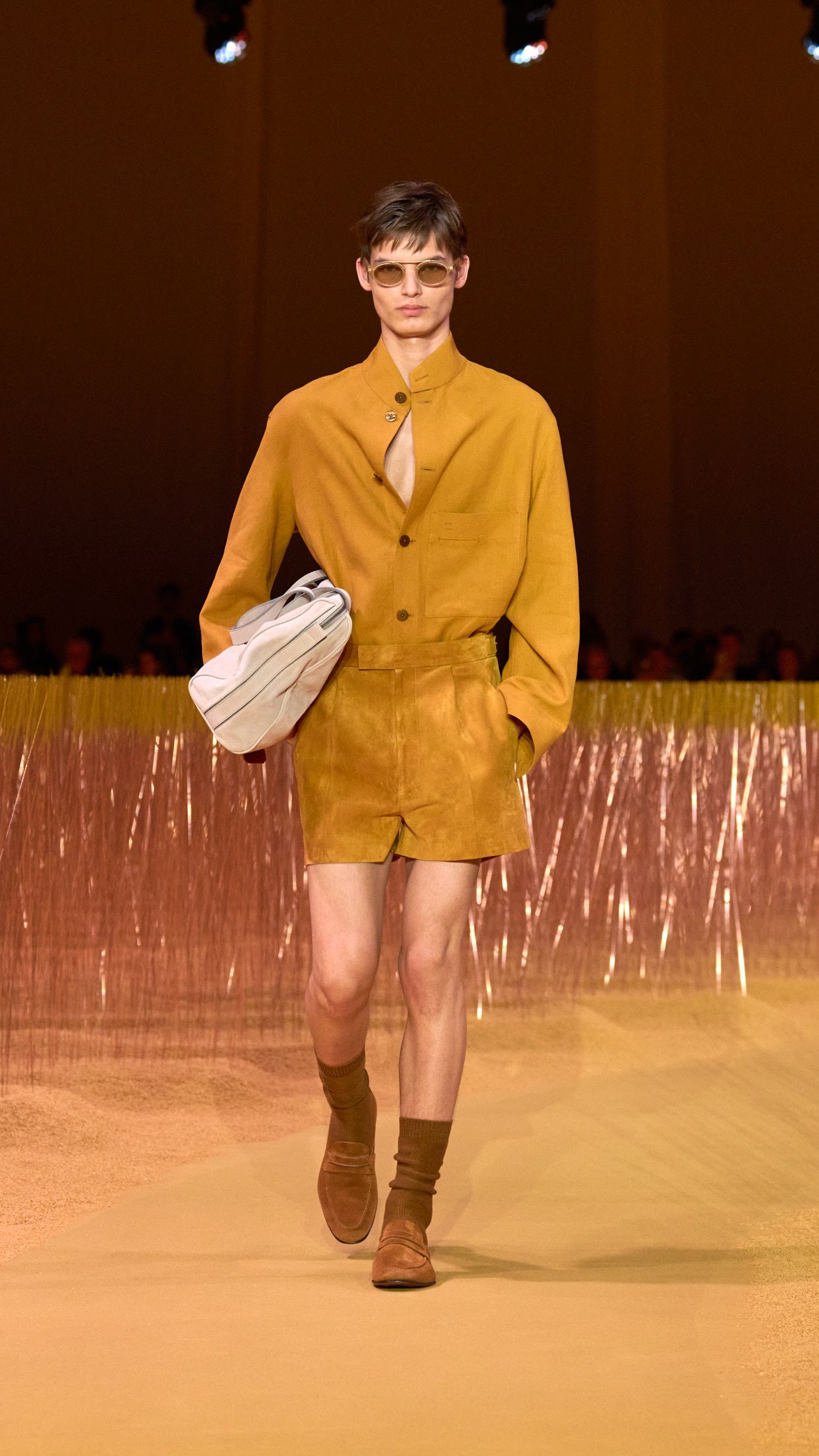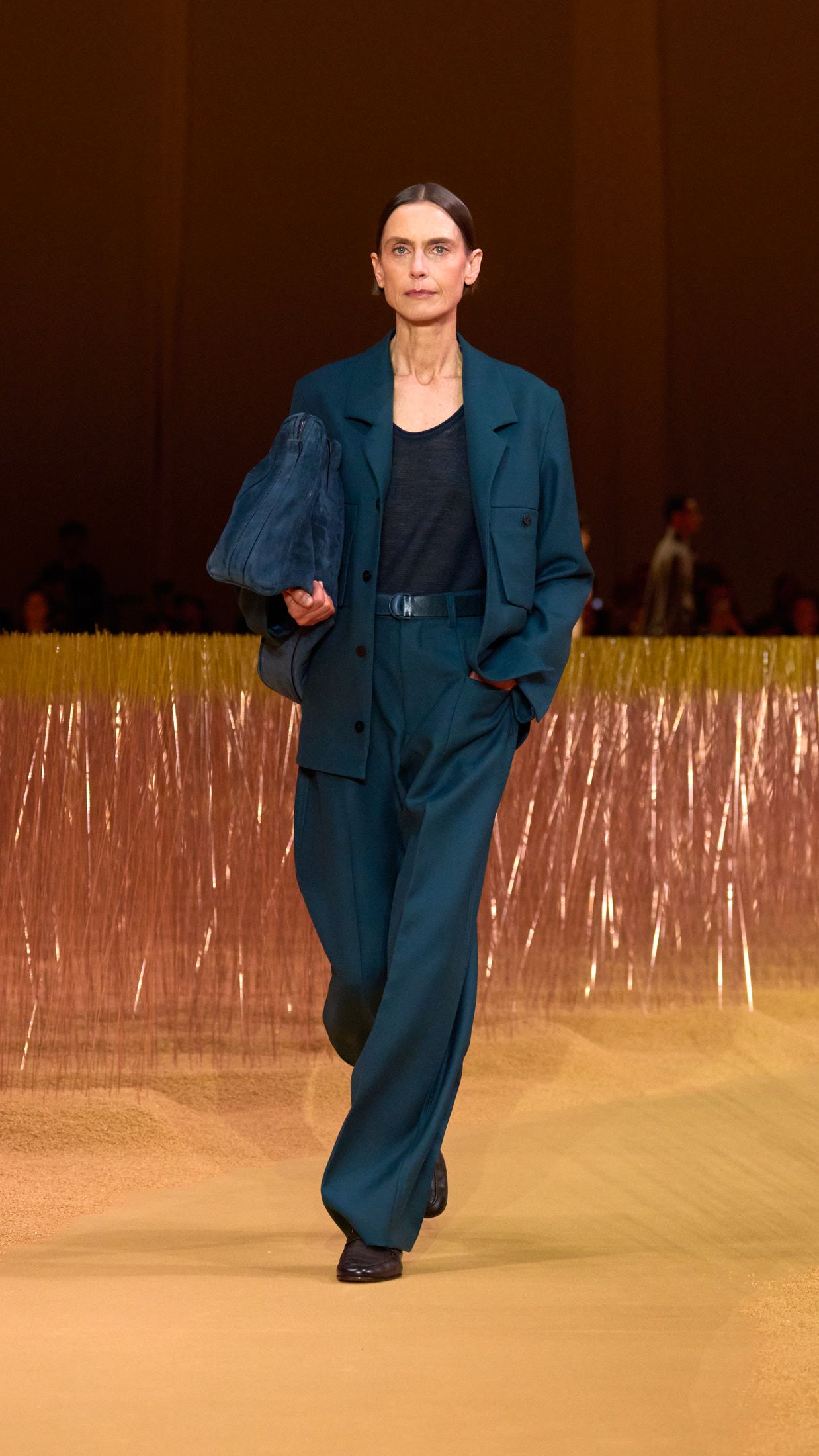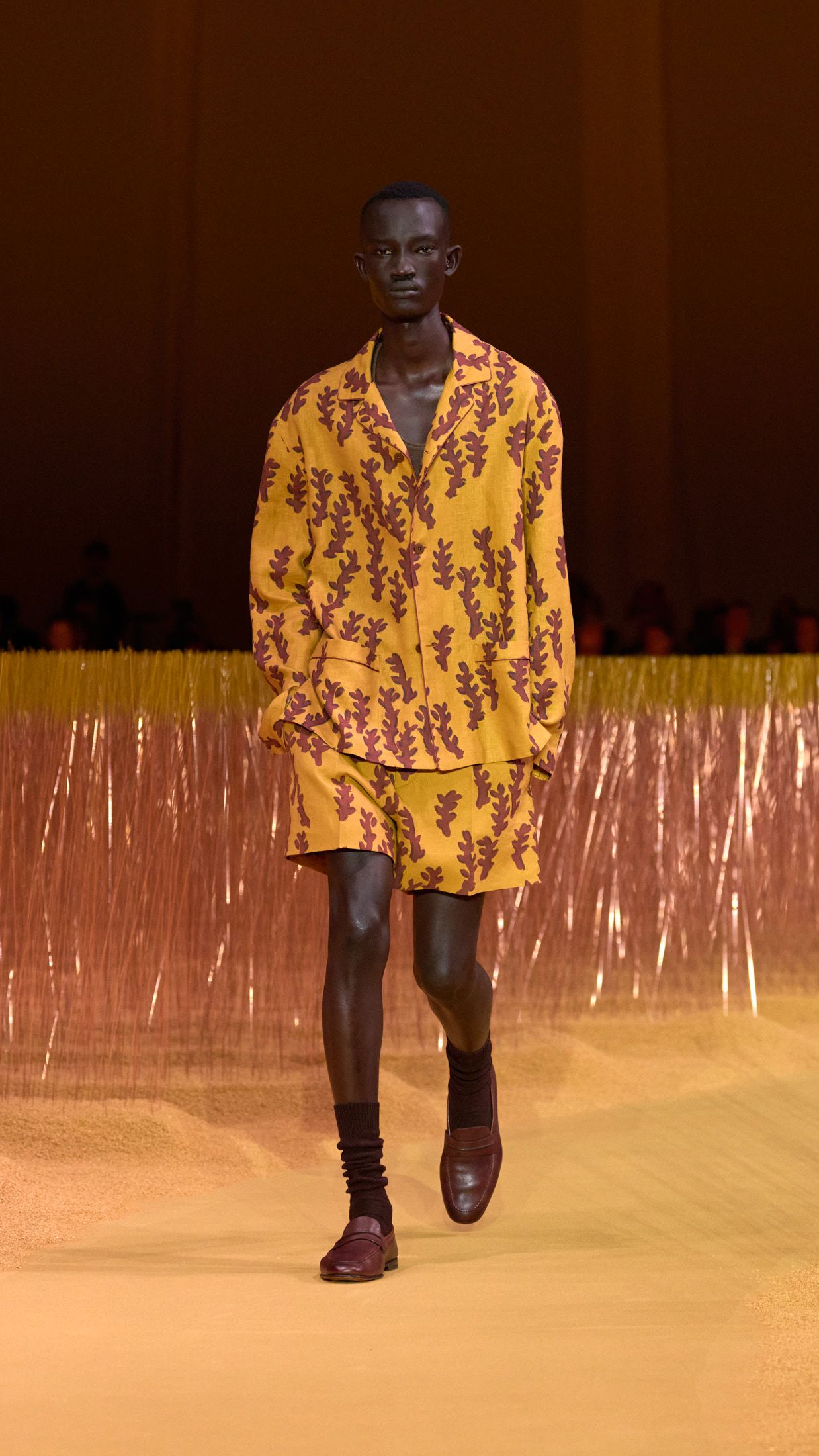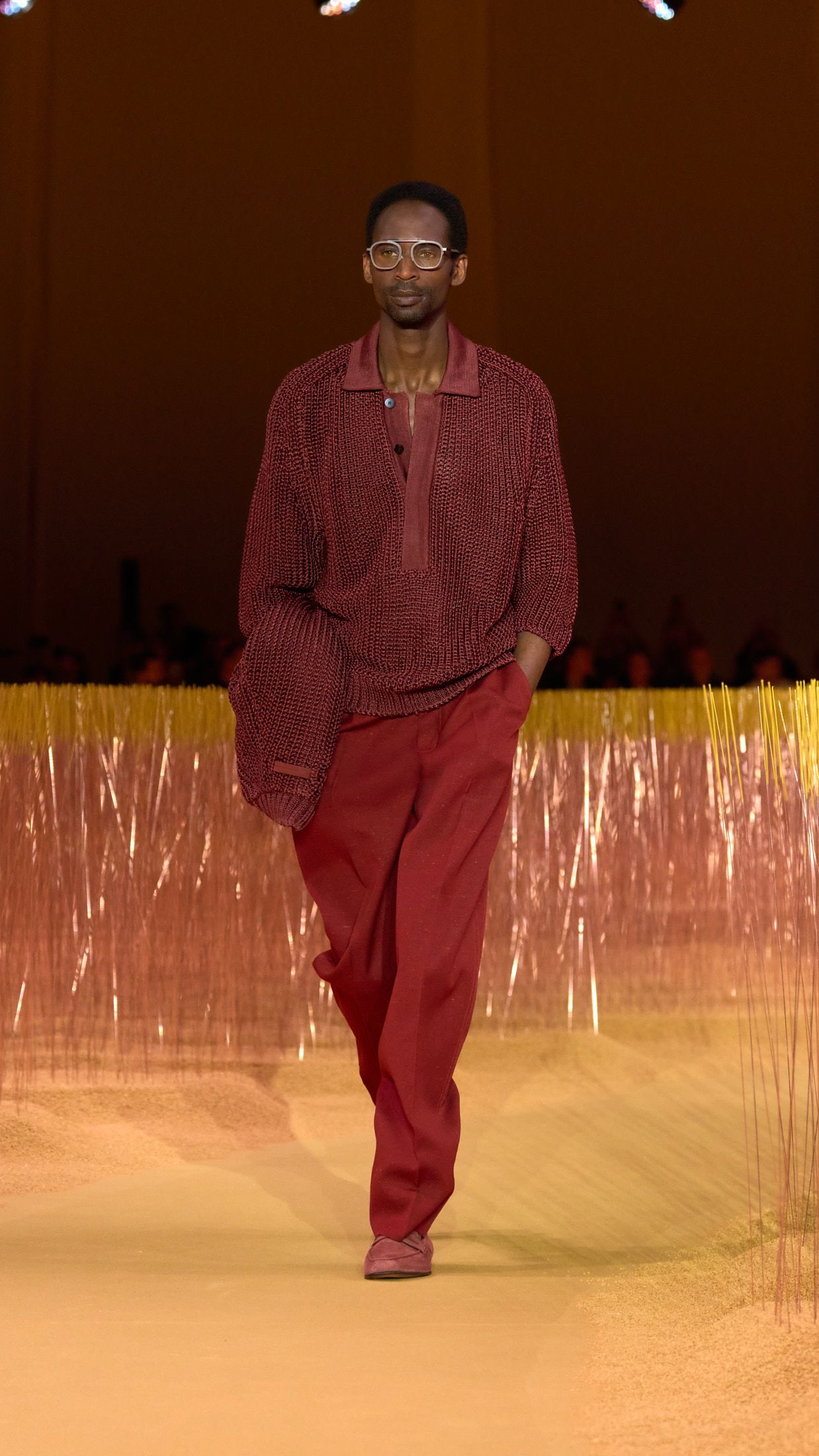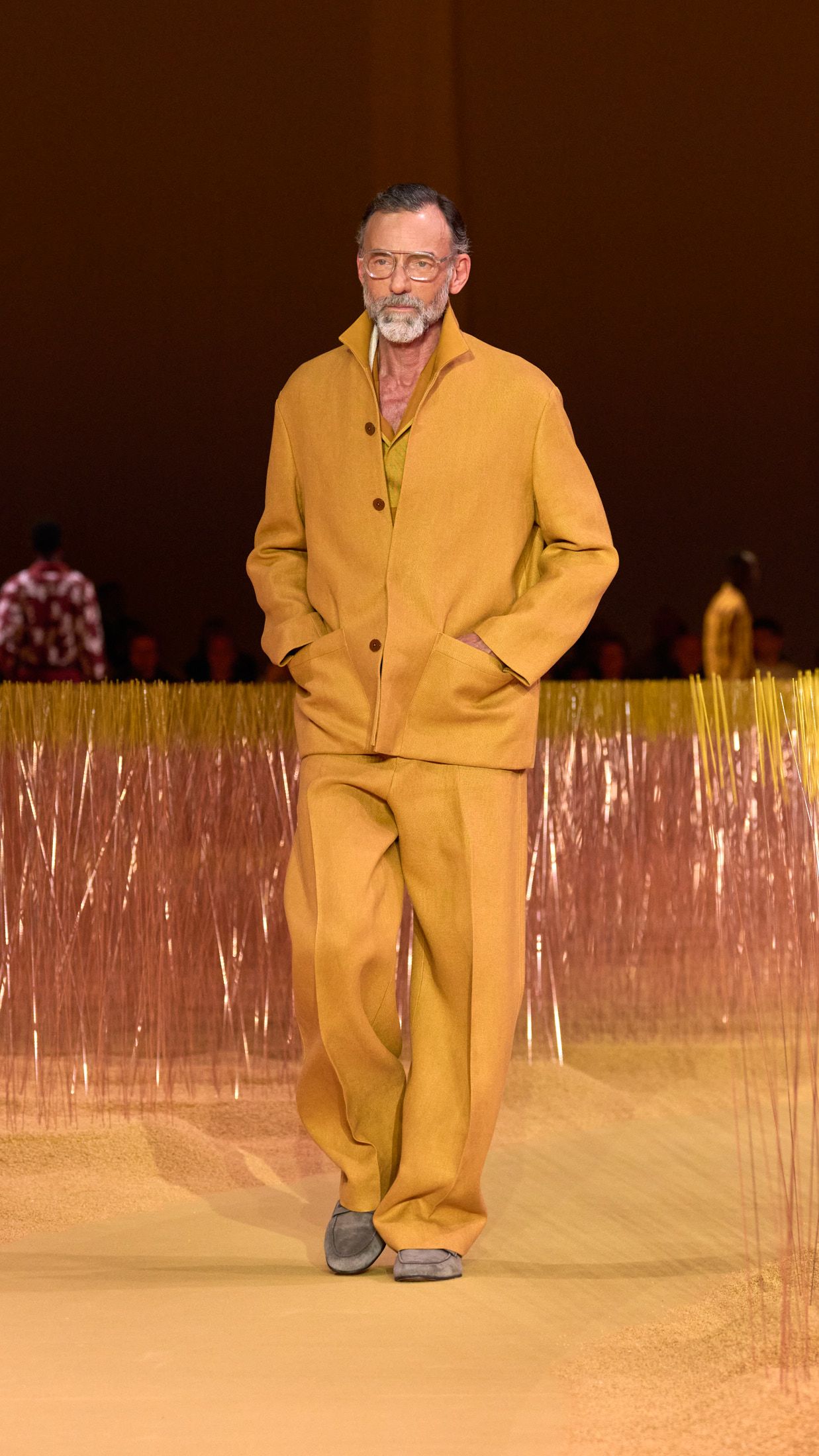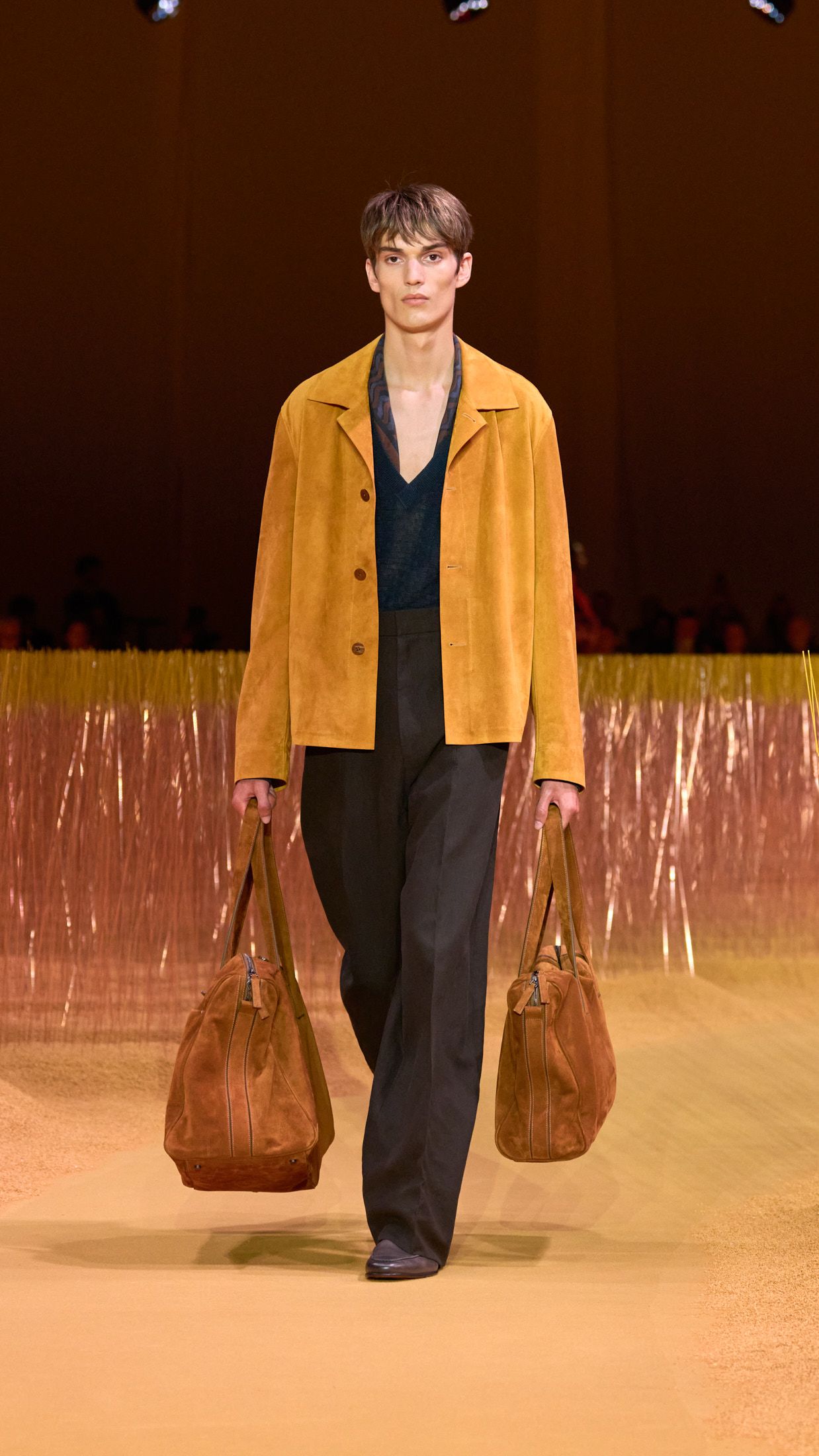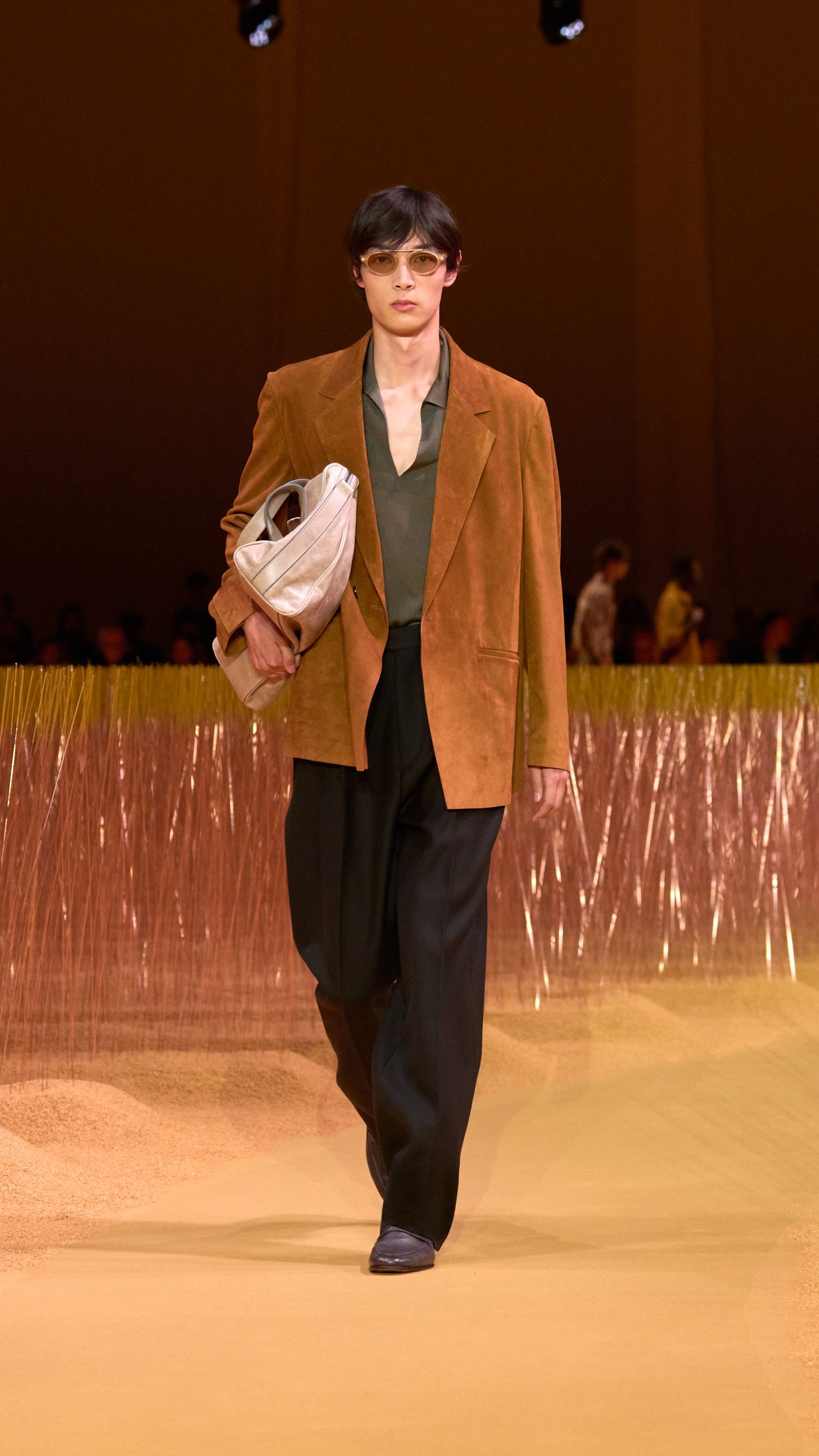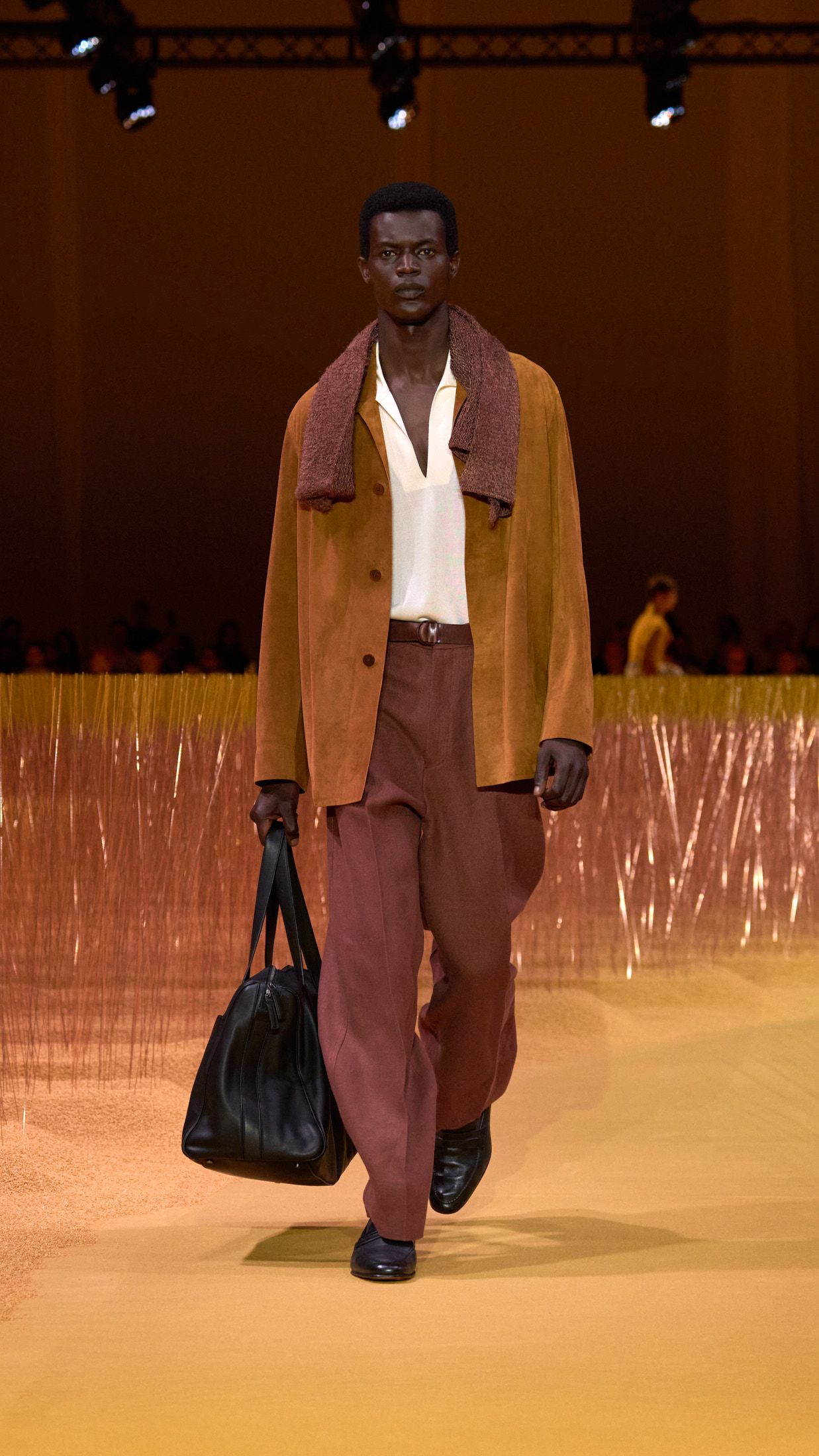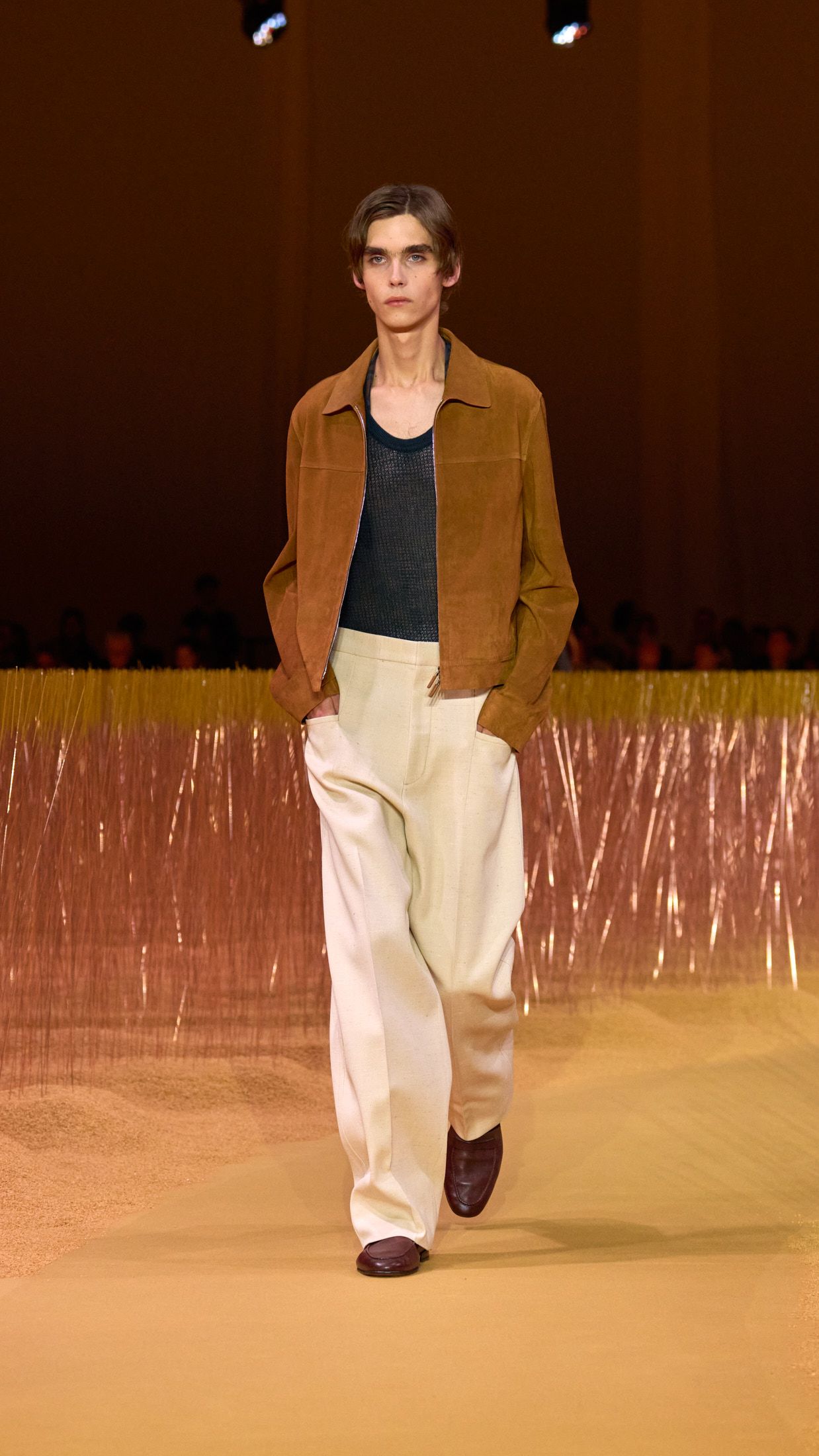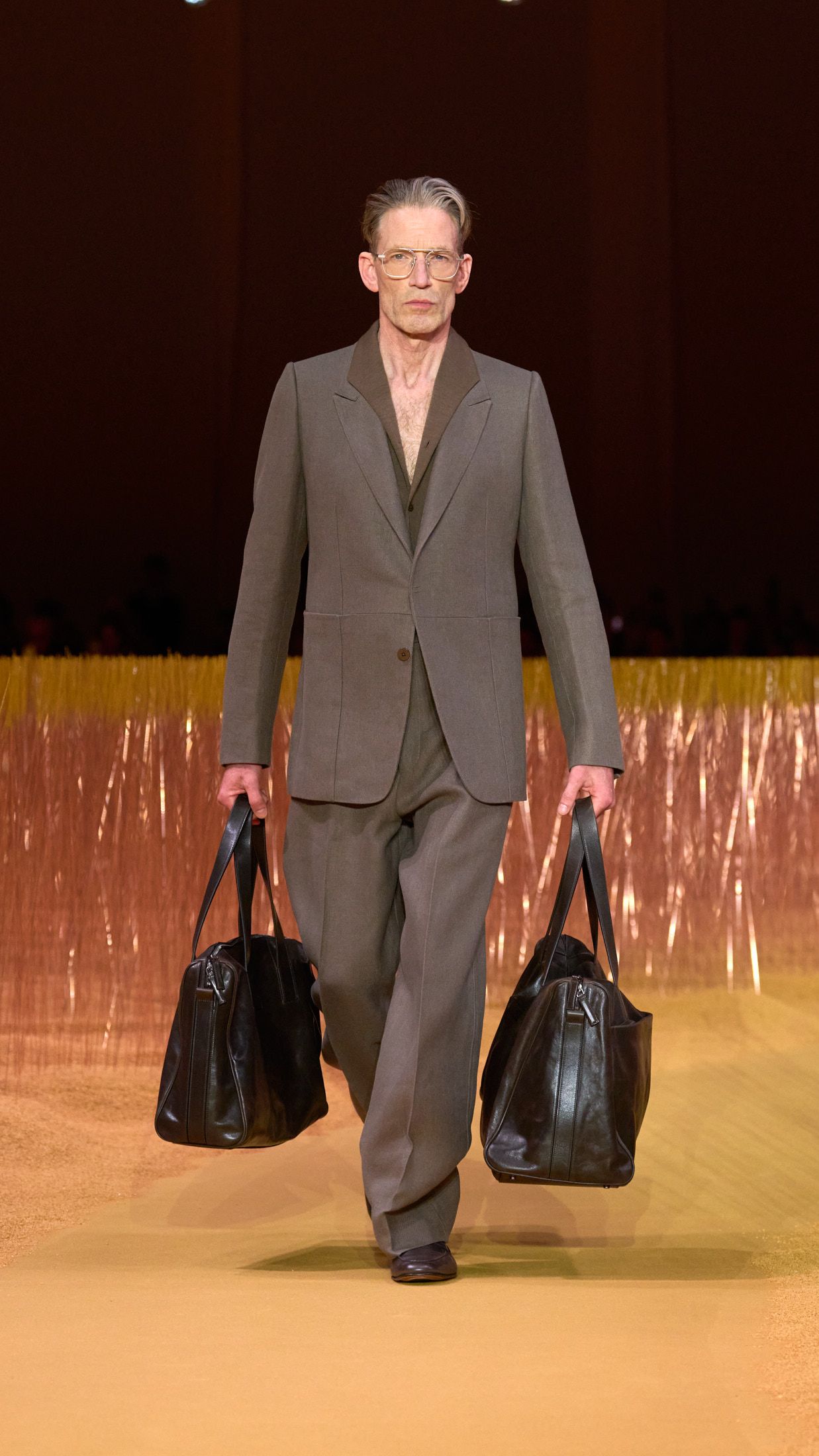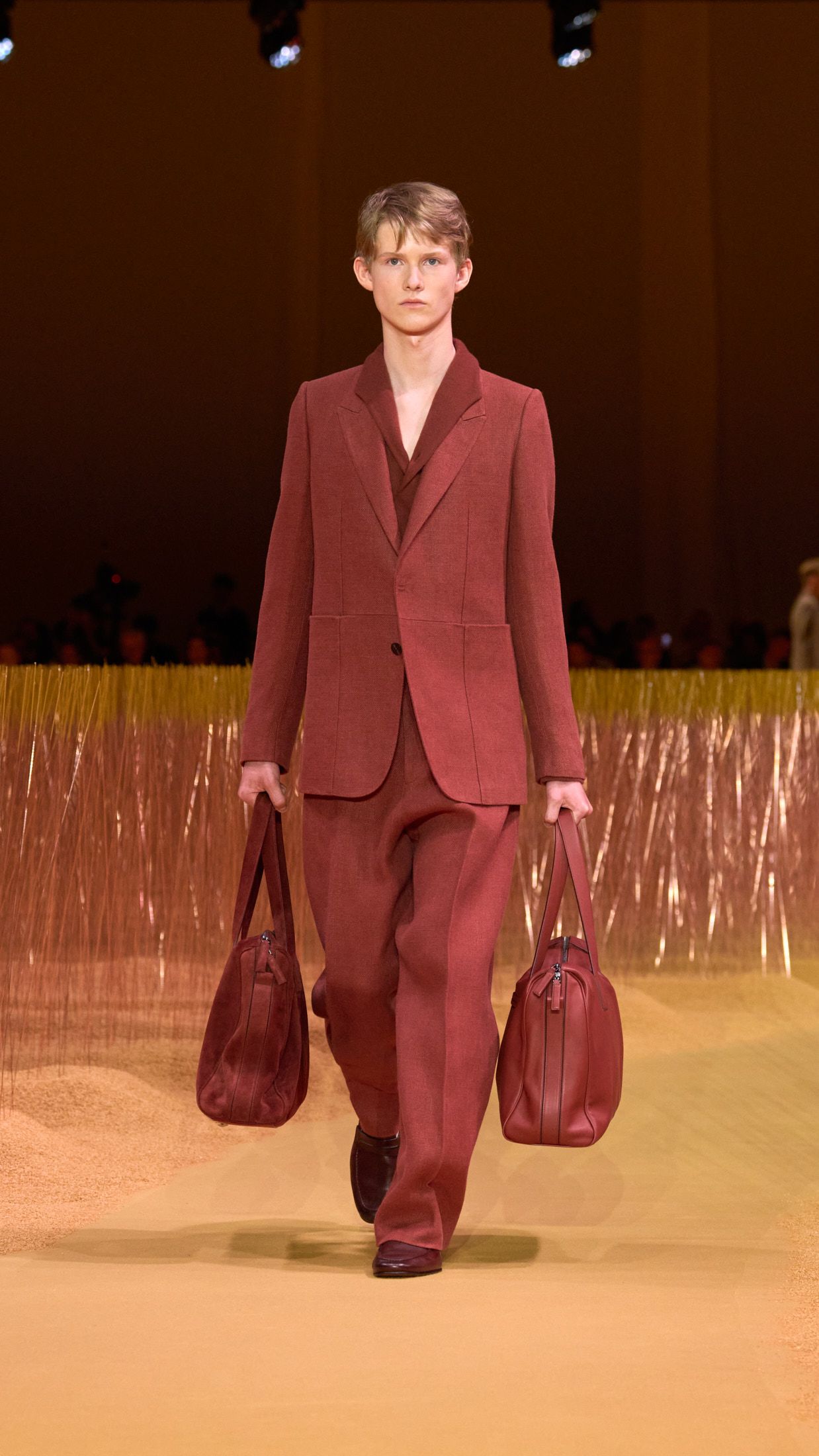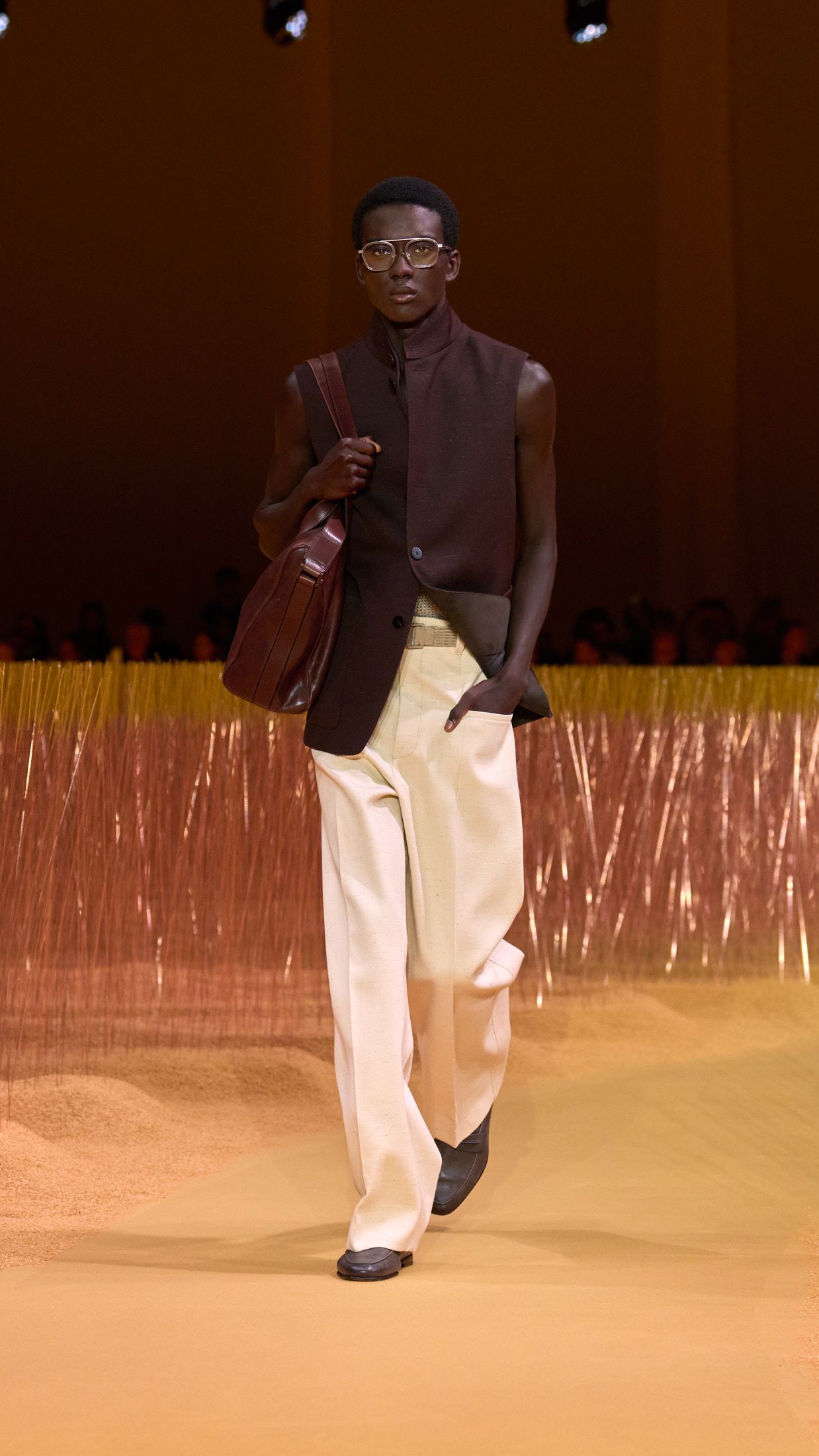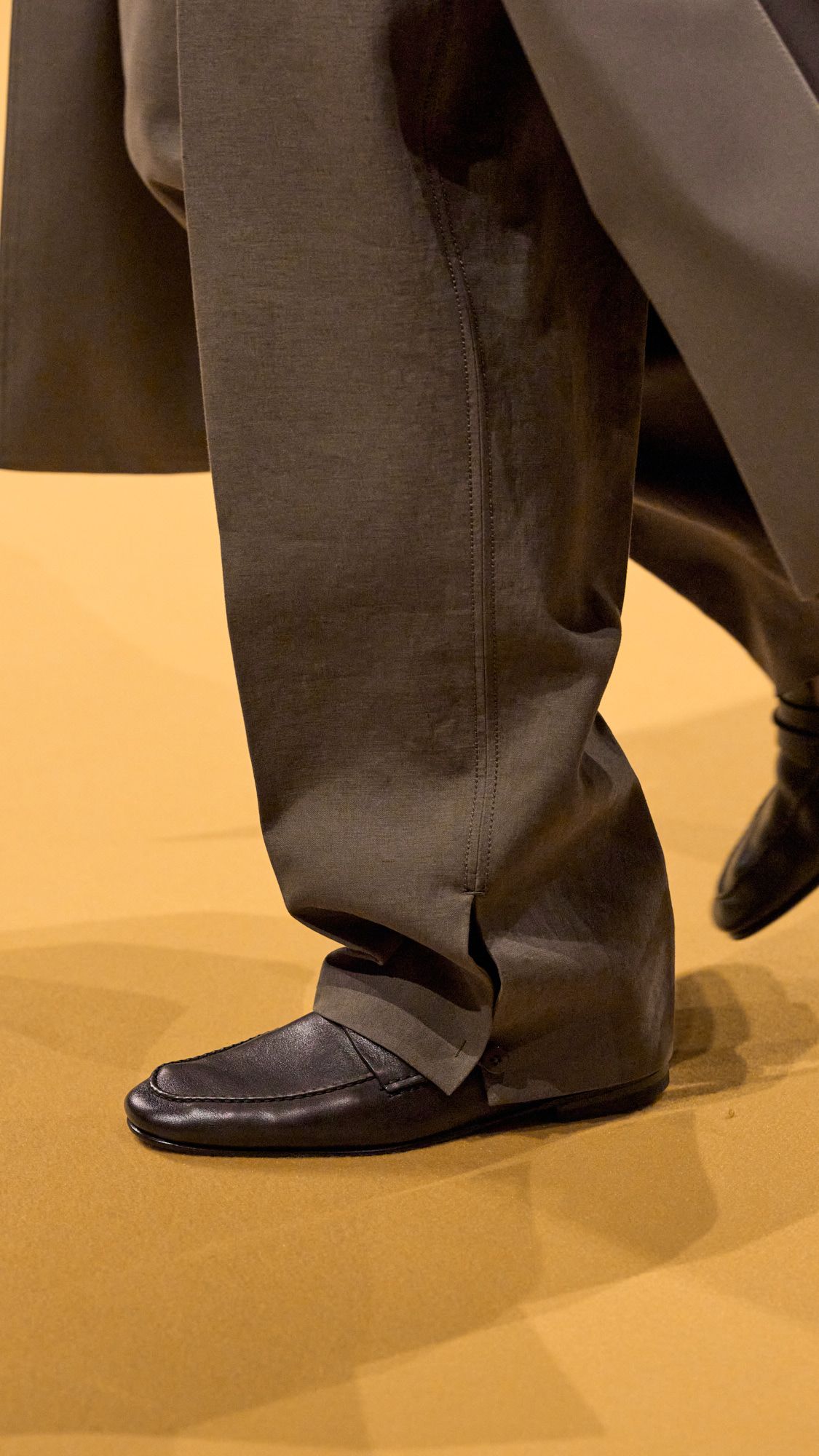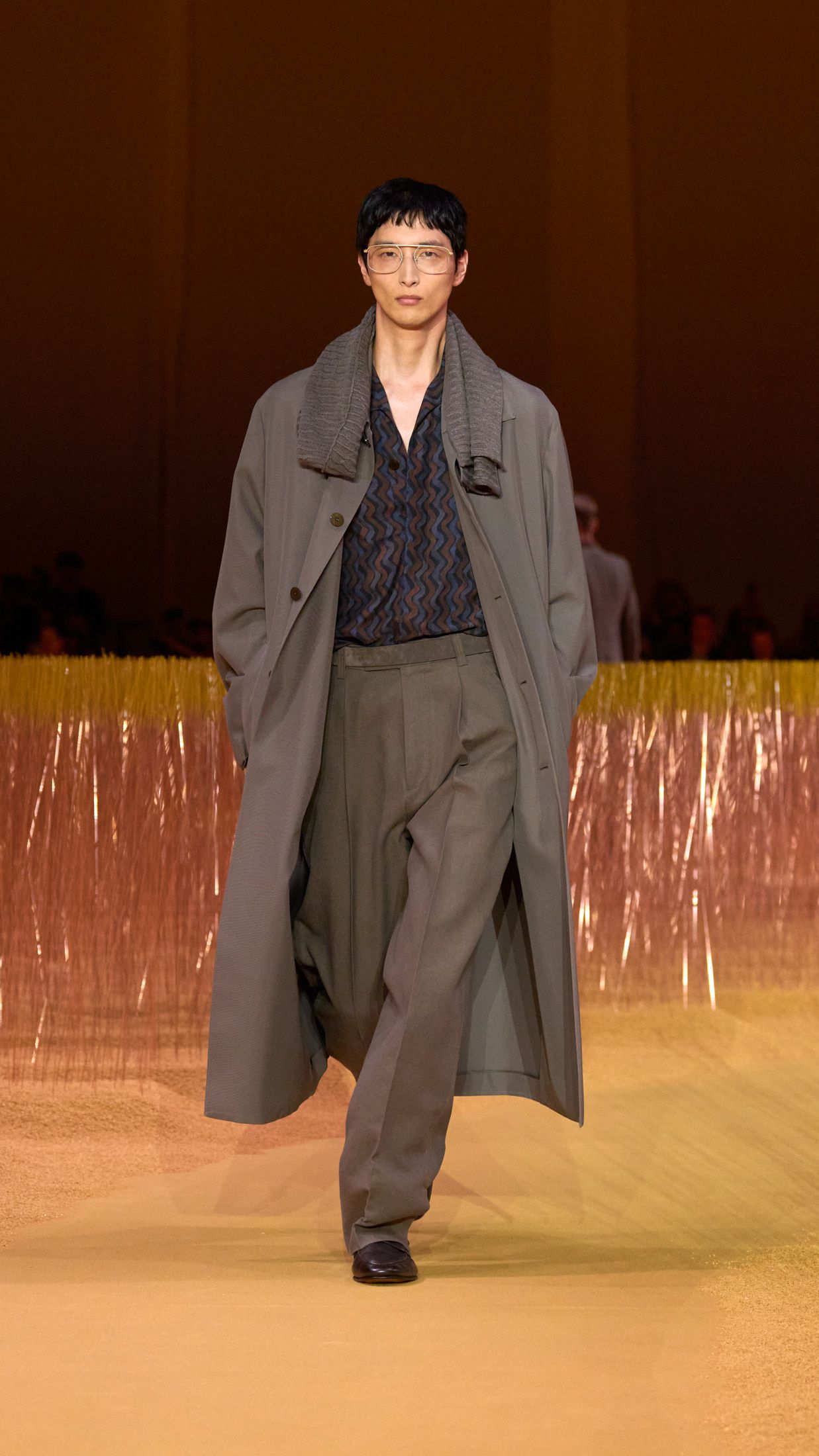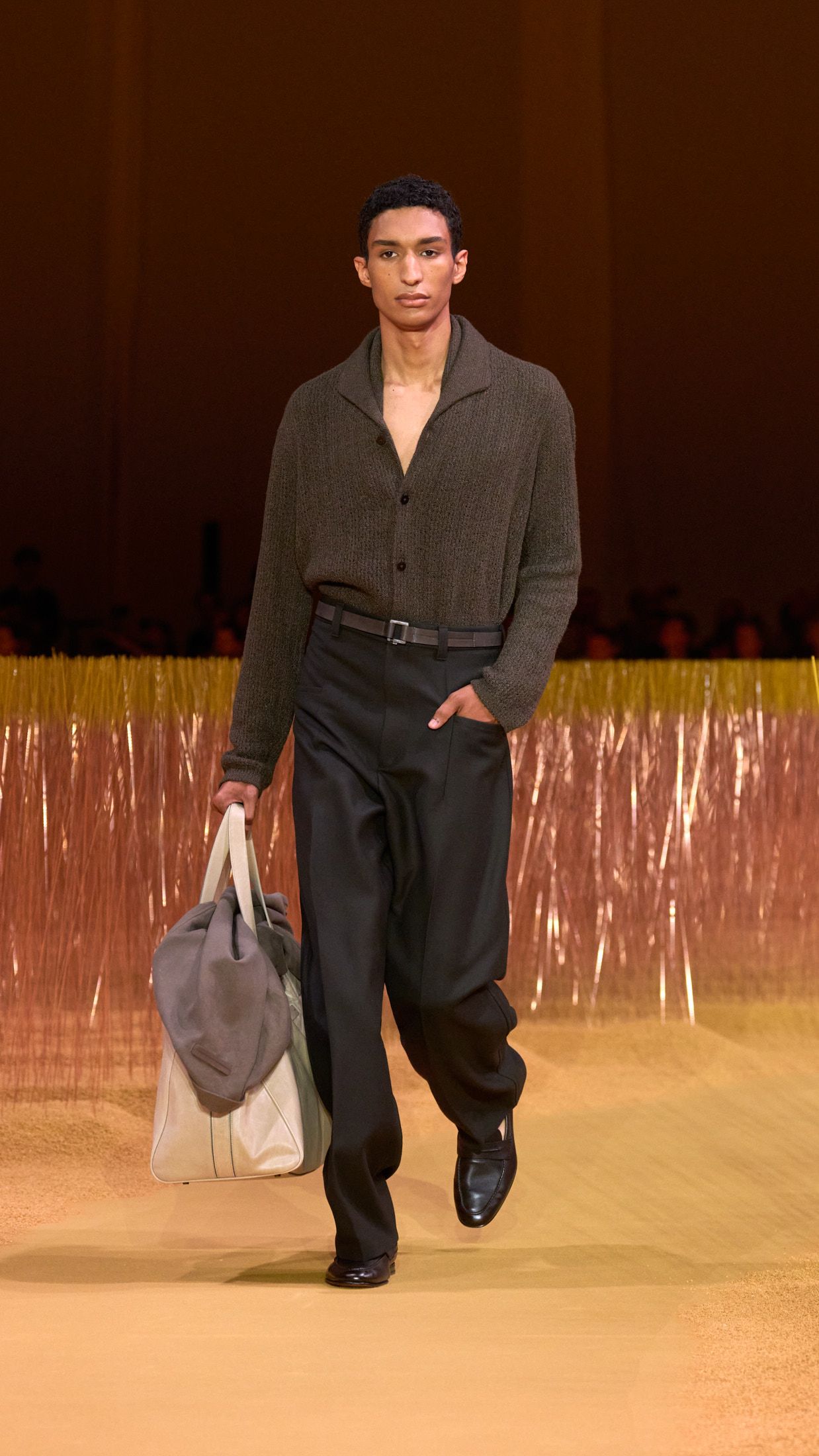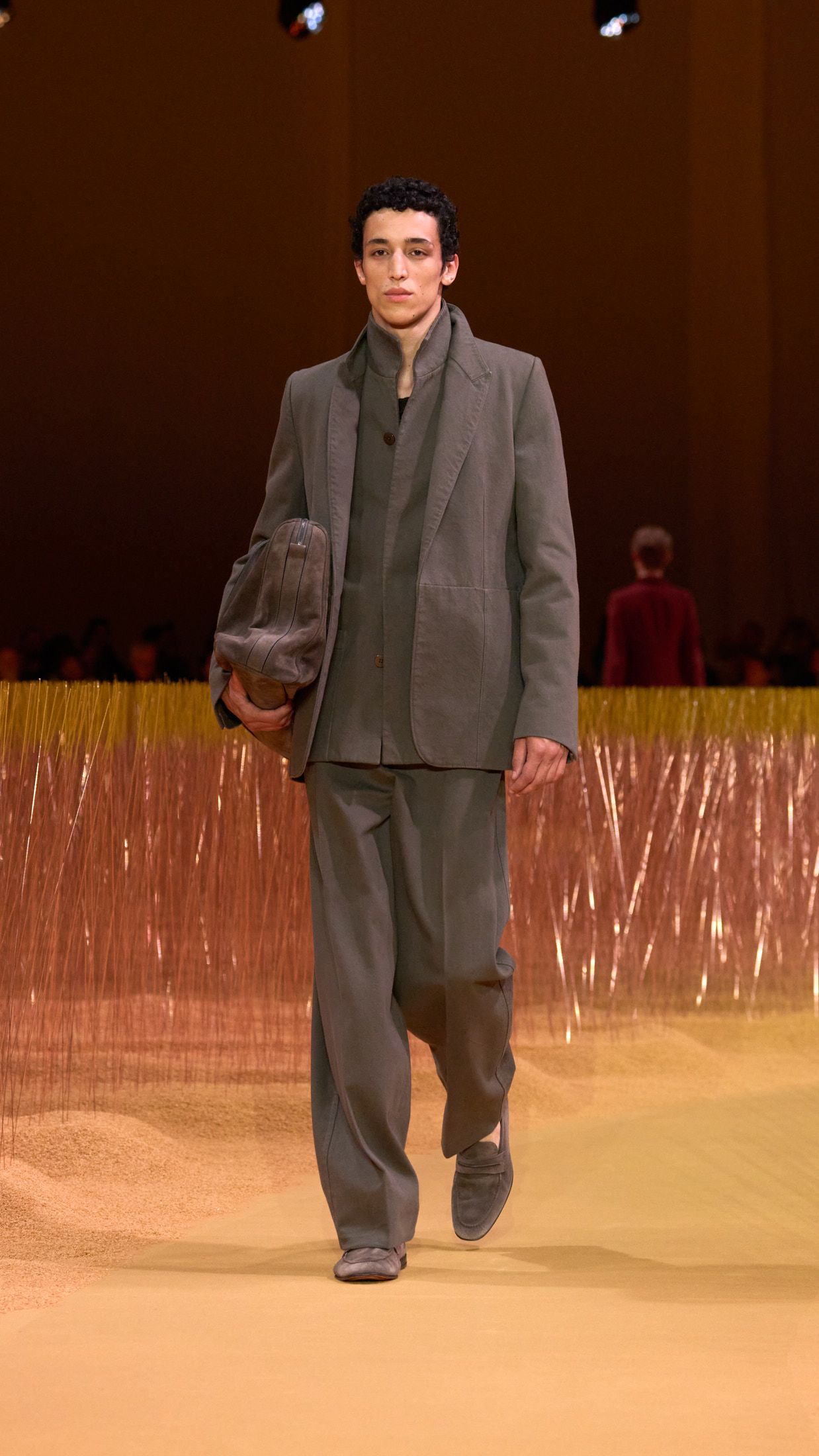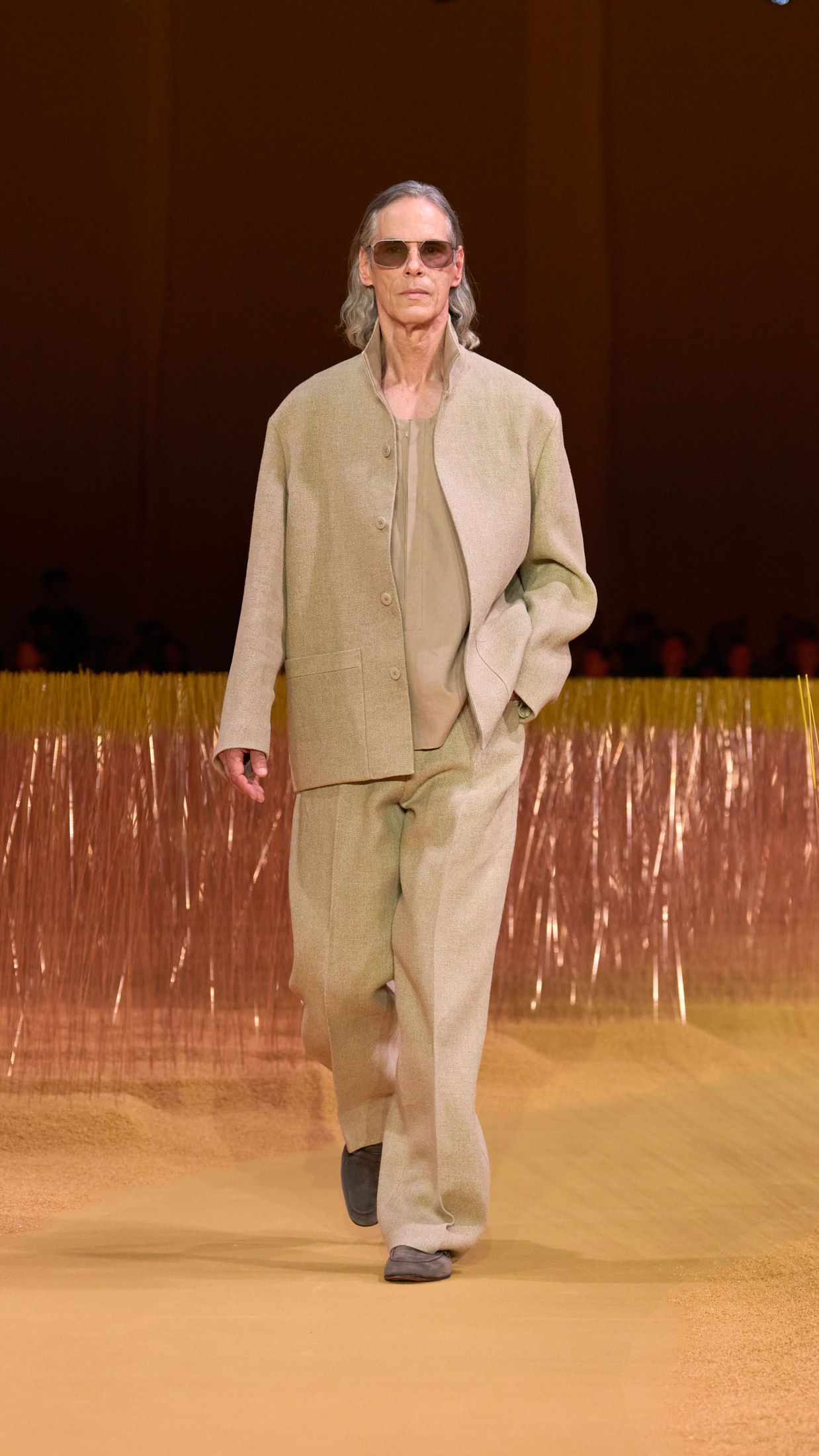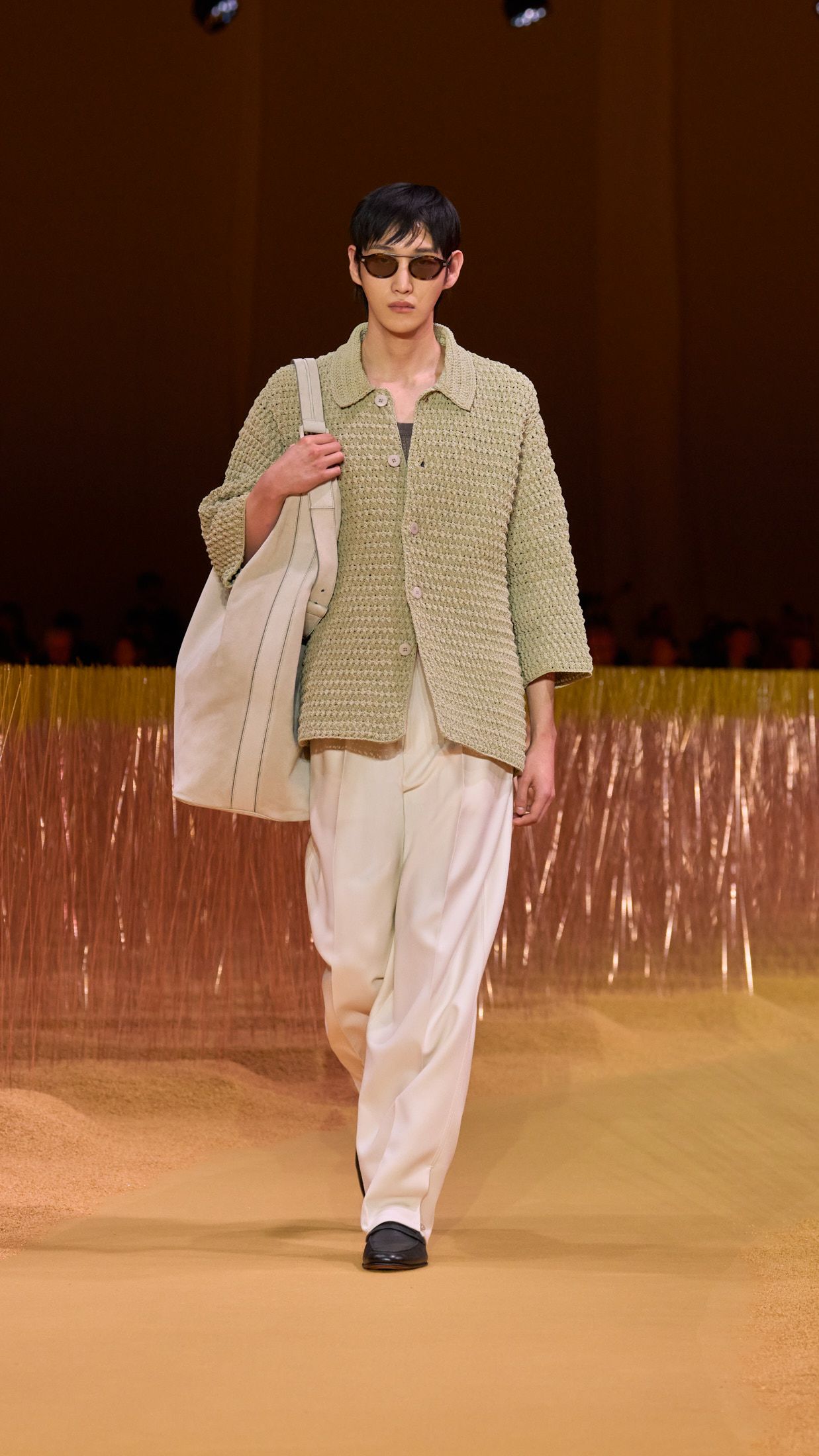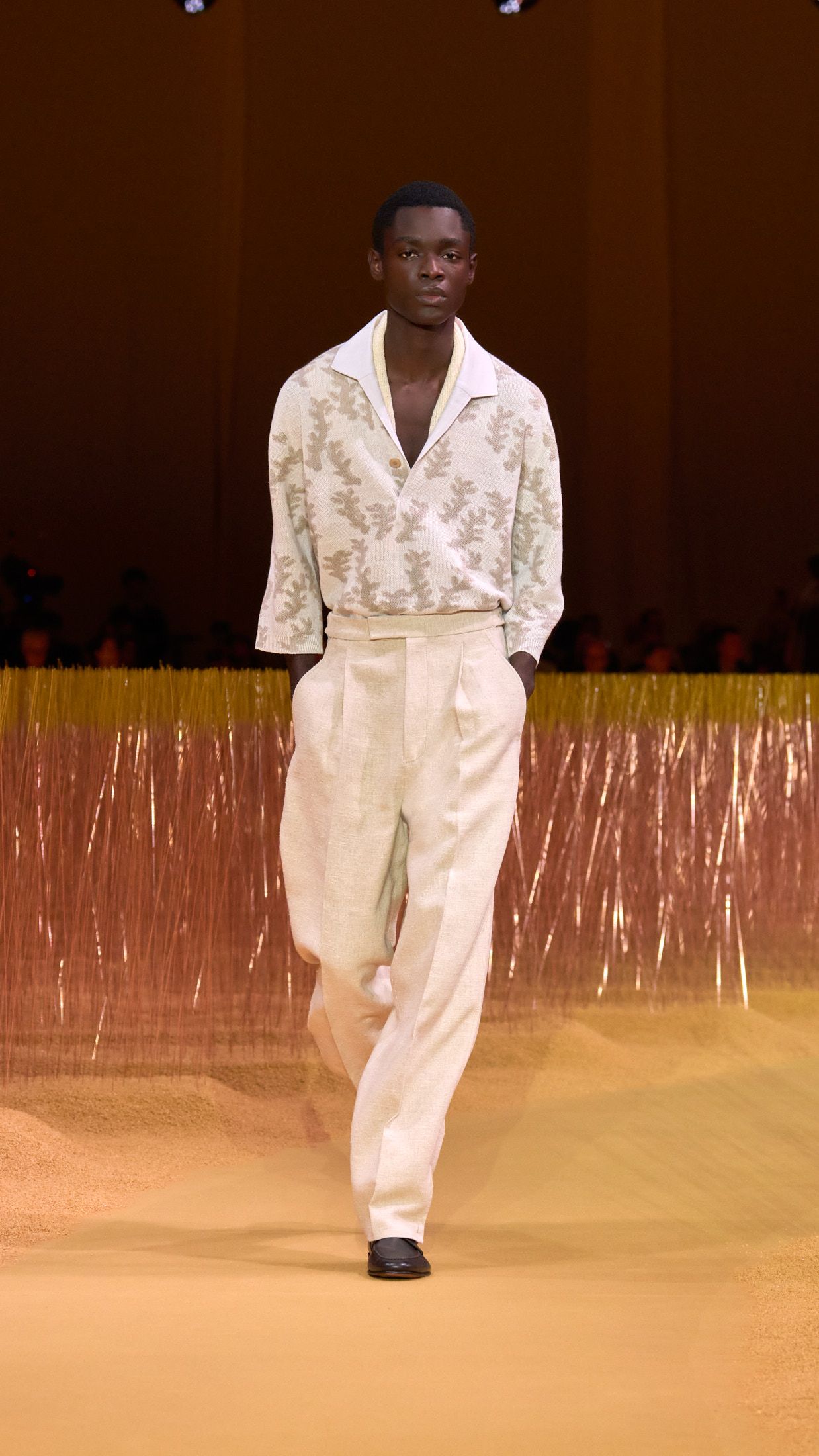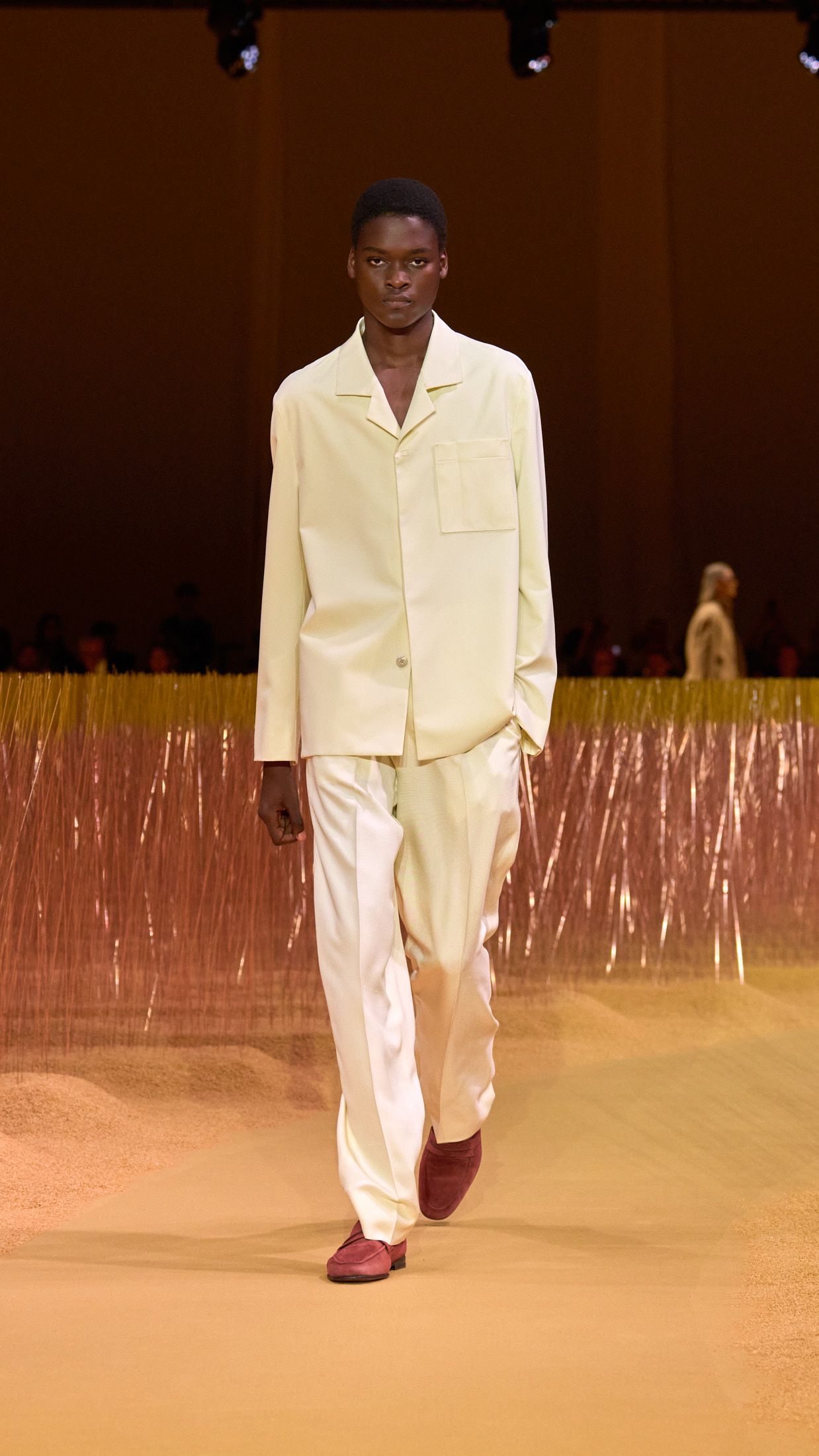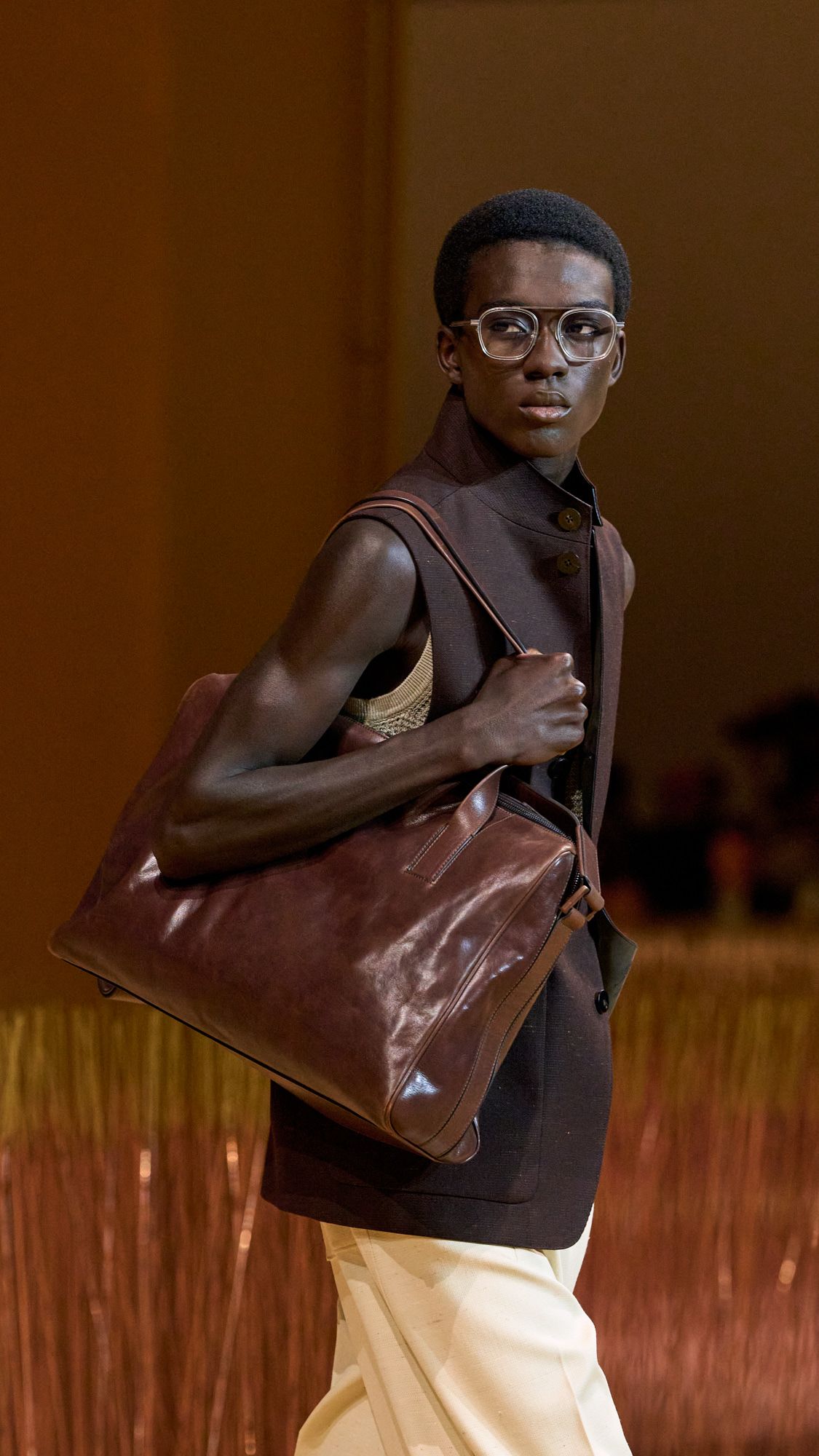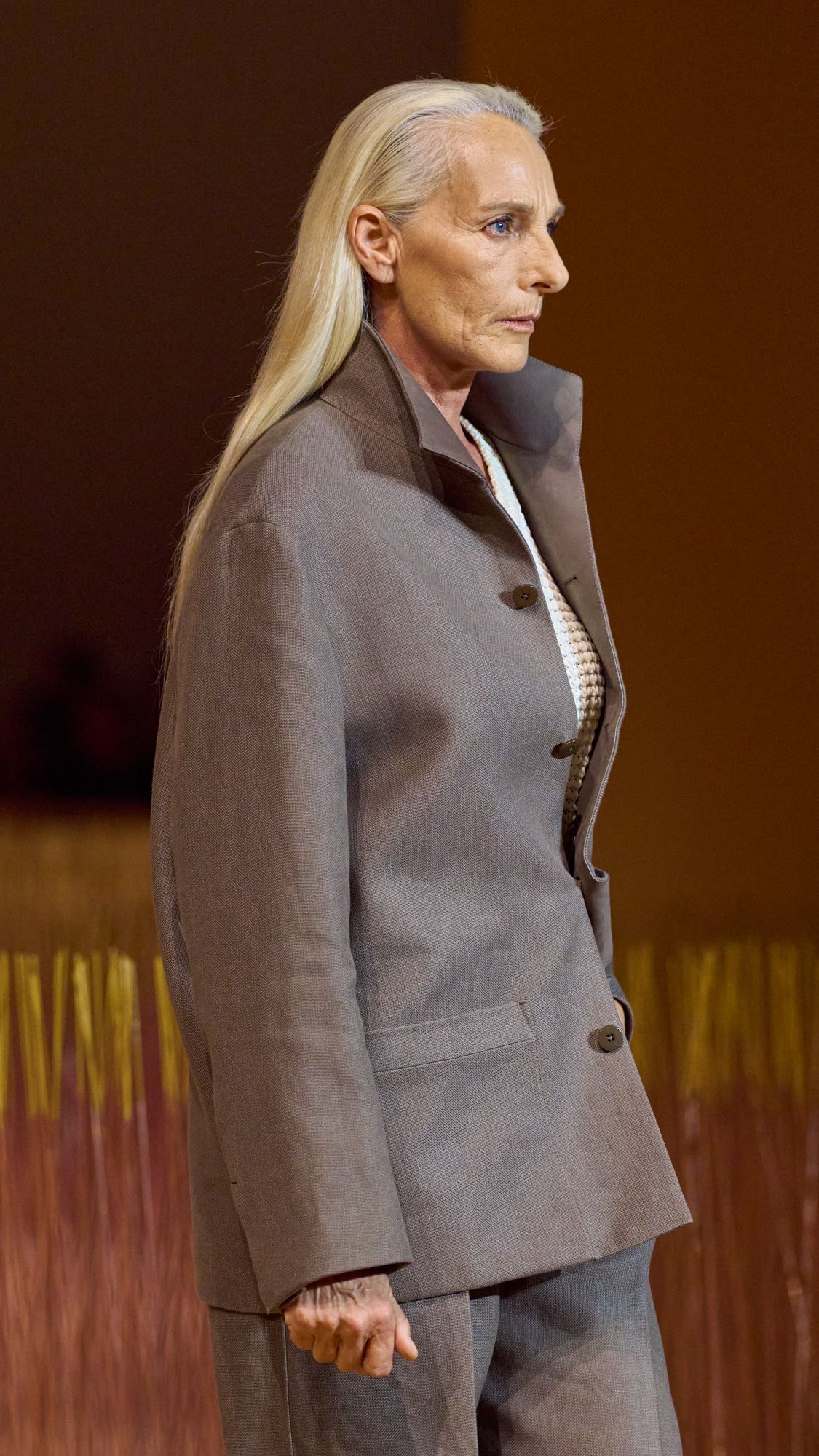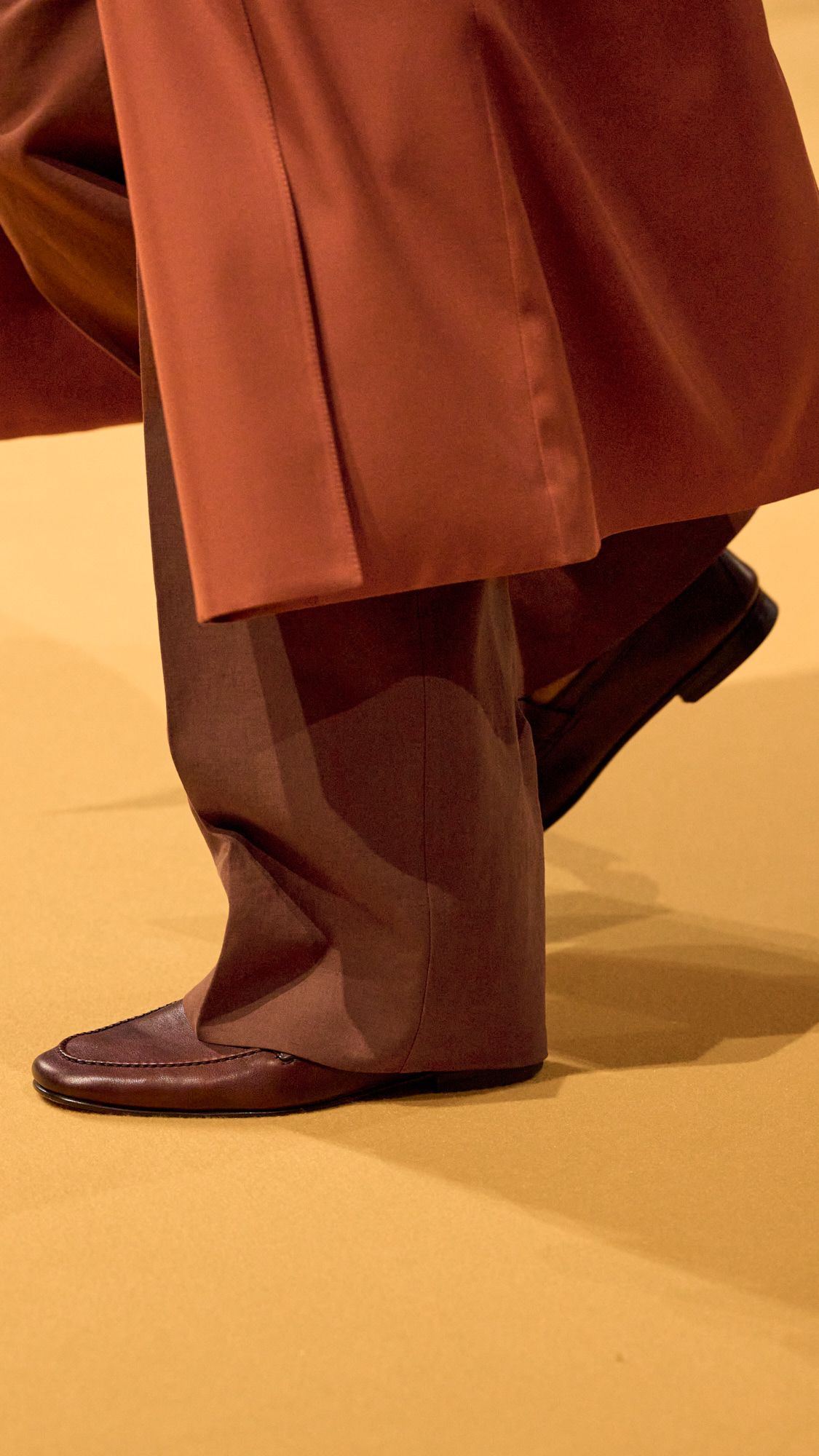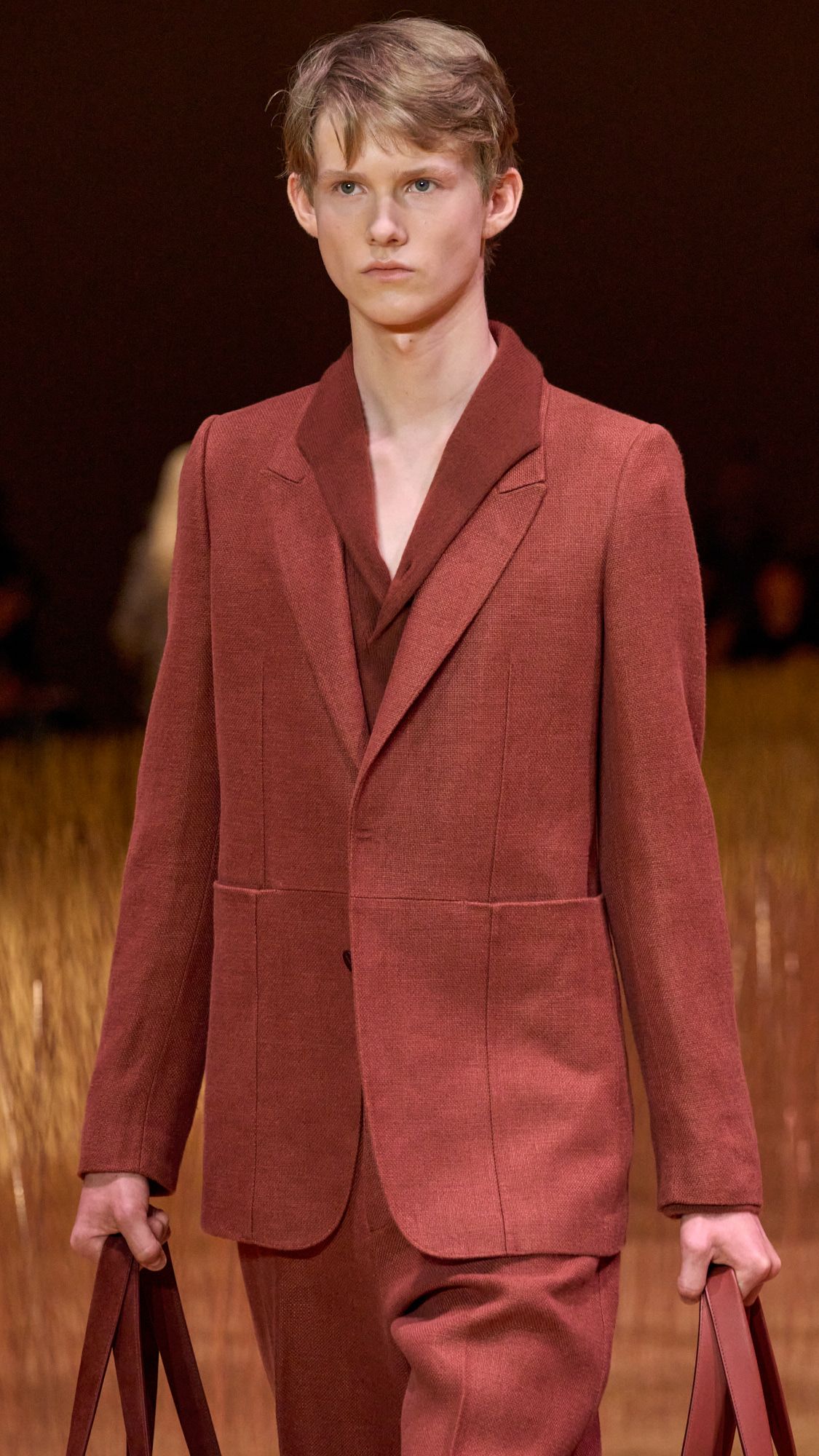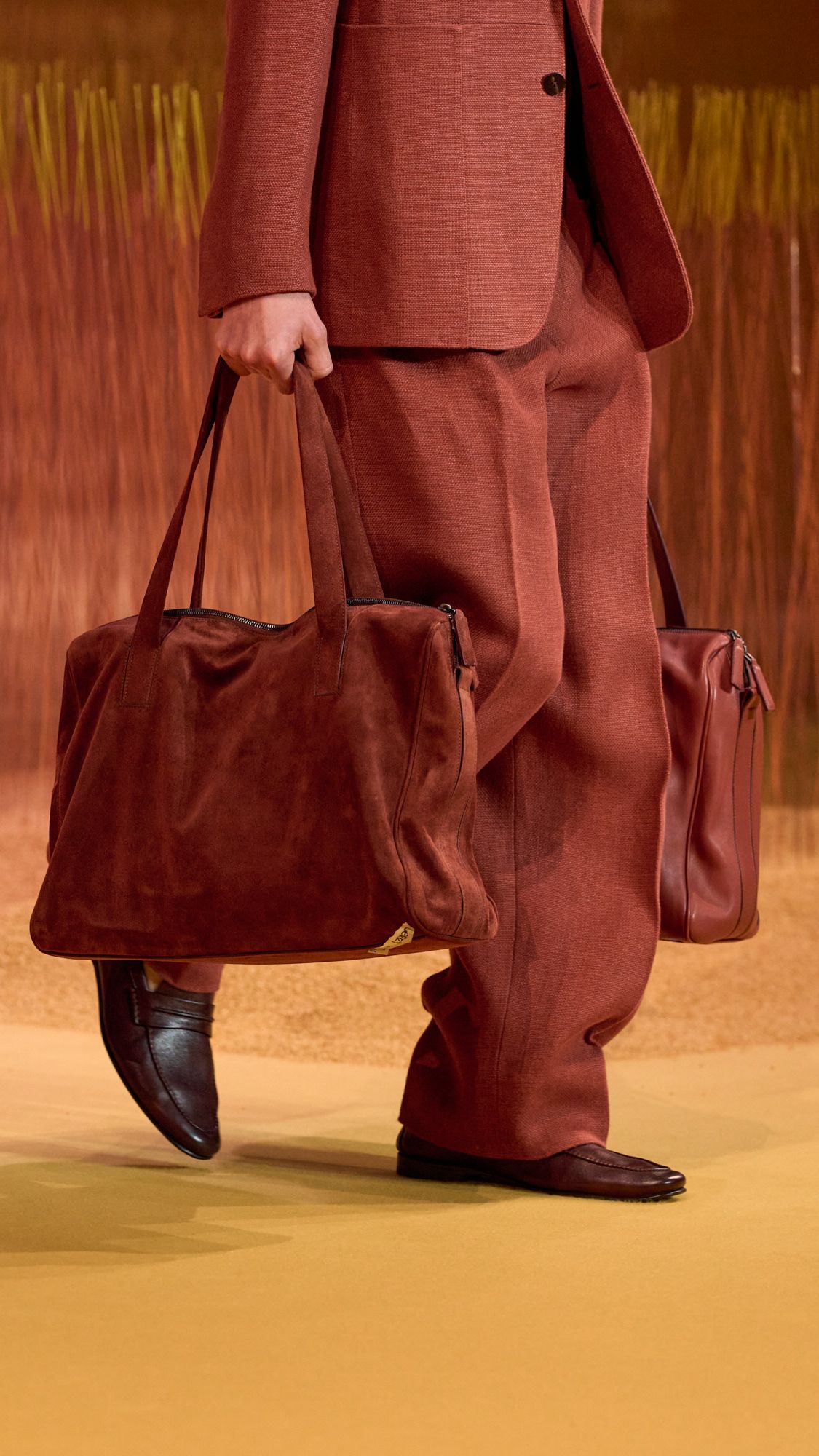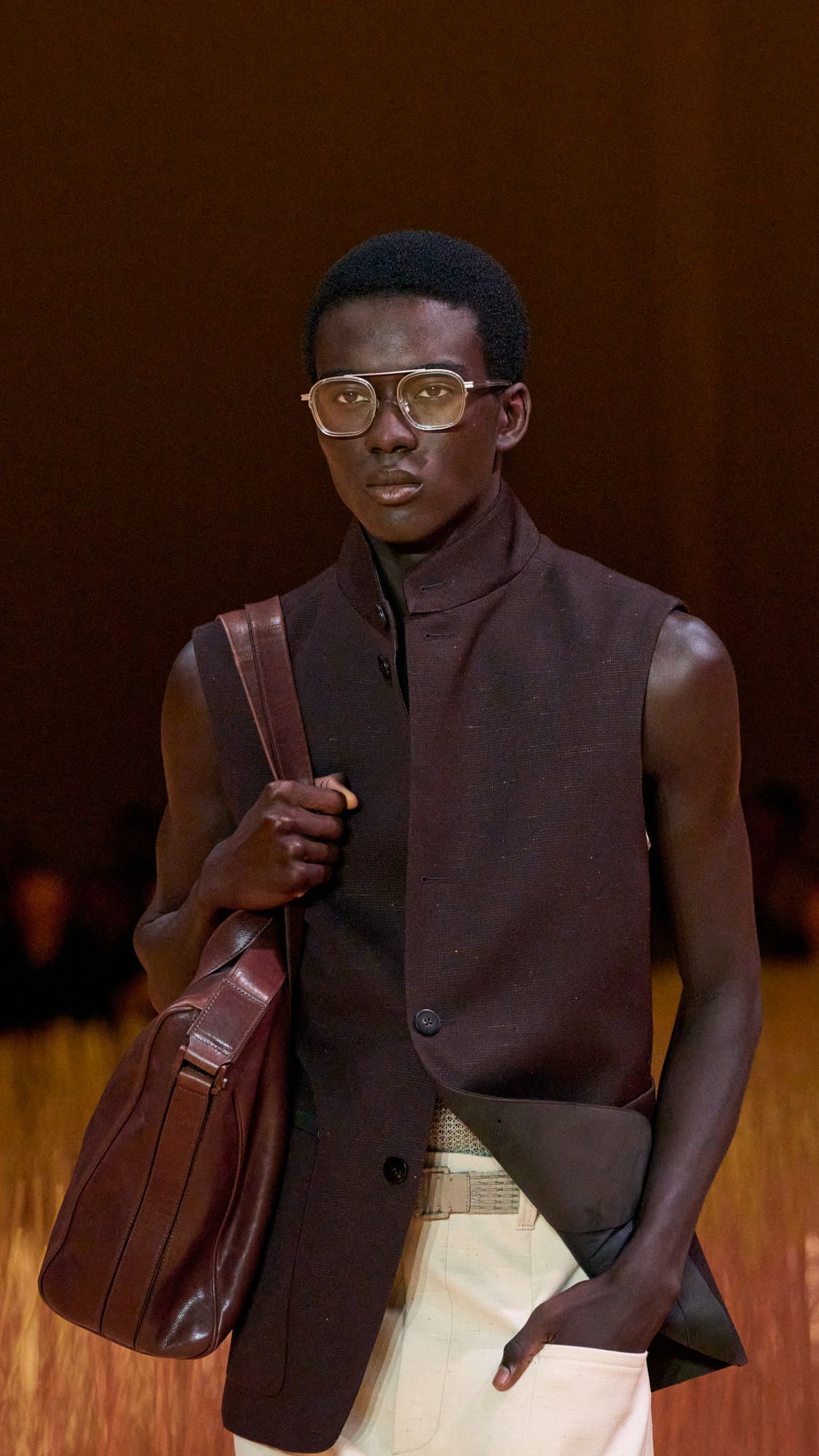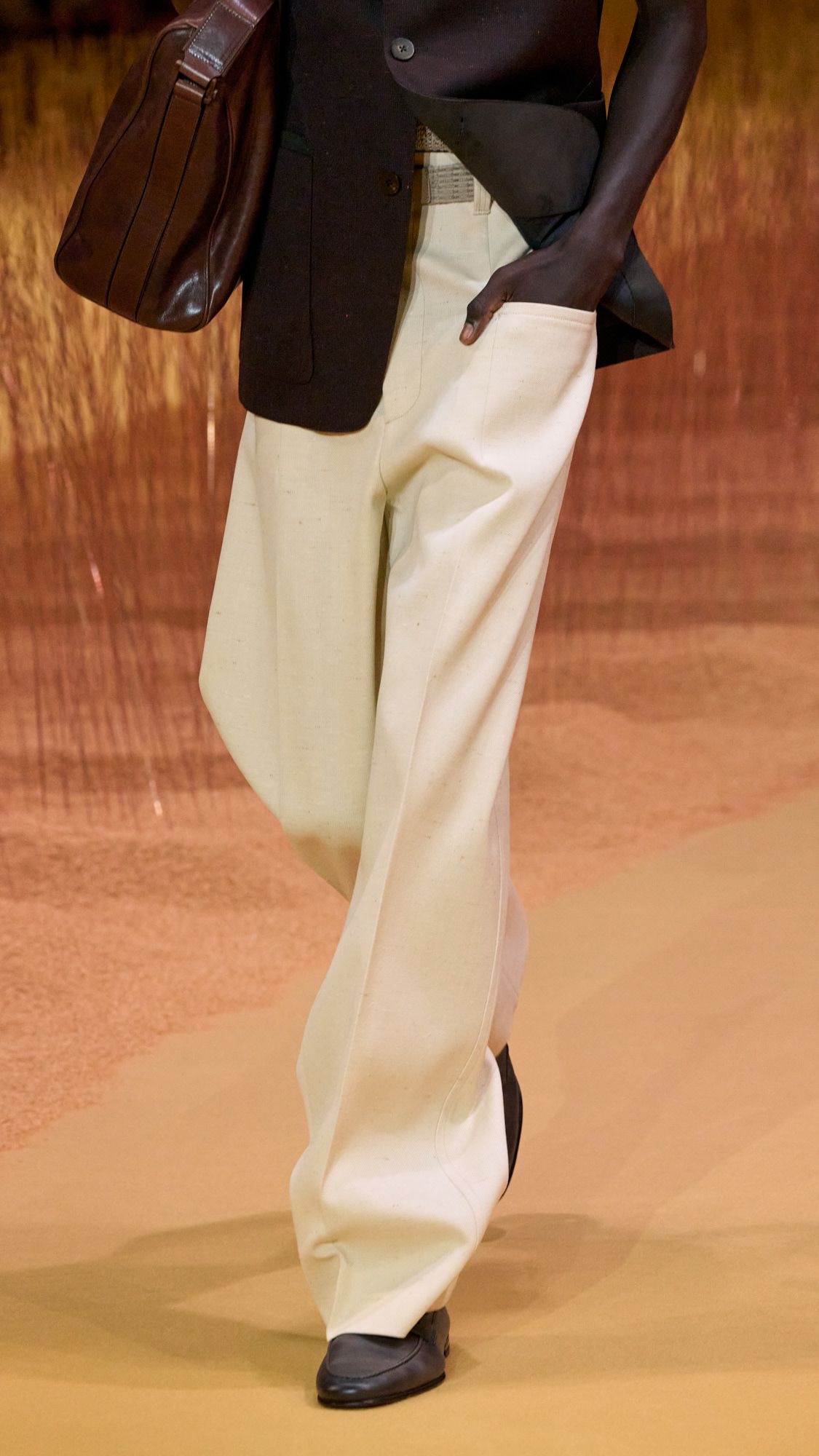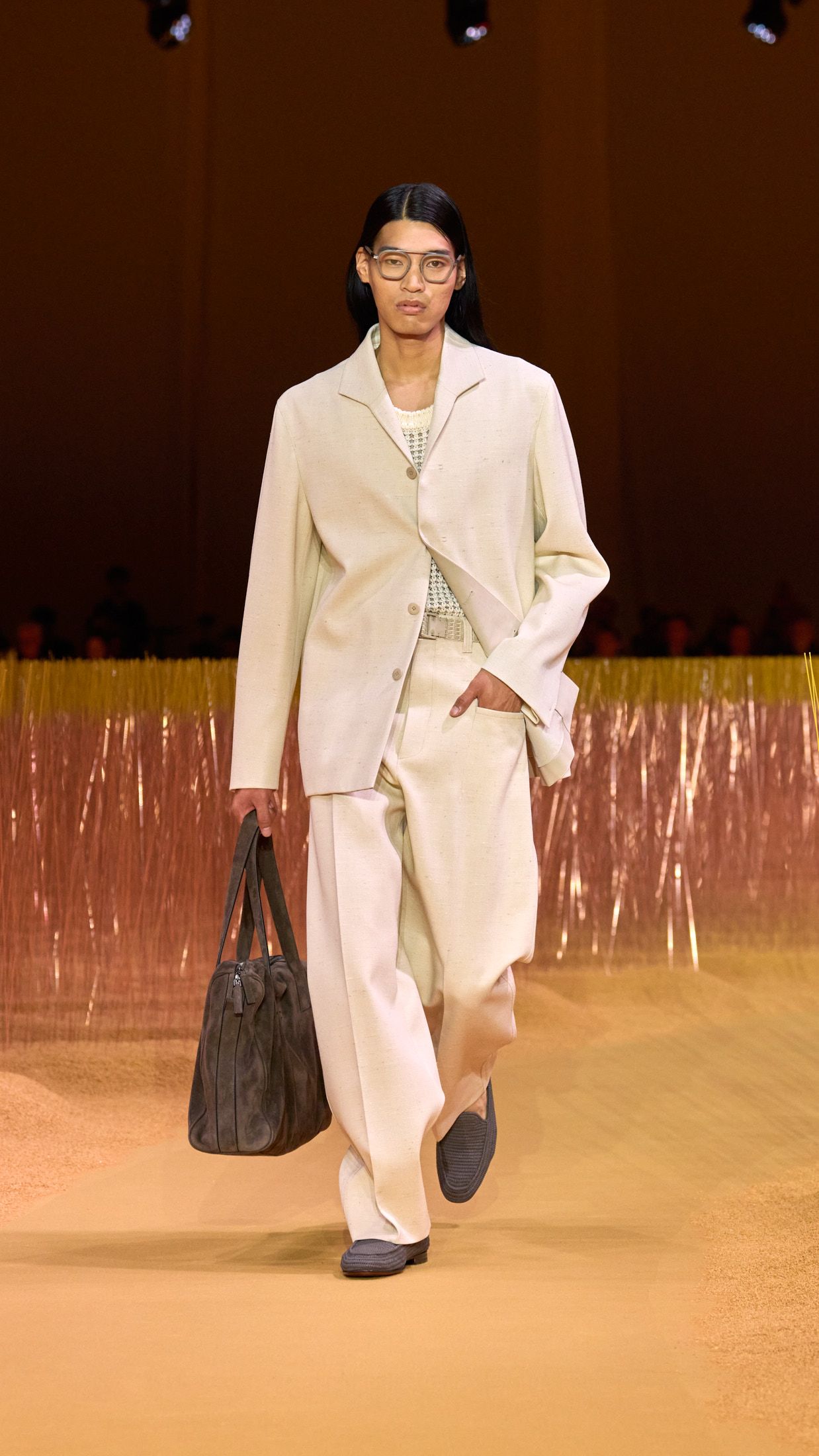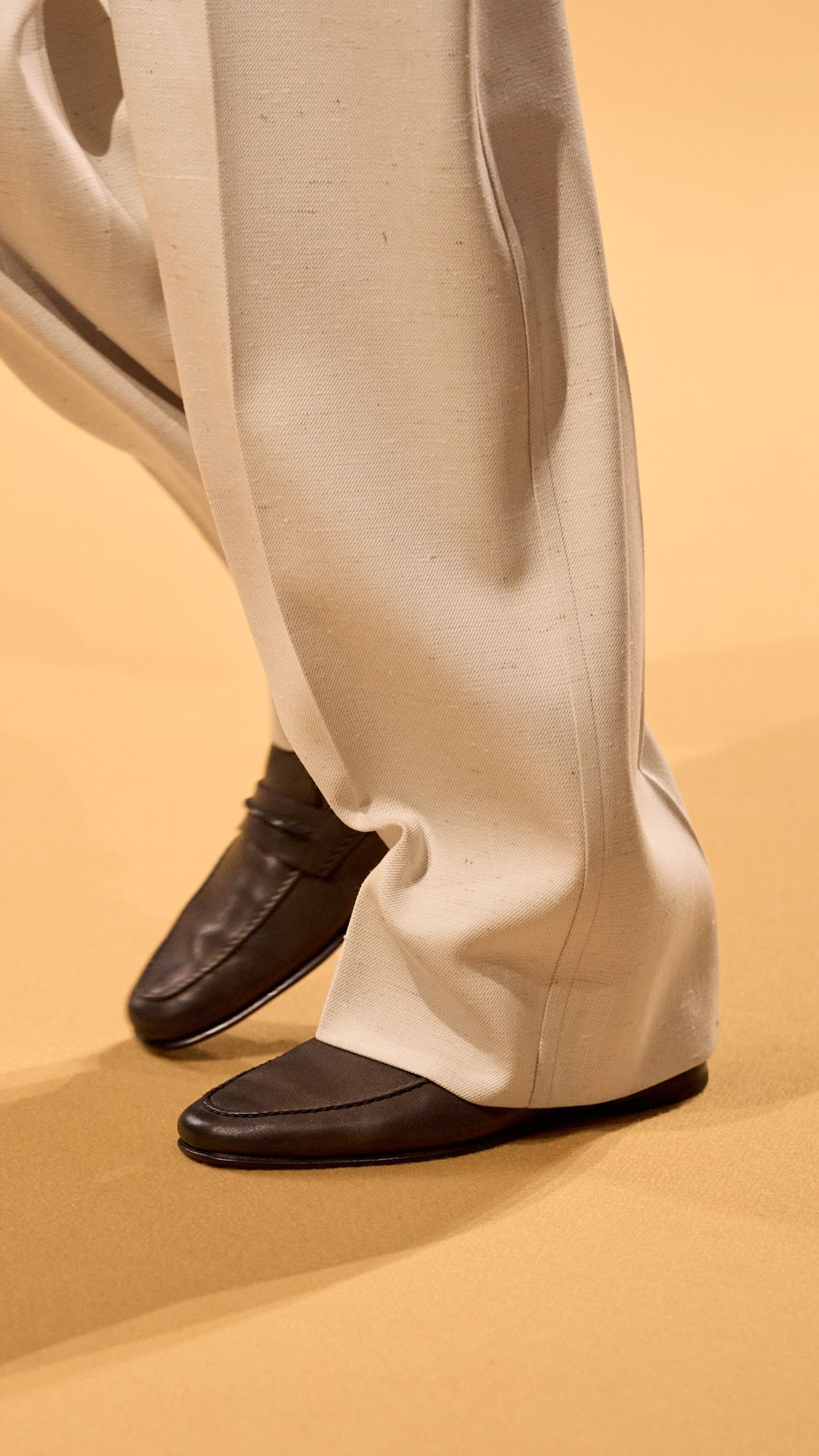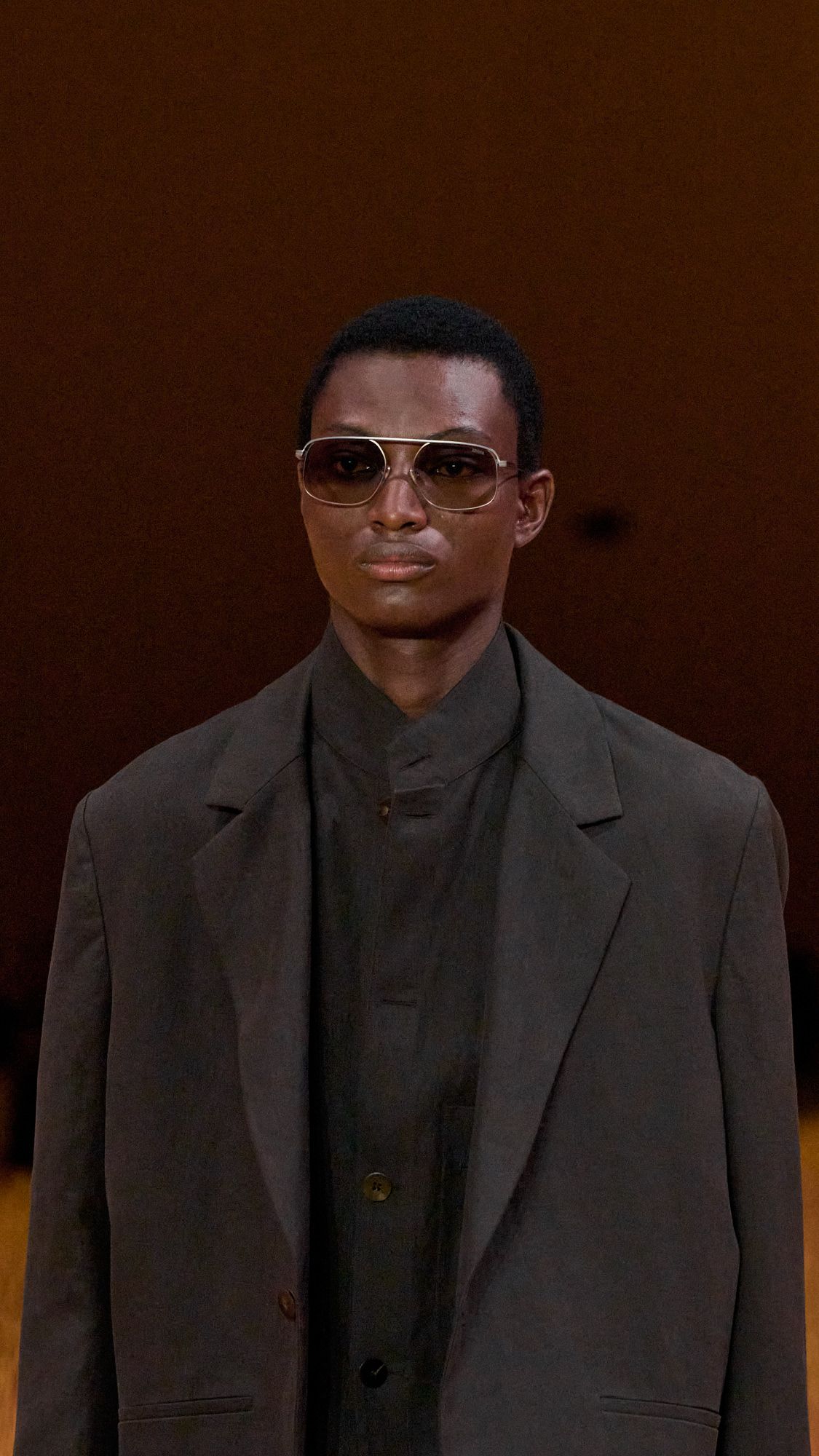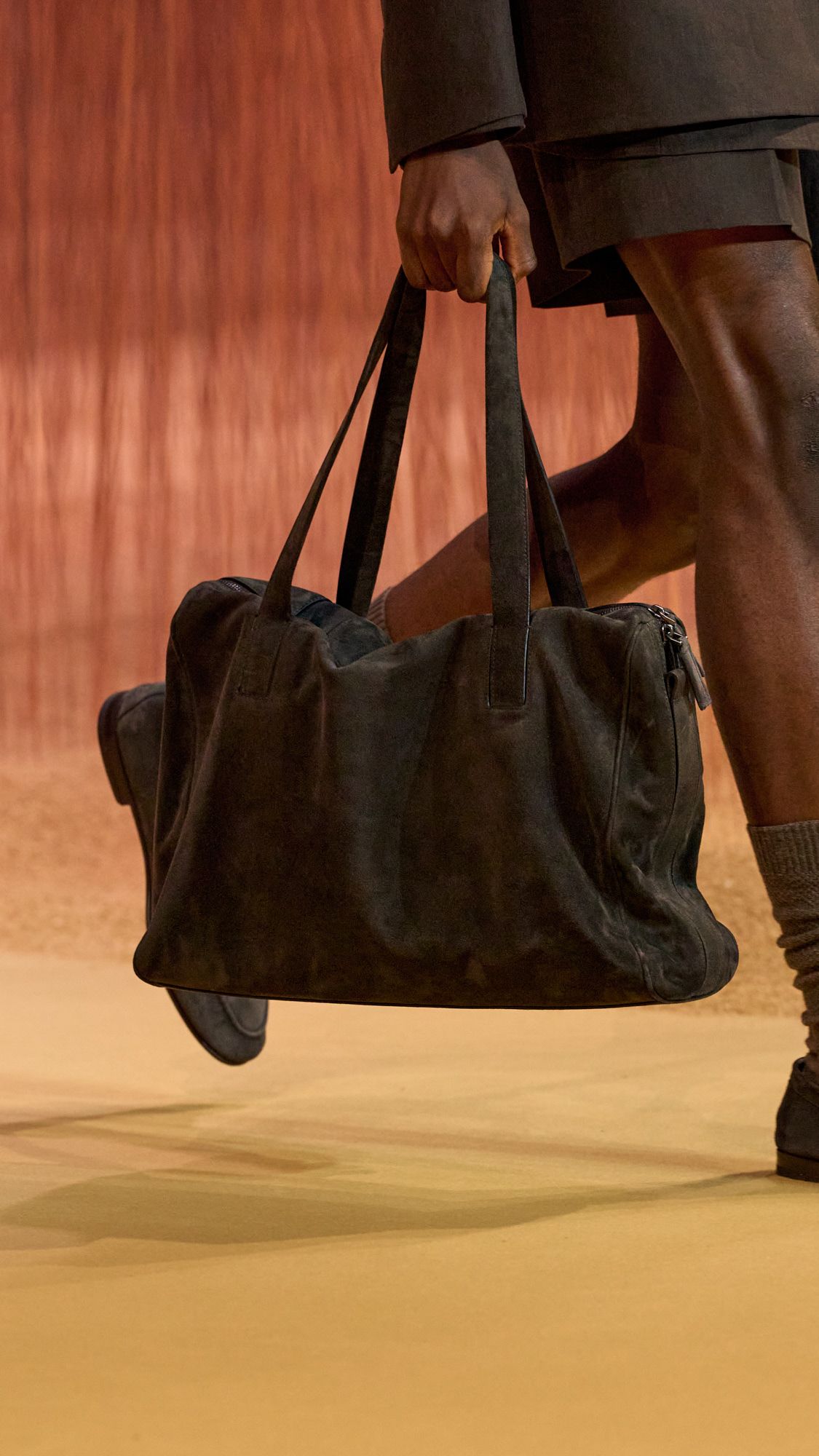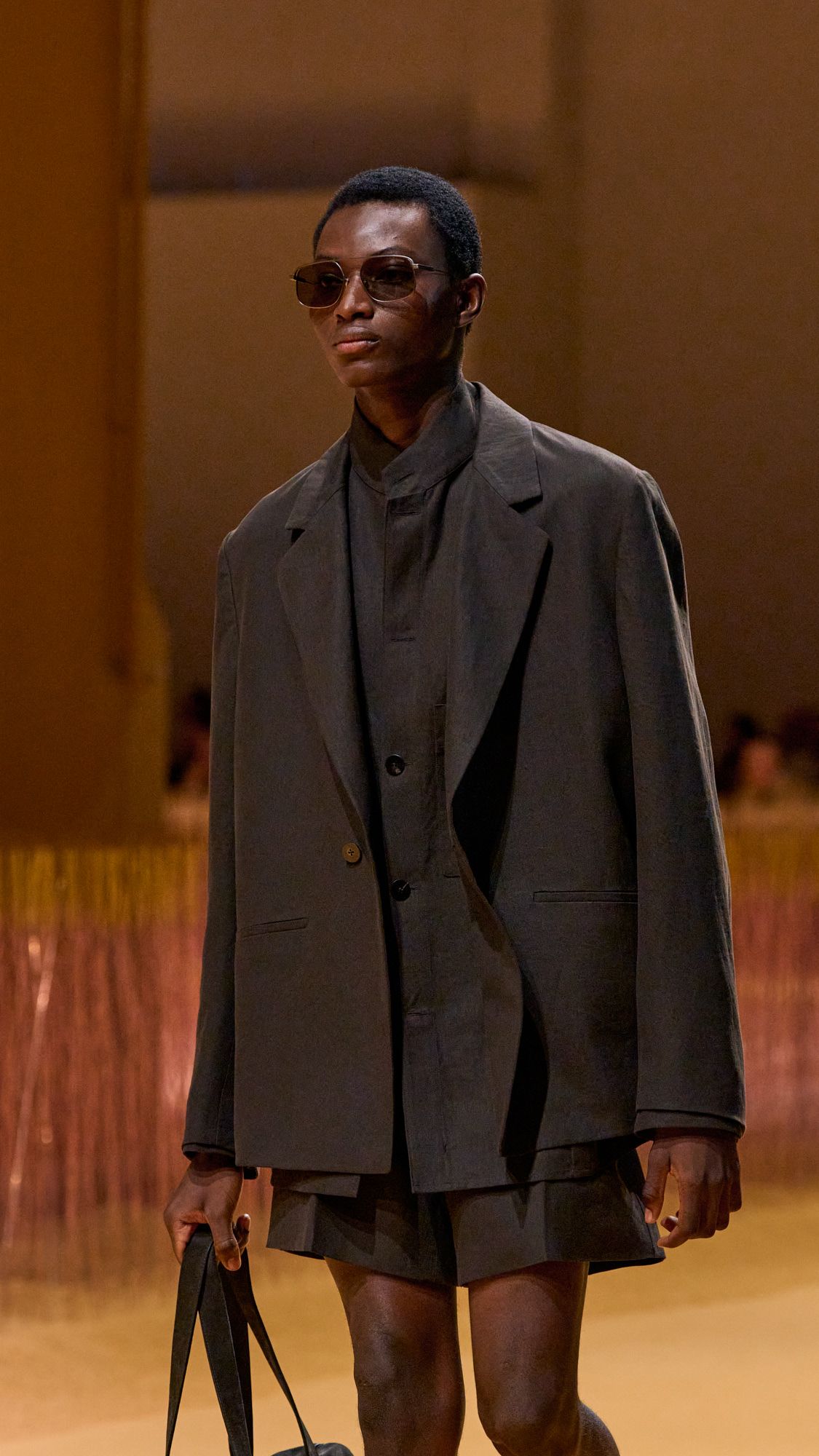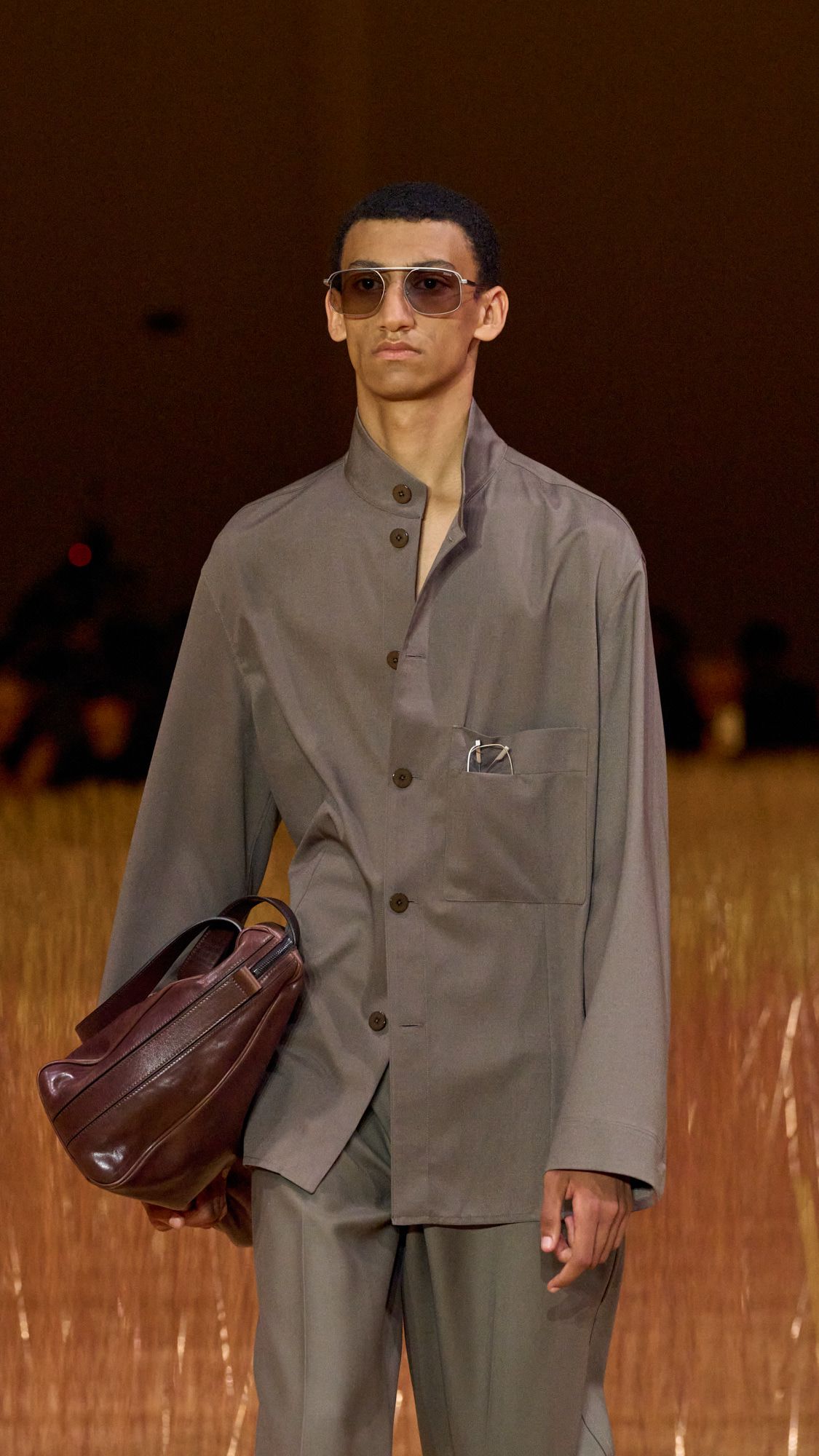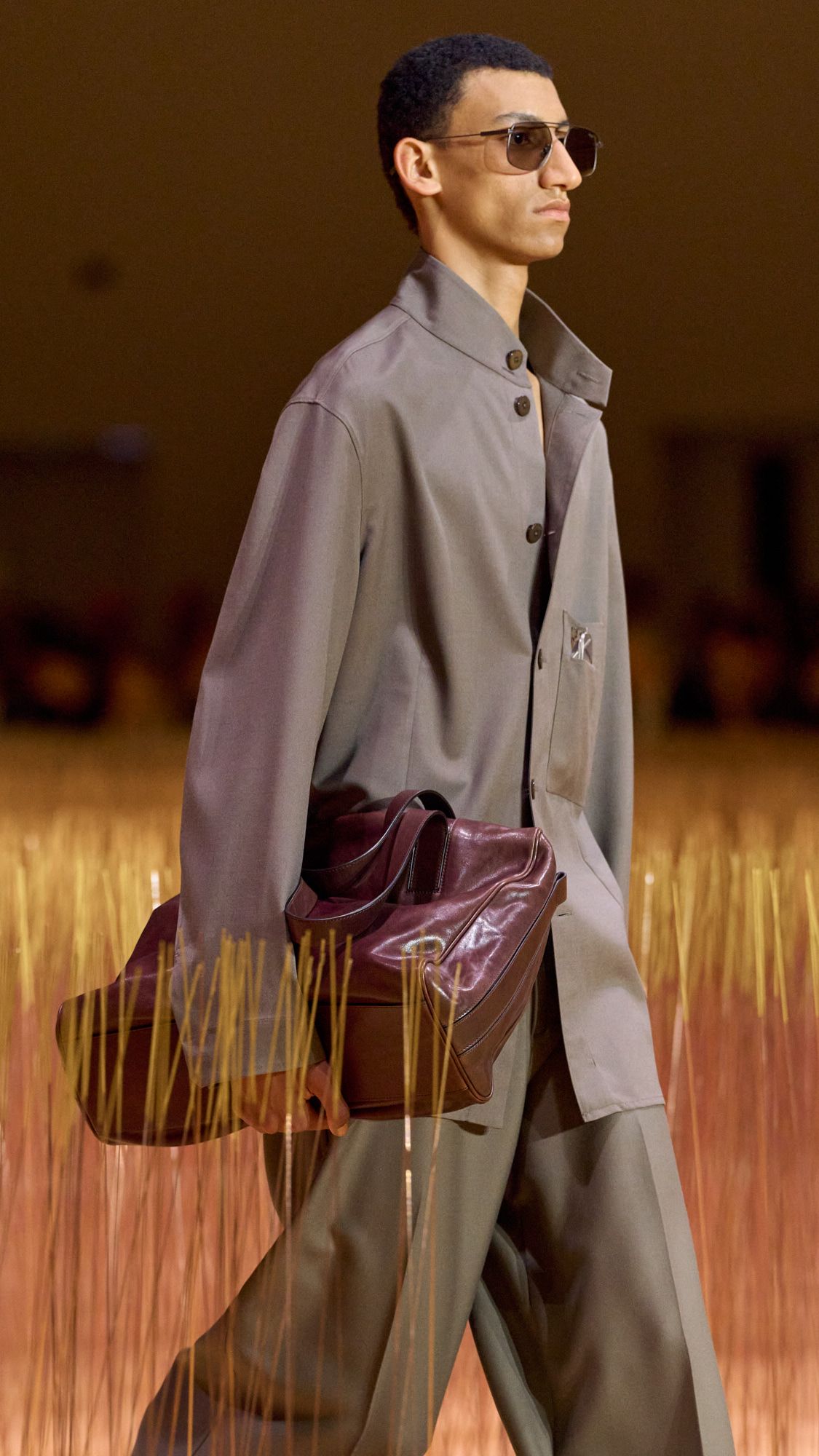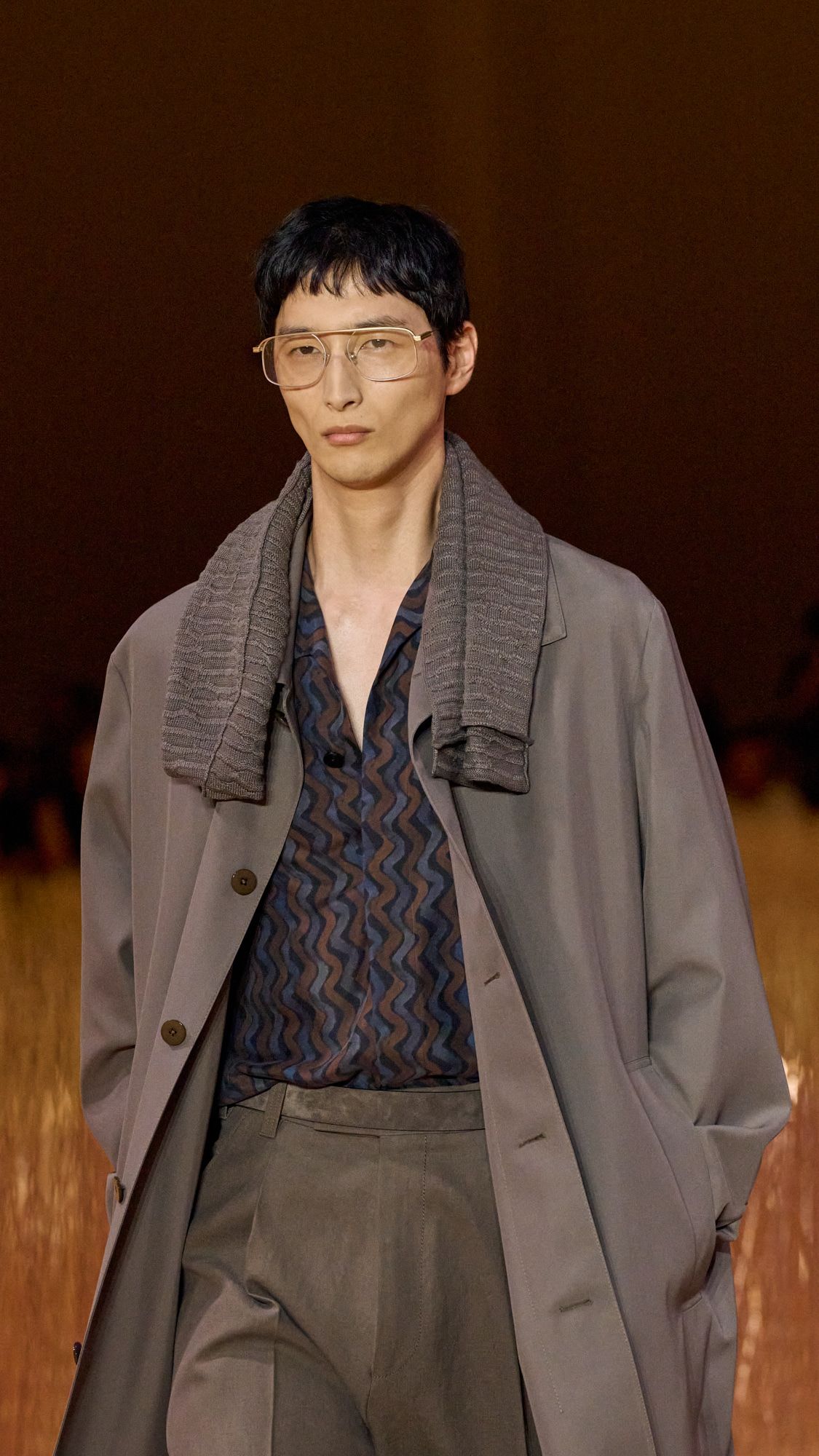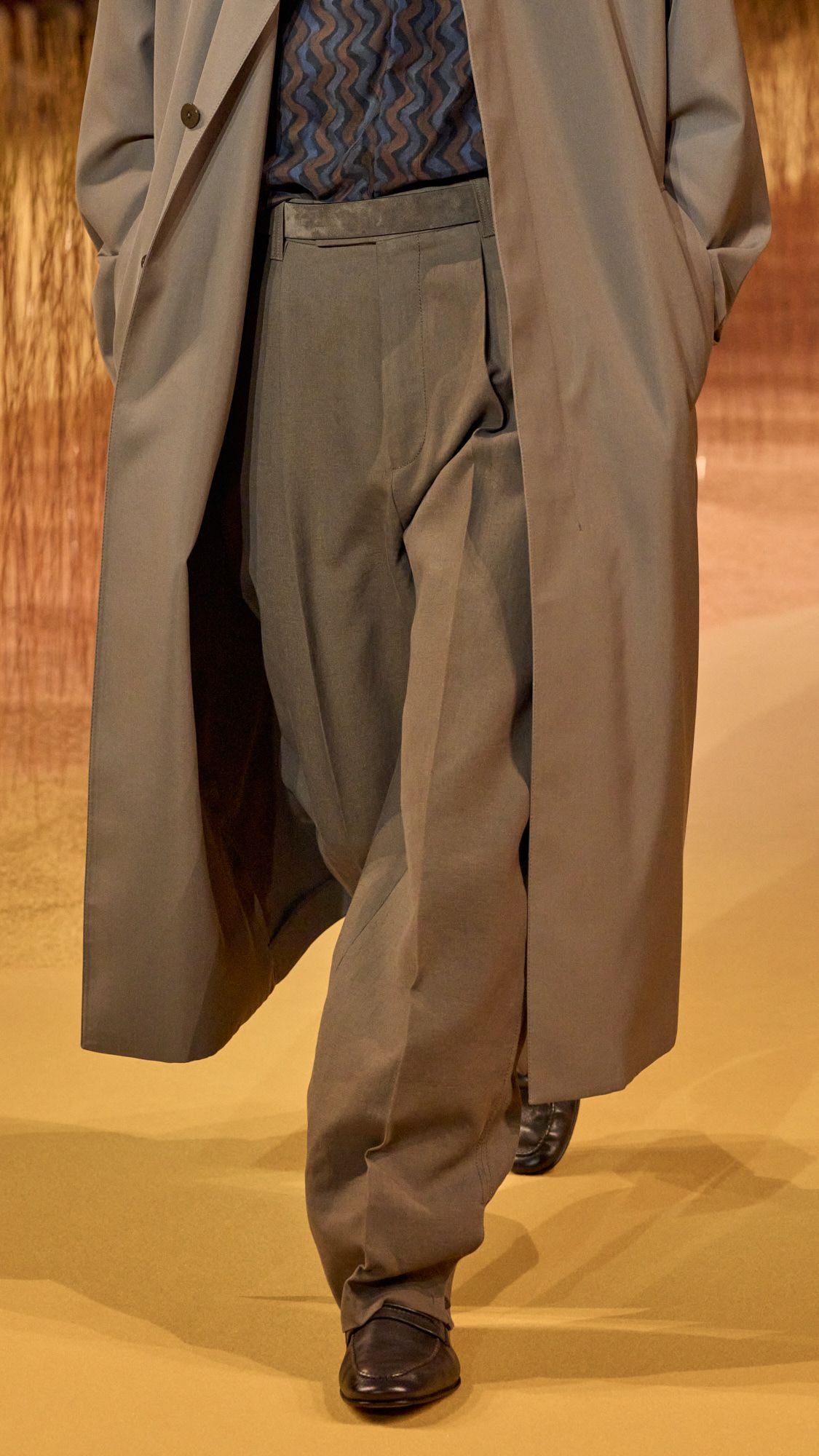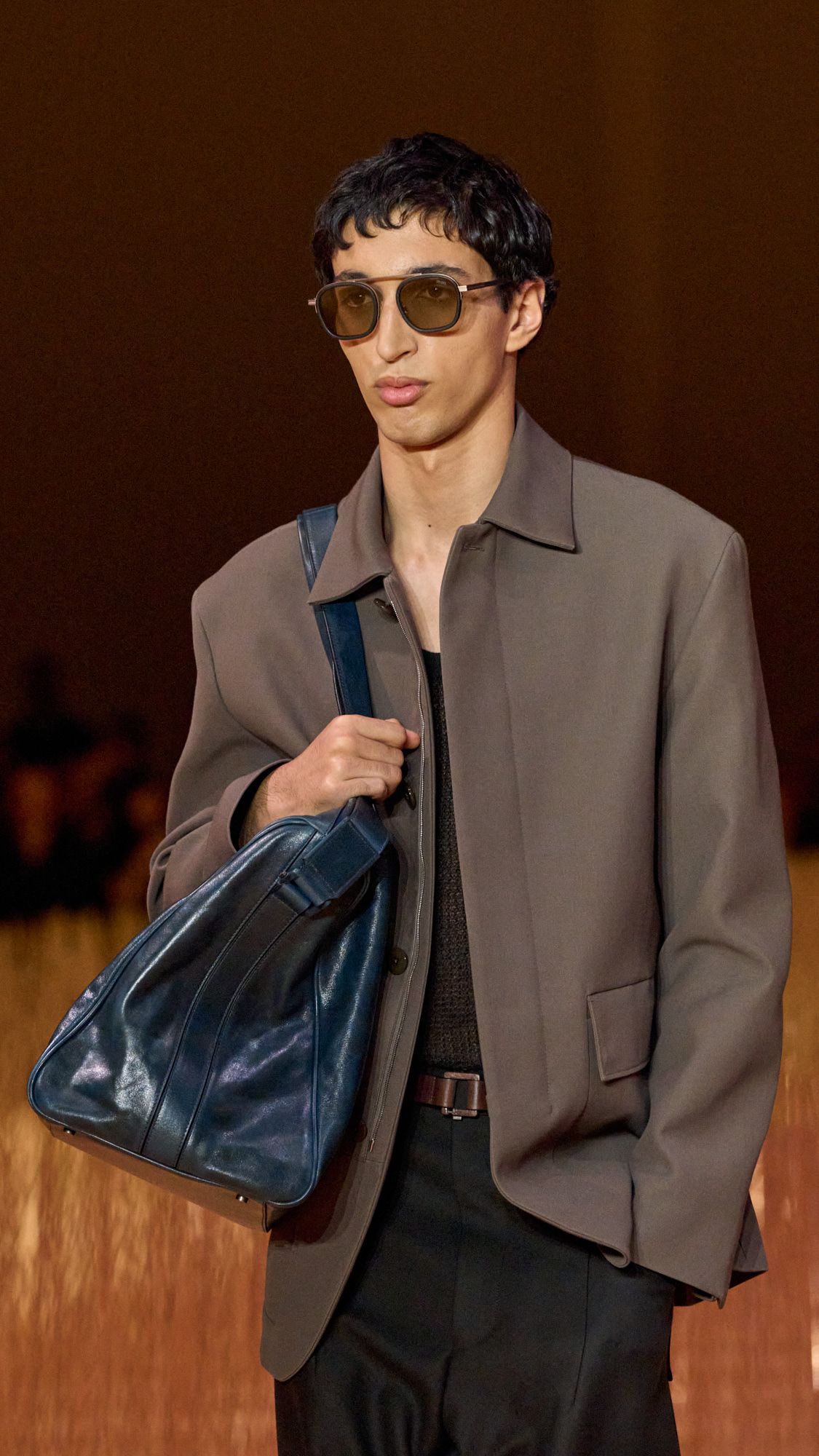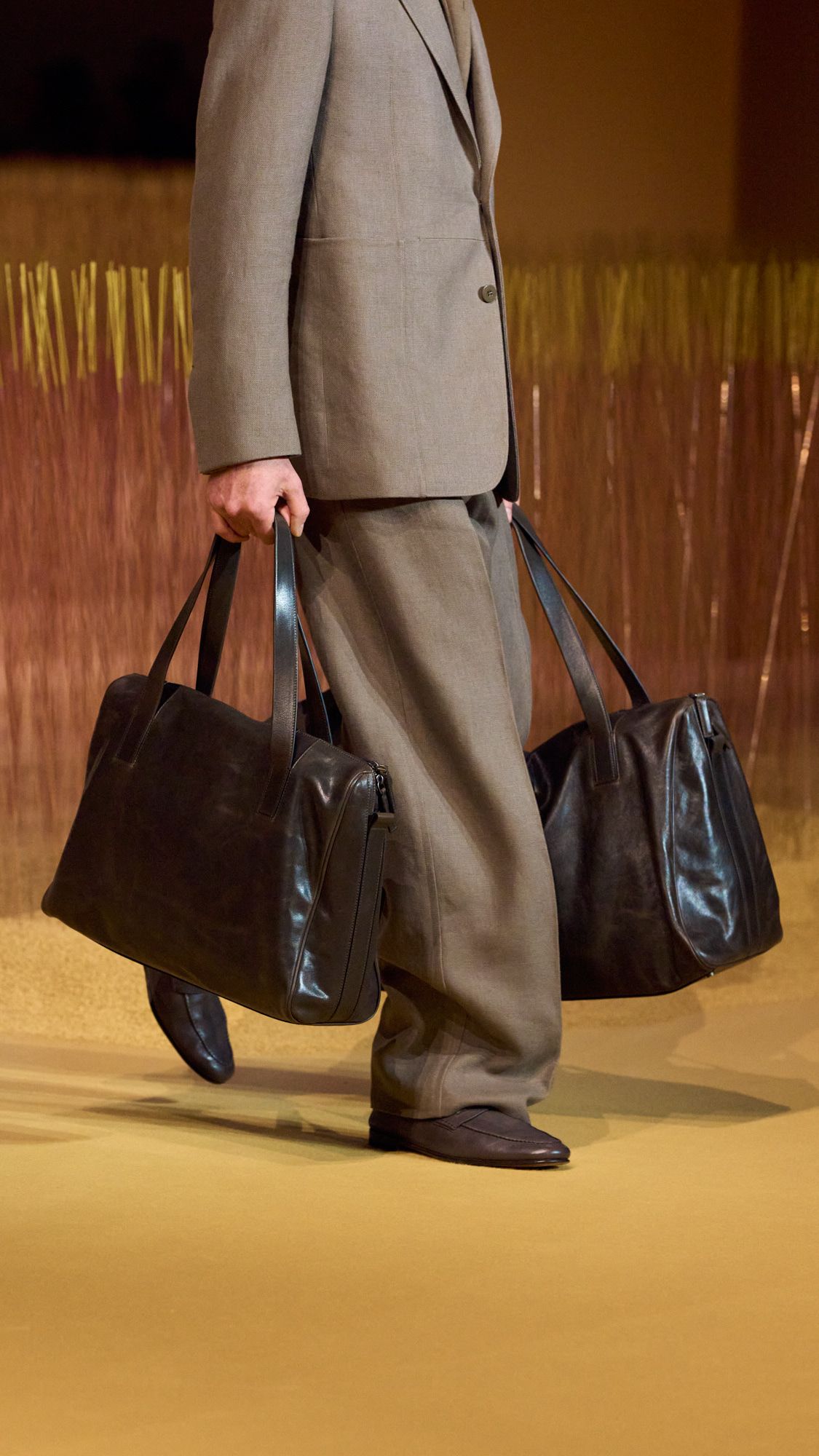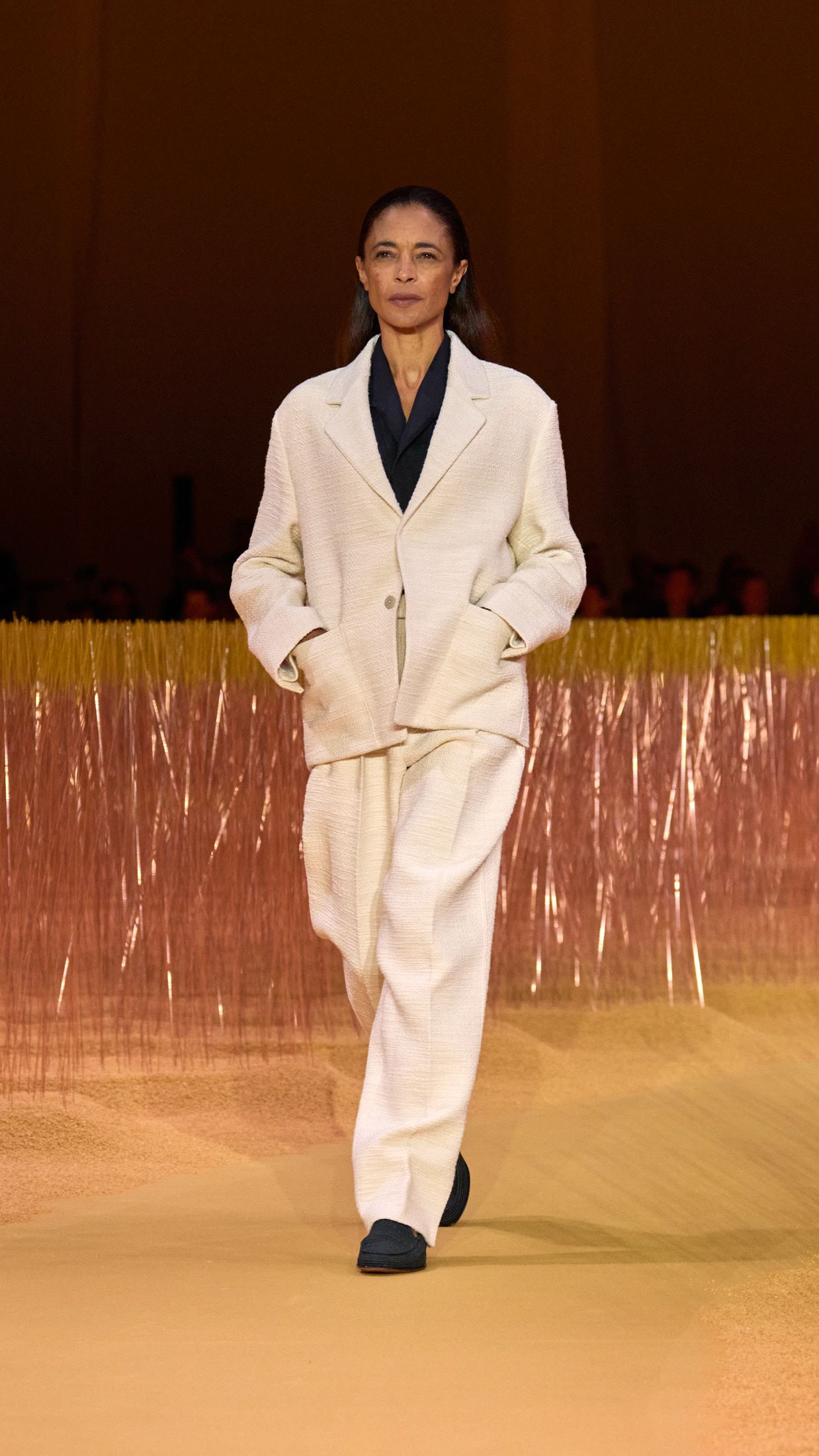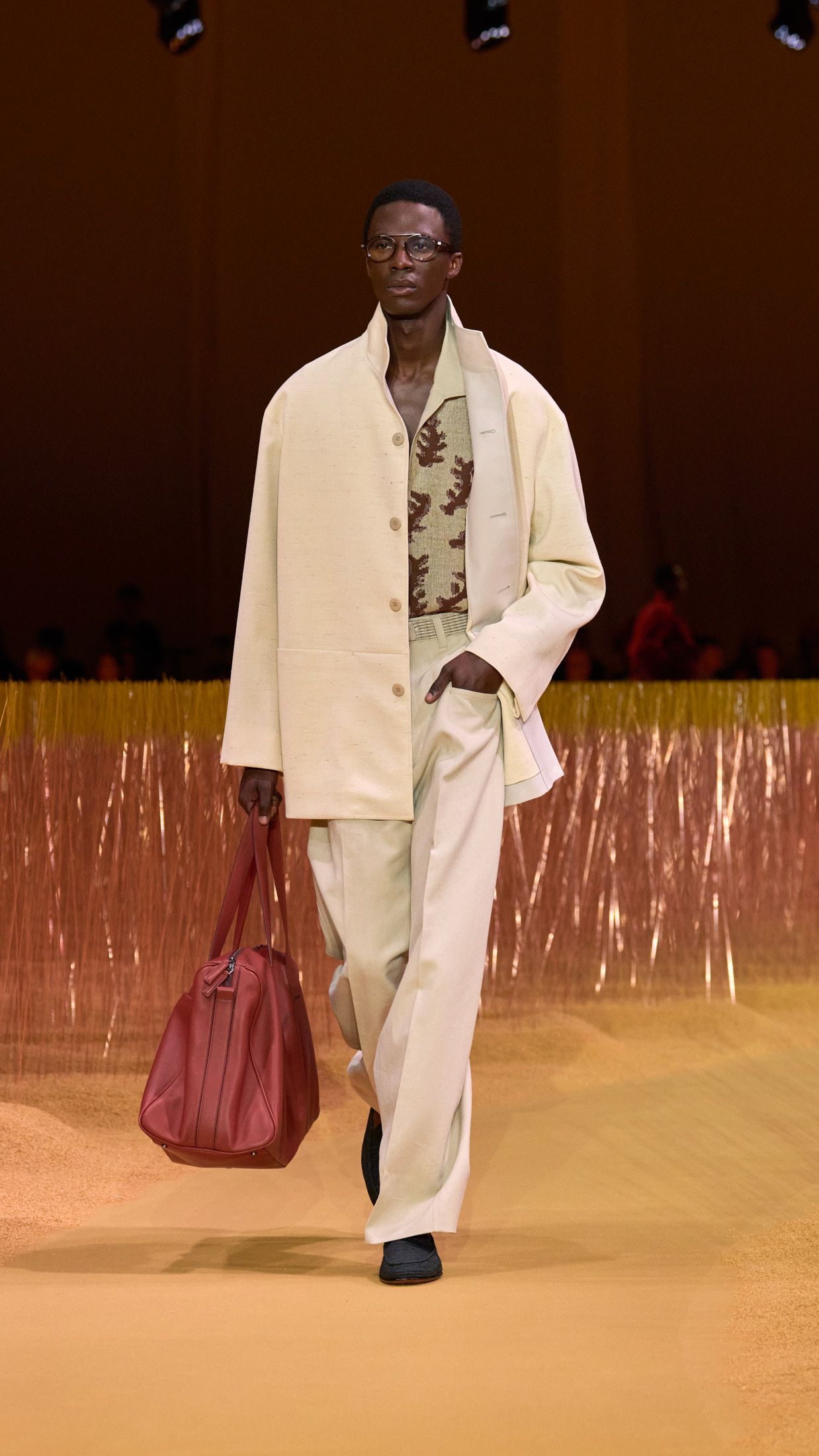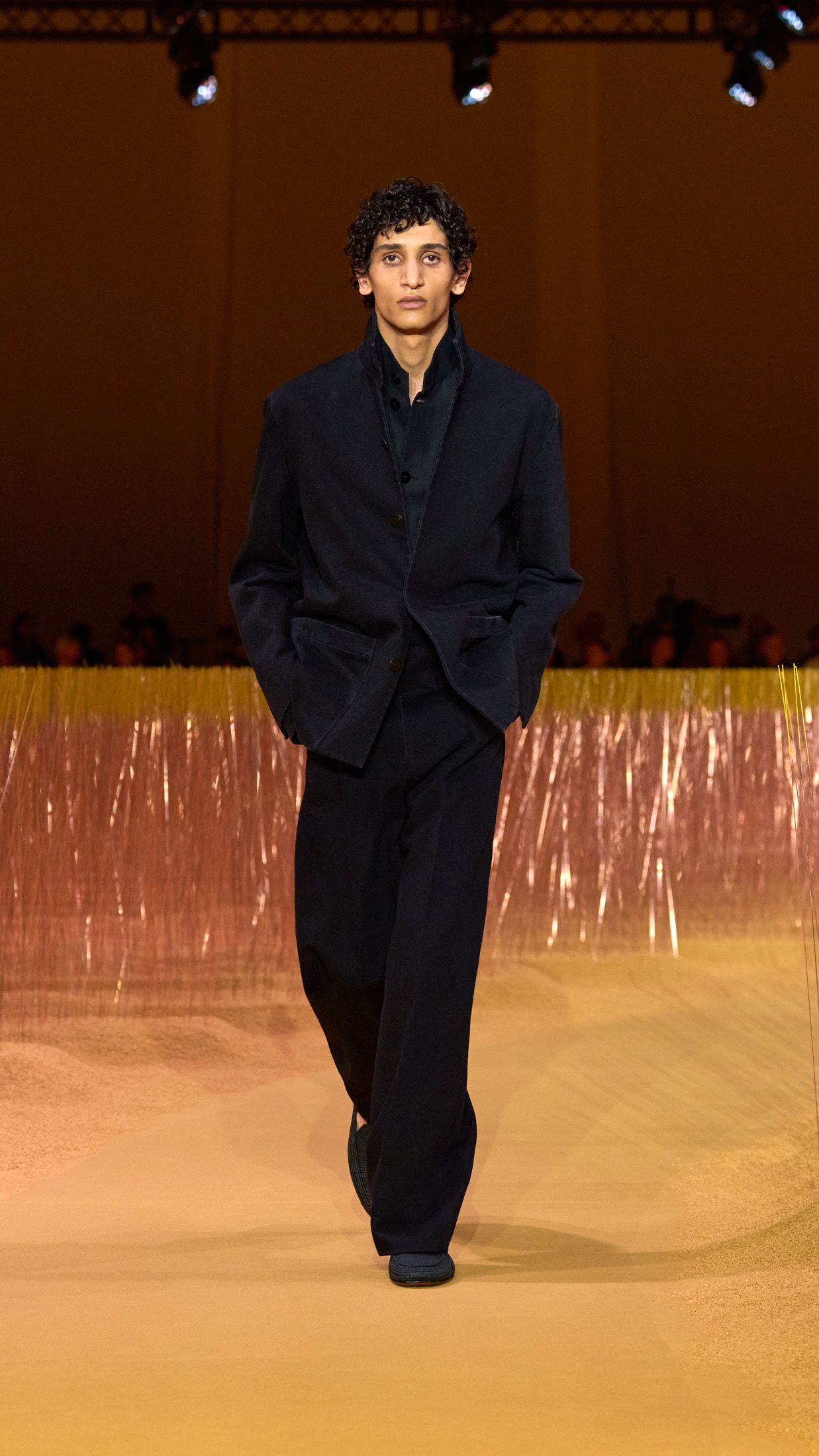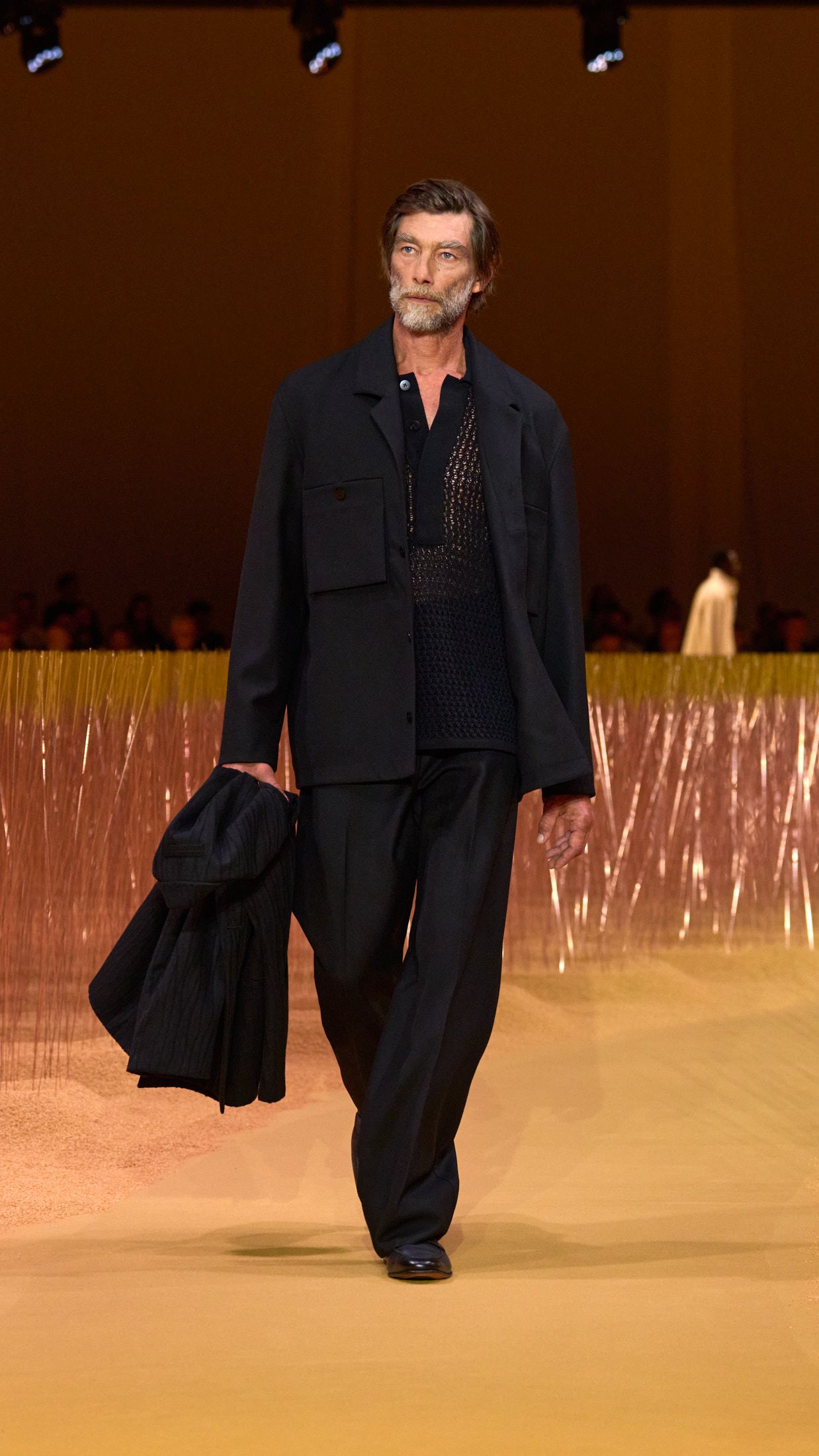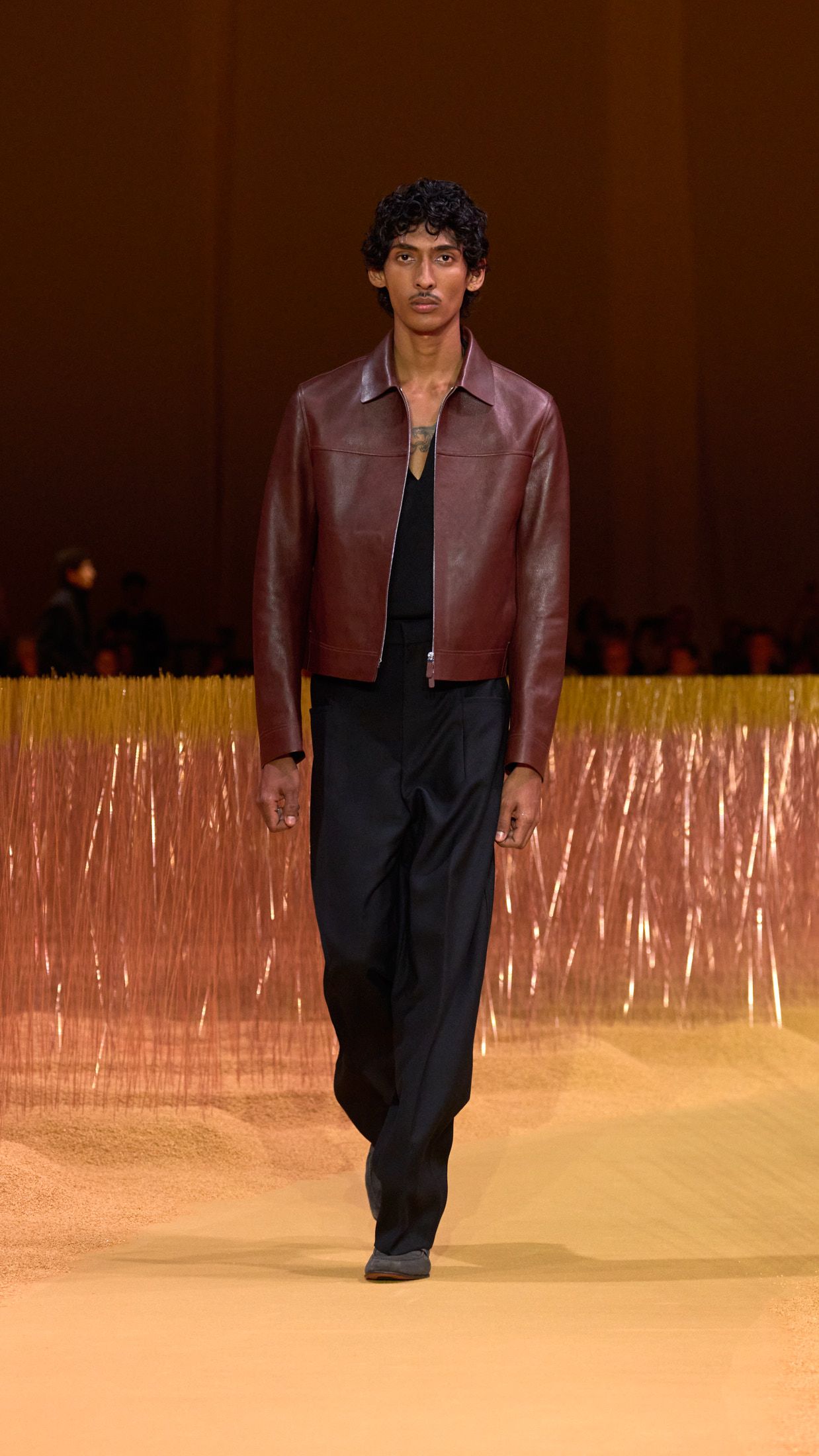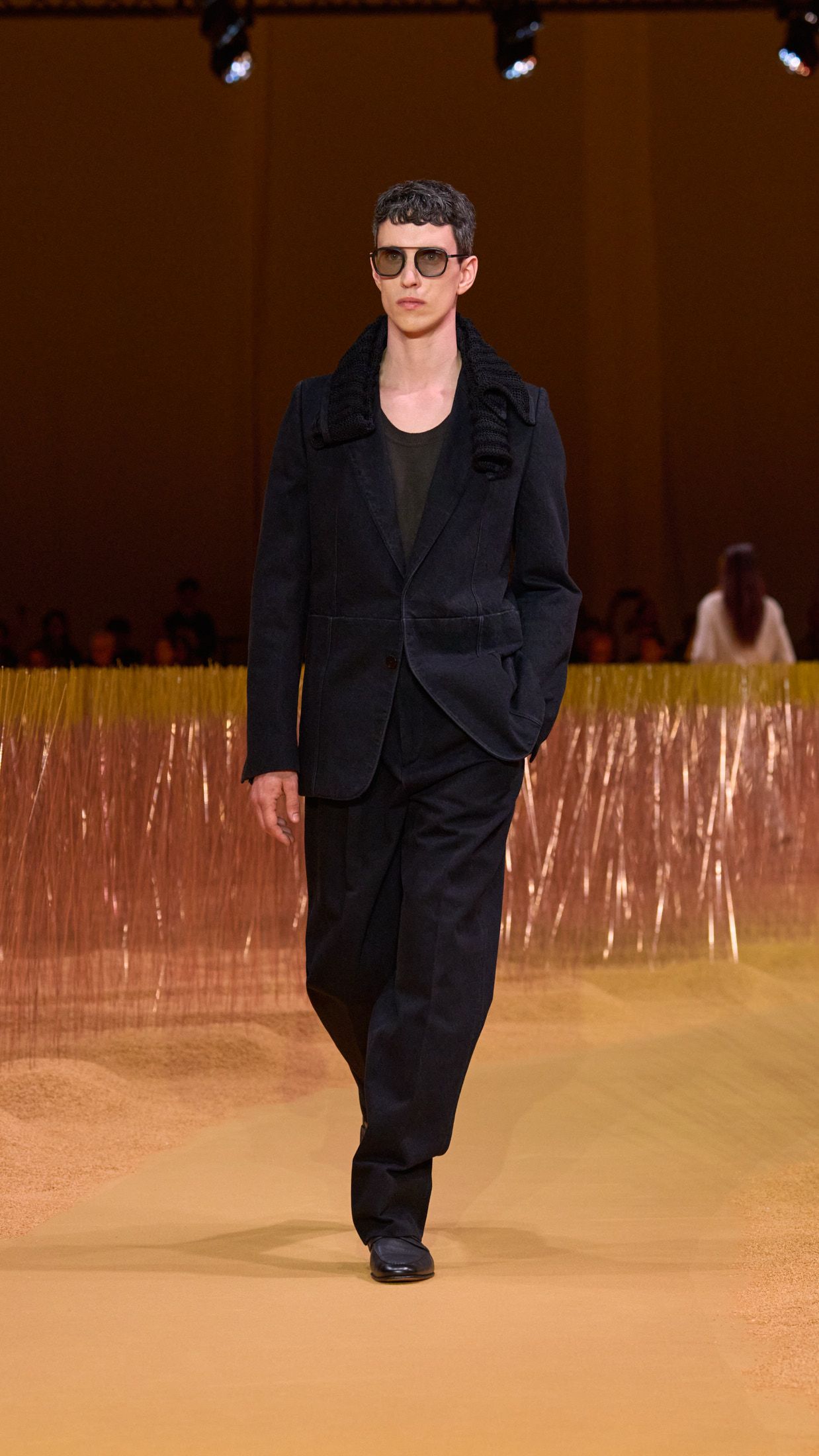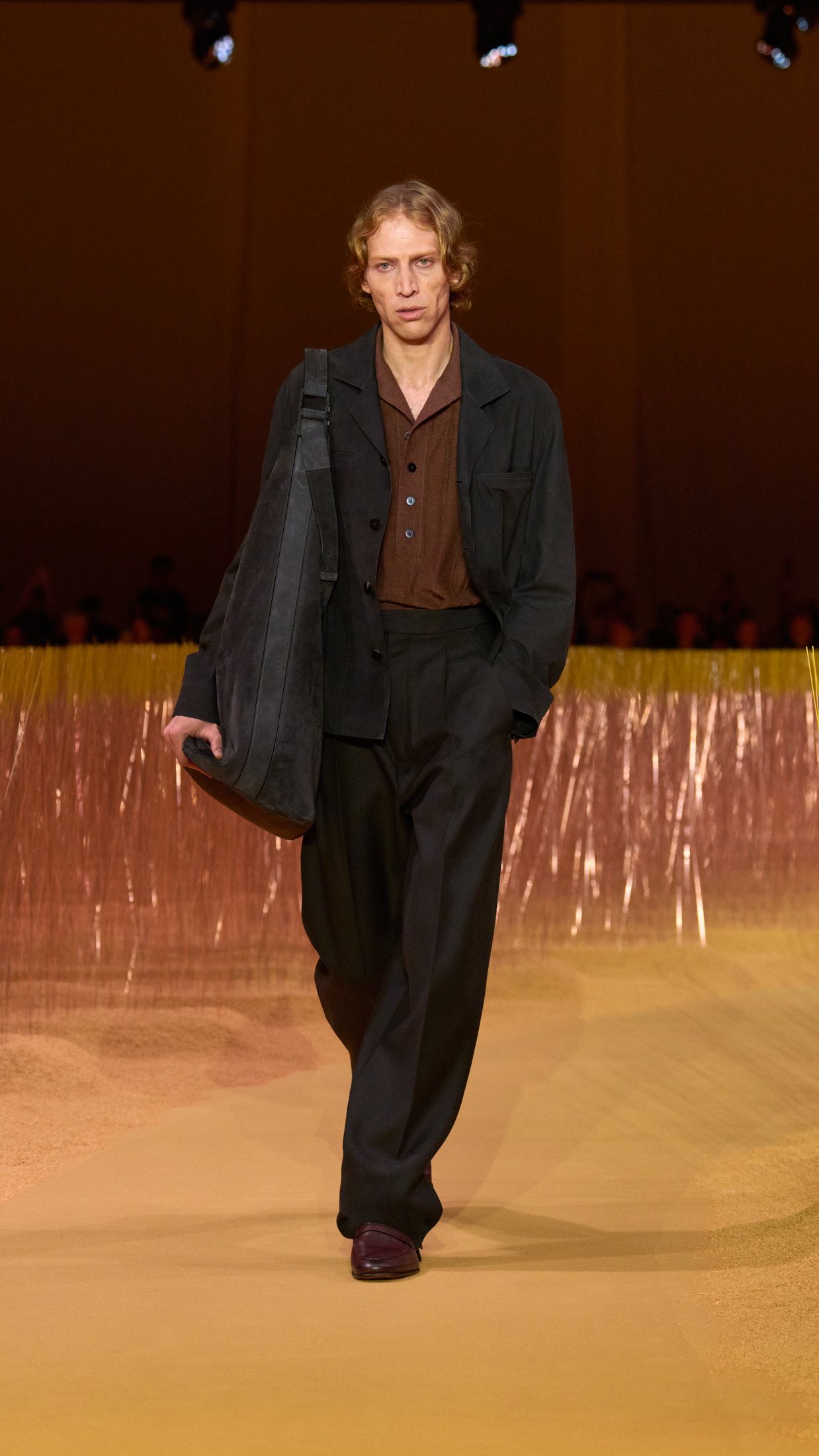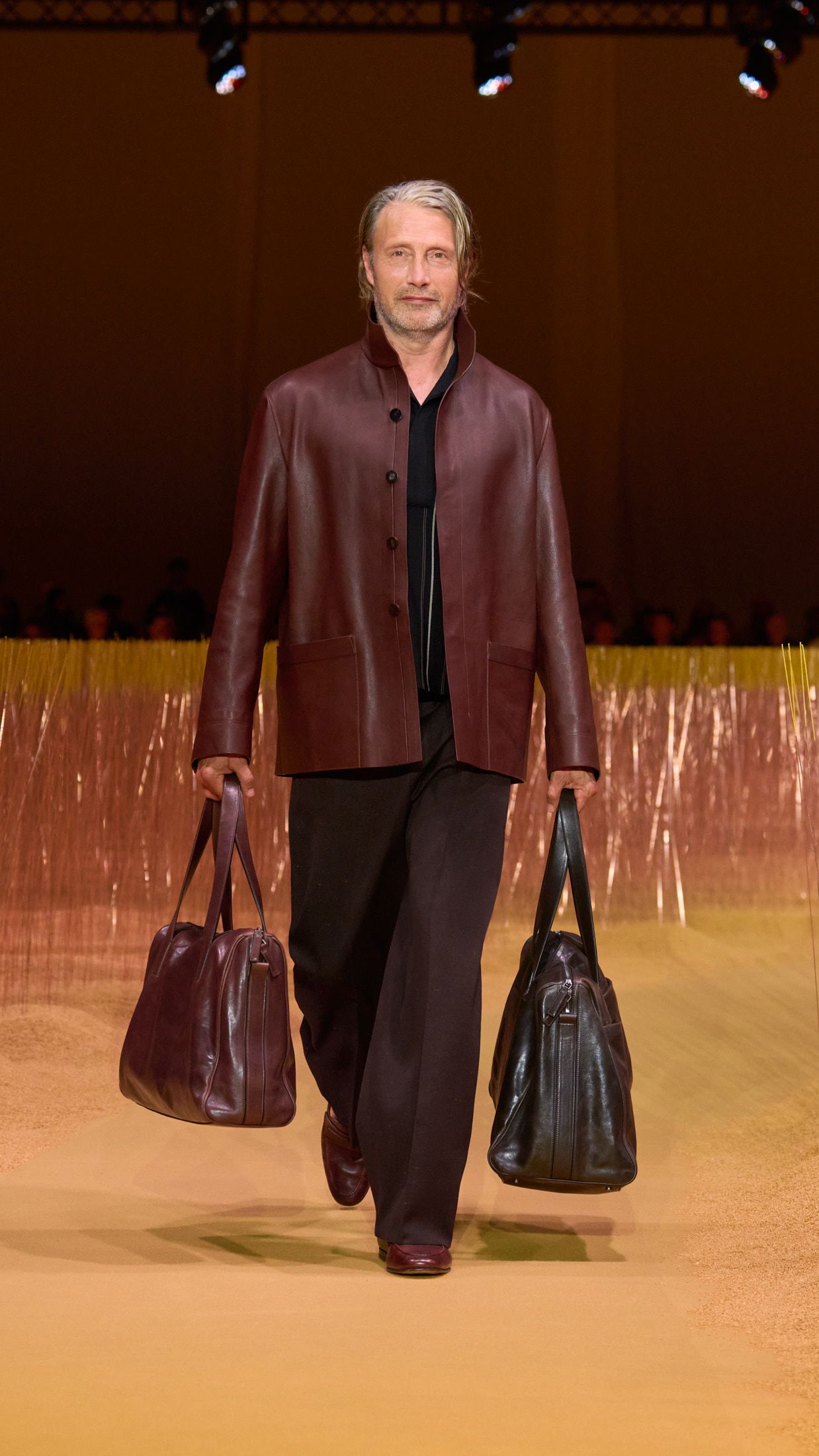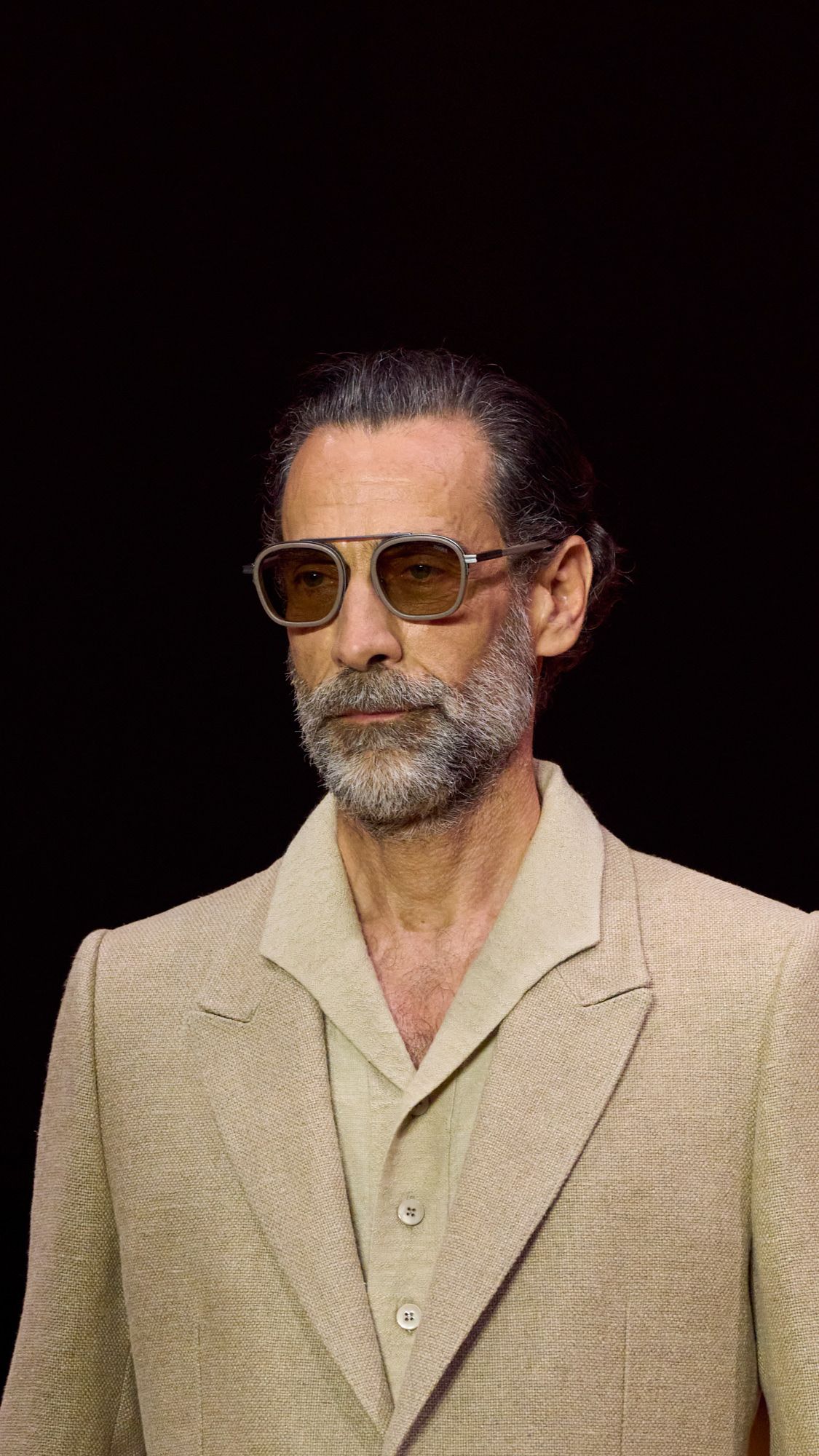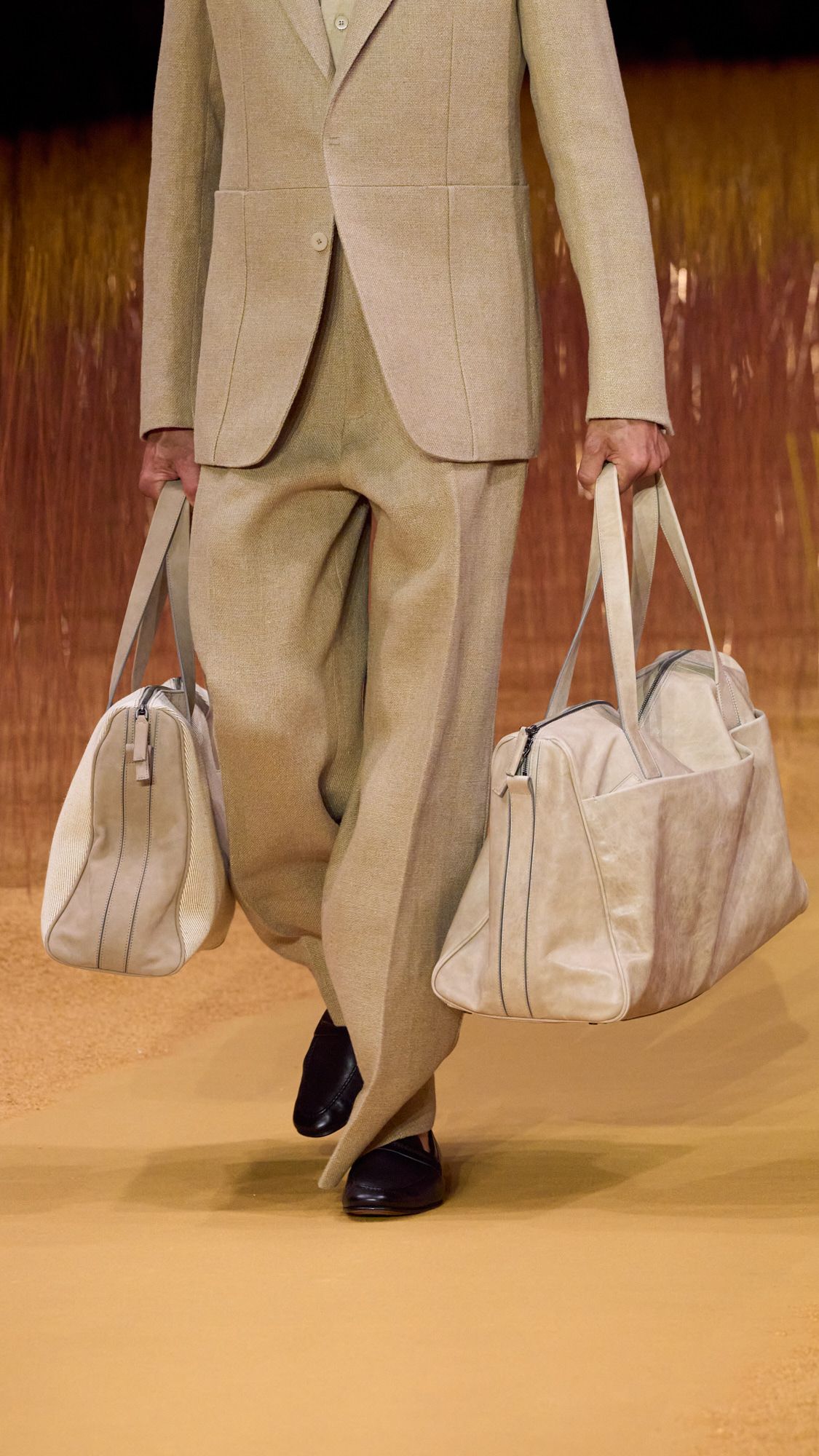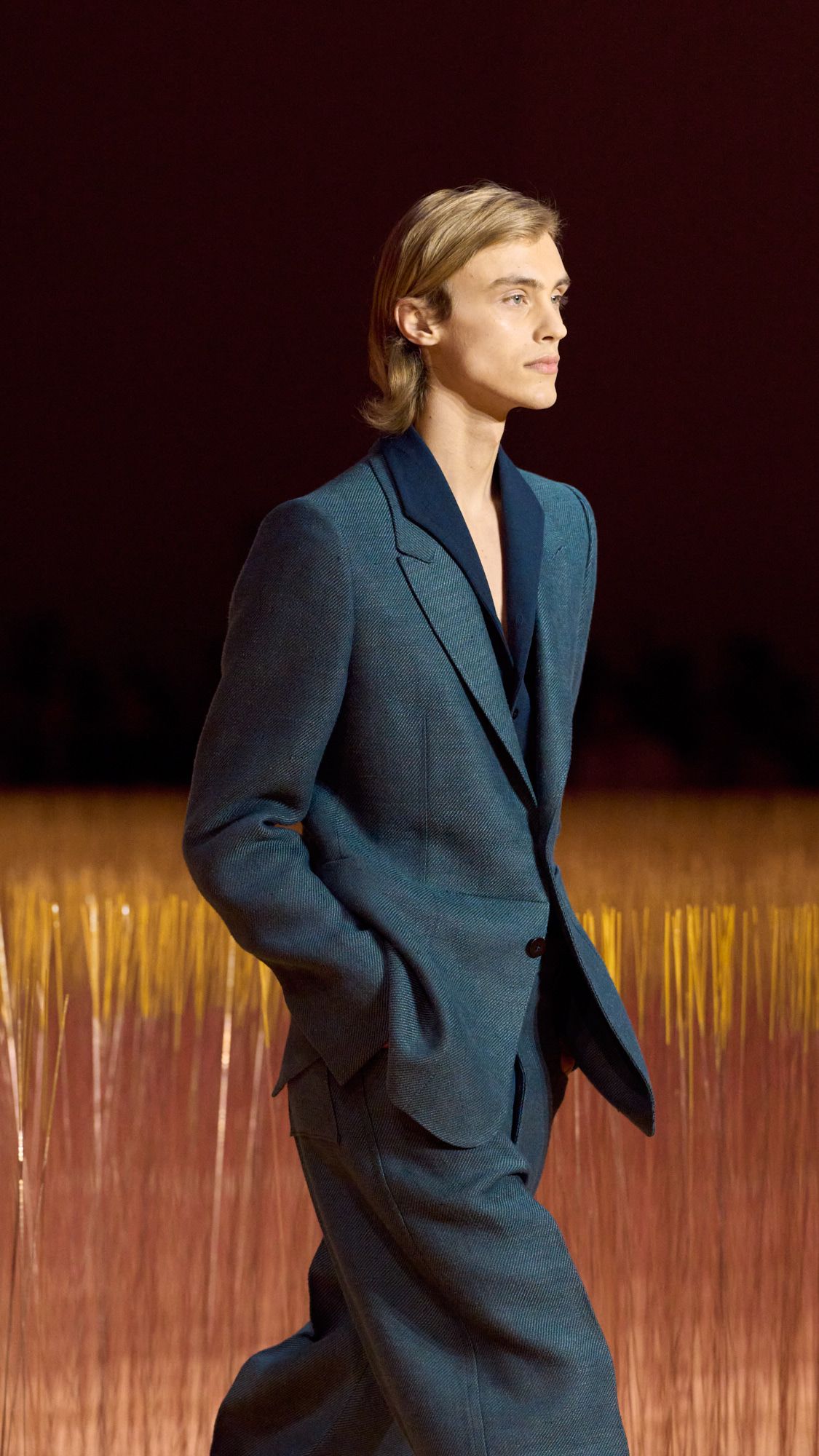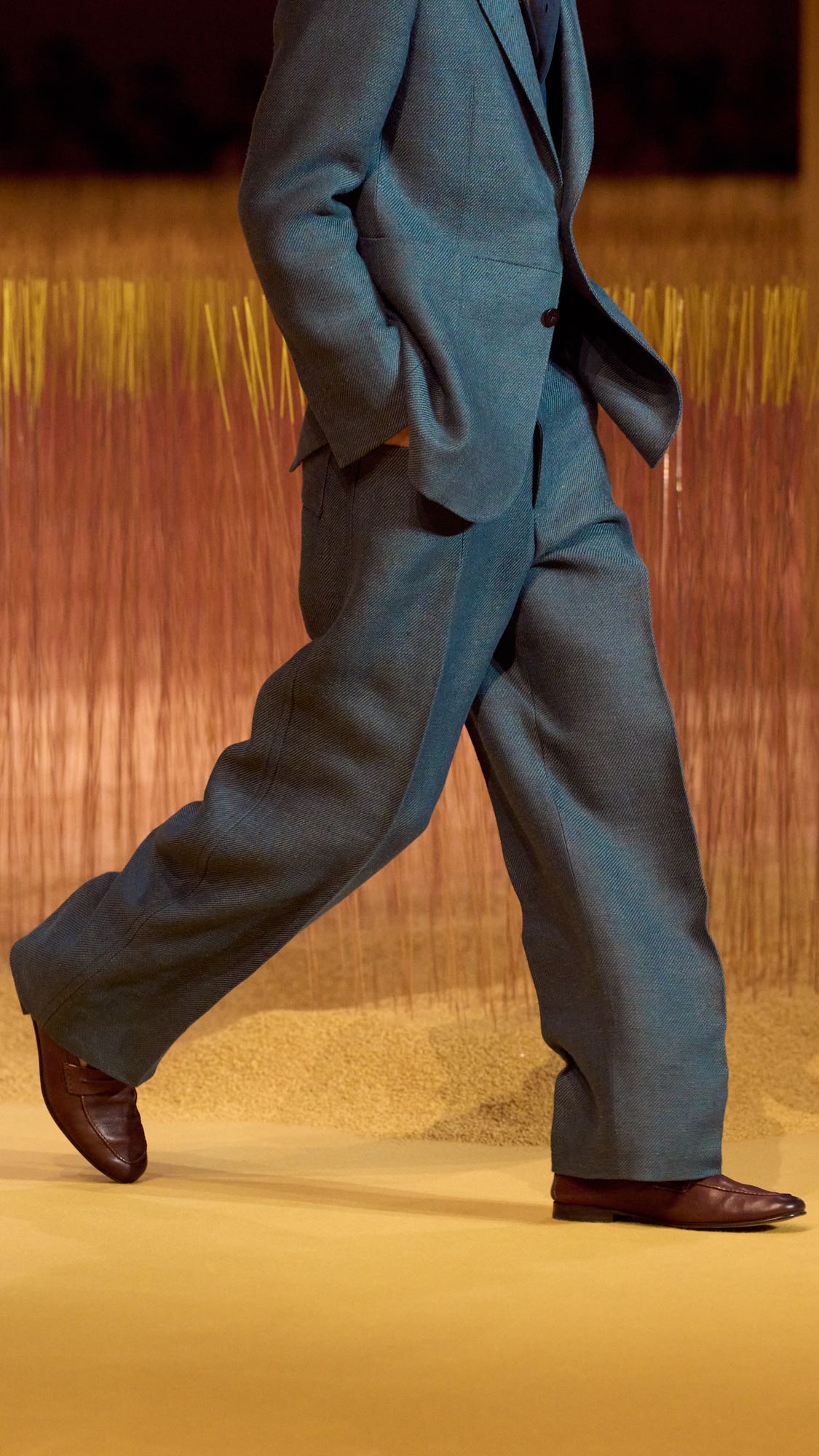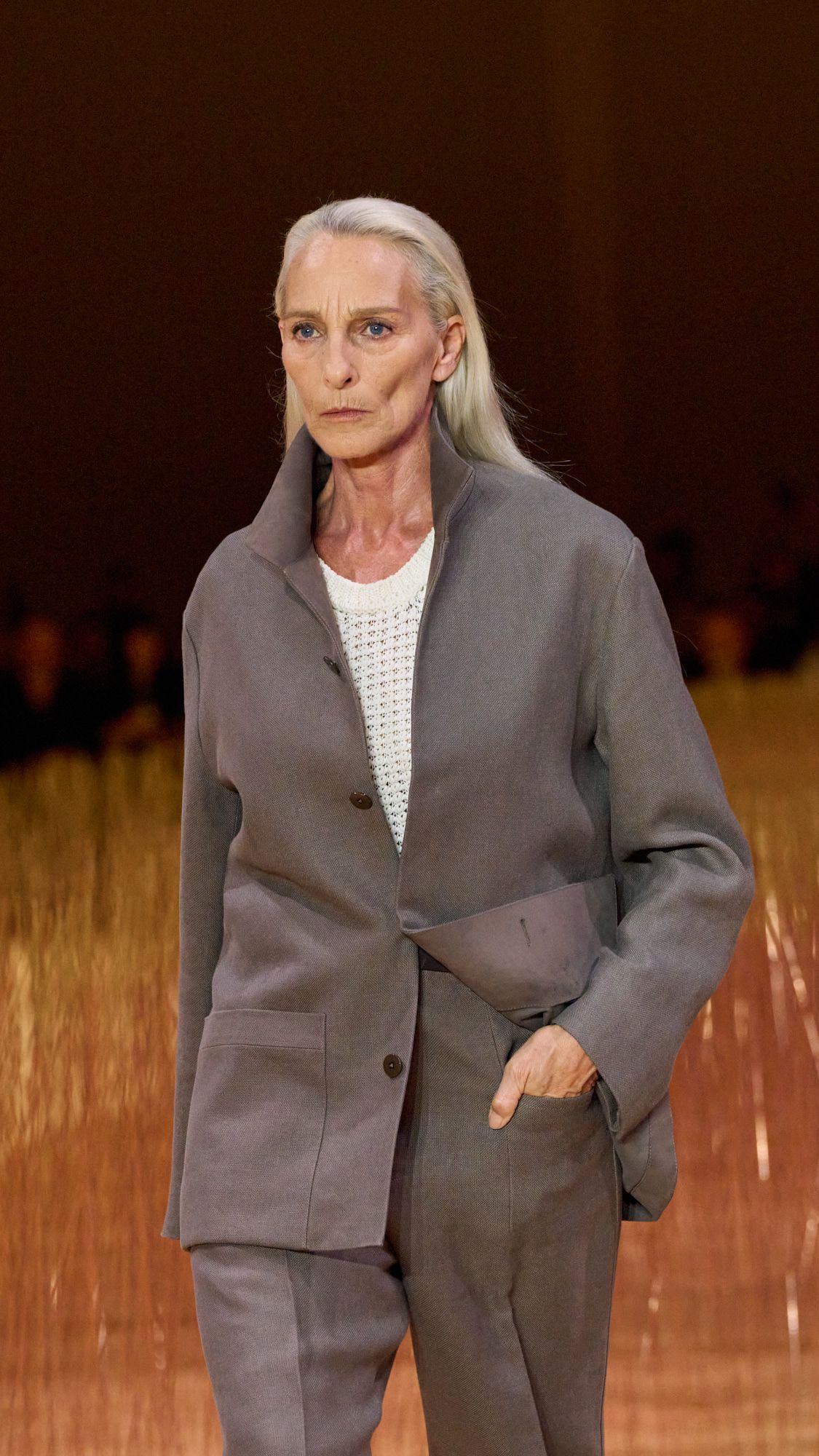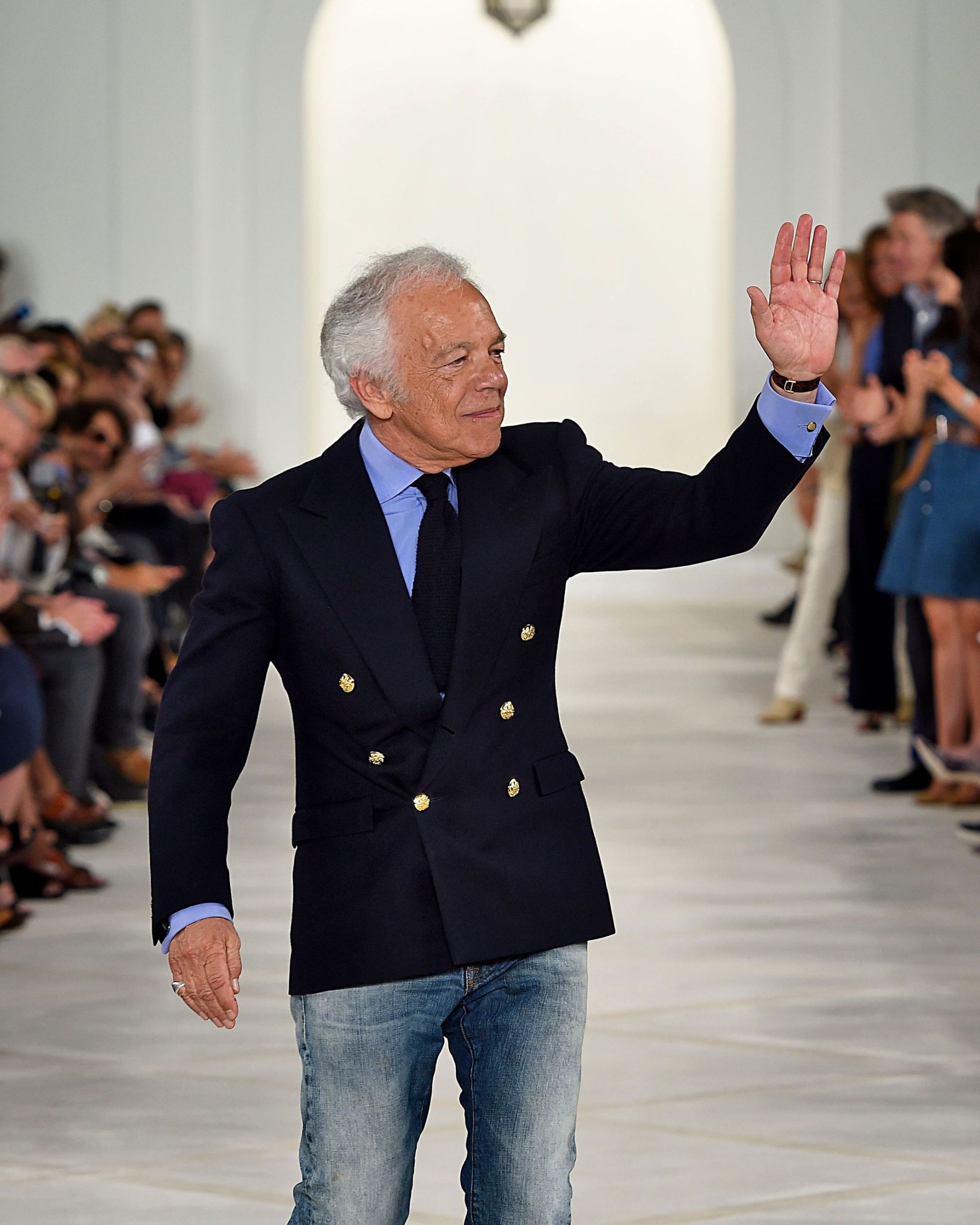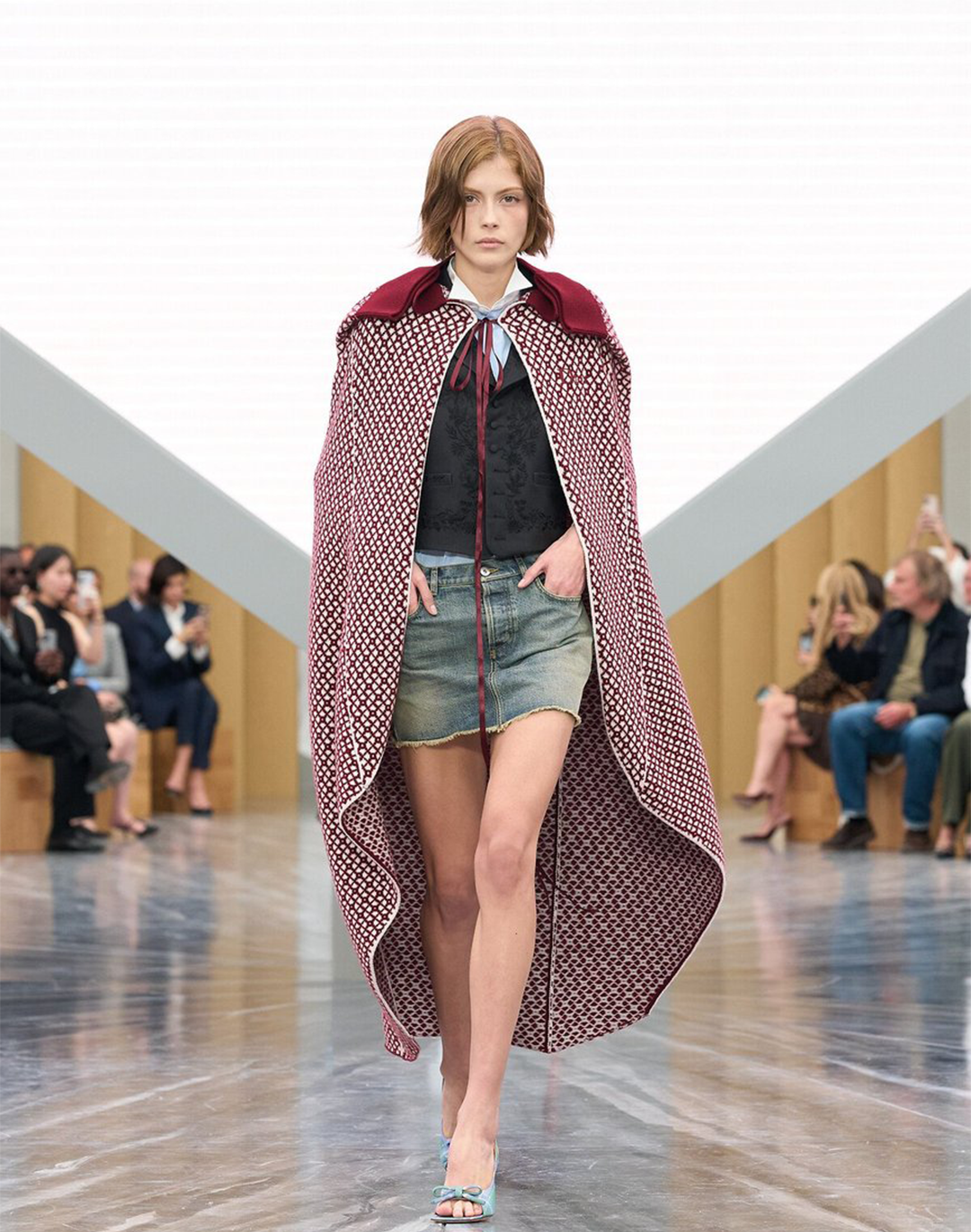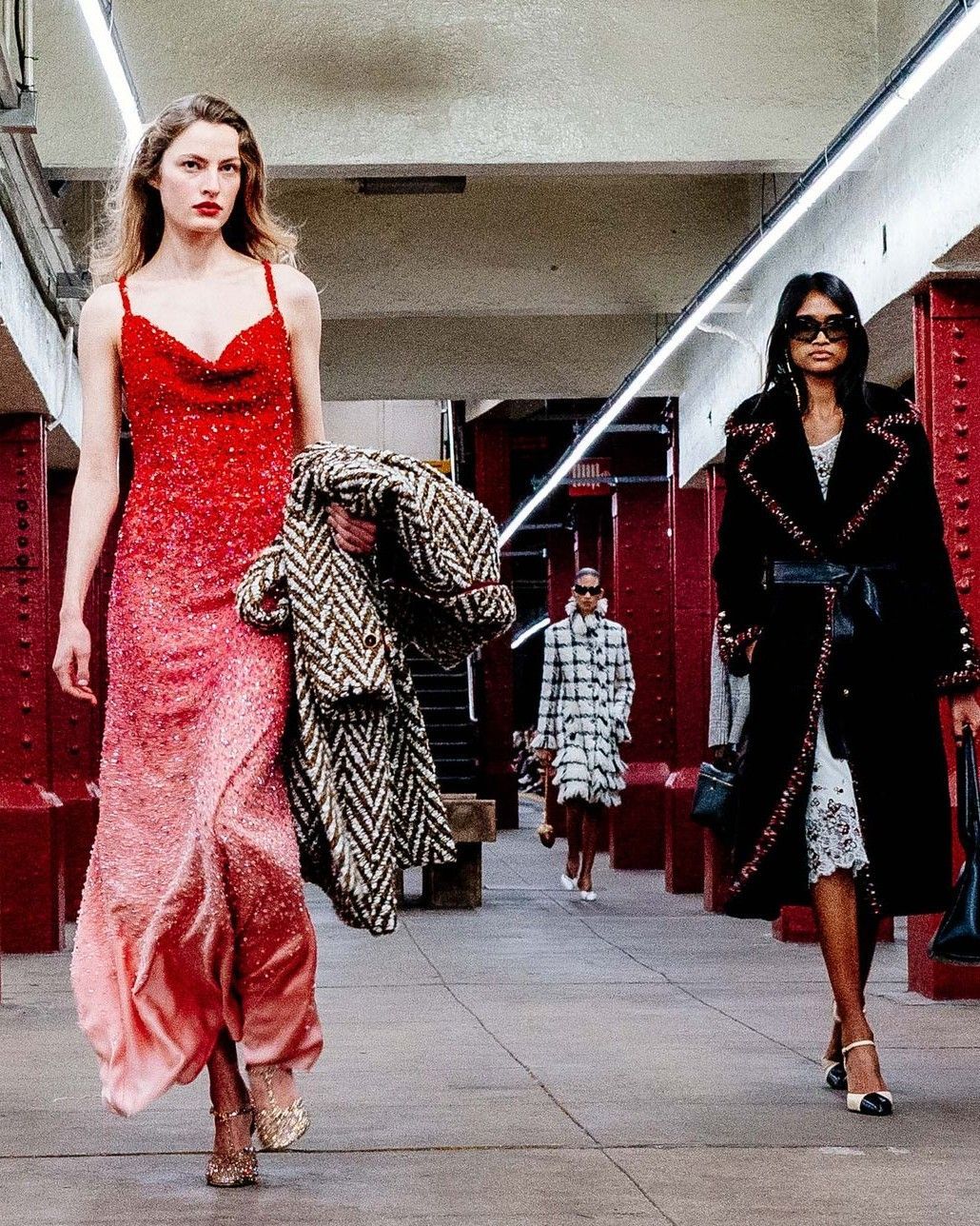
Under the sun of Zegna for summer SS25 For Alessandro Sartori, we are all different ears of the same field of flax
Zegna is menswear. A fundamental axiom in the decades leading up to the rebranding of recent years, when the Trivero wool mill produced yarns for decades and also menswear for a vast array of brands – but which for Alessandro Sartori has found a new meaning in recent years that have first seen the brand gain new momentum, commercially and creatively, with a rebrand that has inaugurated a new phase of life; and secondly, the idea of menswear has completely redefined itself establishing a new and updated vocabulary, unequivocally modern and current, yet always rooted in pragmatism rather than idealism. If recalibrating Zegna's proposal is now a completed process (the silhouette that today the brand proposes is immediately recognizable even in its classicism) with the SS25 collection, Sartori has focused on individuality, on the possibility of adapting the individual pieces he has defined or redefined in the last five years to the different personalities of the brand's clients. And clients were present on the catwalk, men of all ages, as well as some scattered feminine looks, precisely to represent how these components of a new ideal wardrobe could adapt to physiques different from the classic ones of models. And, if we add the last look worn by Mads Mikkelsen, now the very pleased official face of the brand, yesterday's runway show had one of the best castings seen at Milan Fashion Week.
But let's talk about the clothes. Sartori took the summer inspiration quite literally, with a wide array of warm colors like Sentiero yellow, Terracotta red, as well as deep and vibrant shades like Faggio or Castoro. A series of suits, wonderfully soft, seemed to have an almost woolly texture to the touch but were constructed in faded Japanese denim, then washed piece by piece, sewn, and washed again – a sublimated version, if you will, of the common pumice stone washing process and distressing that reflects the brand's commitment to transforming its materials into design protagonists. Staying on tailoring, practically every jacket had lower pockets whose bottom coincided with the jacket's hem, itself elongated – a detail that enhances fit but, in suede models, achieves the effect of making the pocket disappear within the jacket's seams. Overall, significant work was done on elongated proportions and the consequent placement of pockets, which were also lowered in trousers based on studies conducted by the brand's team on posture. Other details of linen and hemp jackets included internal leather inserts that define their structure by supporting the collar when worn open.
Elsewhere, especially on overshirts, an exquisite detail was an additional pocket beside the normal chest pocket designed to store folded glasses. Among linen and cotton blended tops, technical silk jackets that seem as compact as leather, jackets and shirts with deconstructed collars, short and long trousers in buttery suede, and pure silk crochet polo shirts with thick knits, the play of proportions and textures, both visually and tactilely, conveyed an idea of richness and sensory depth that truly corresponds to the wealth and depth of research conducted by the team. But the devil is in the details. The loafers seen on practically every look, seemingly very classic at first glance and also constructed in suede in various colors from the show's palette, were actually made only from leather and therefore could be folded in hand almost like gloves. The glasses were constructed without a bridge, with the two lenses held together by a lightweight arm that vaguely replicated the look of aviator models somewhat akin to the pince-nez of old. The bags, made of very soft leather, were instead crafted in a way to embrace signs of use and contact, gradually returning to their original hues.
Beyond the work on color and texture that is already visible from the runway, the beauty of Zegna's garments lies in literally sticking your hands inside to feel and perceive all the different details. And even though the craftsmanship and constructions are extremely complex, explanations of which can easily delve into pure technicalities, the updates that bring classics of the wardrobe, while still making them recognizable, are simple to grasp and immediately appreciated. The modernity that the brand is building, obviously backed by the power of the Zegna family's manufacturing and textile prowess, which is practically unparalleled in the industry, is not so much a sterile quest for novelty but an exploration of the current needs of tailoring and those who wear it. There's no real space for outdated notions or traditional rigidity, nor is tradition at Zegna a dilemma to be circumvented, justified, or surpassed – it's rather a path to follow, a journey to be traversed in the most efficient manner but allowing for detours, adaptations, and pushing the brand, season after season, one step ahead.










































